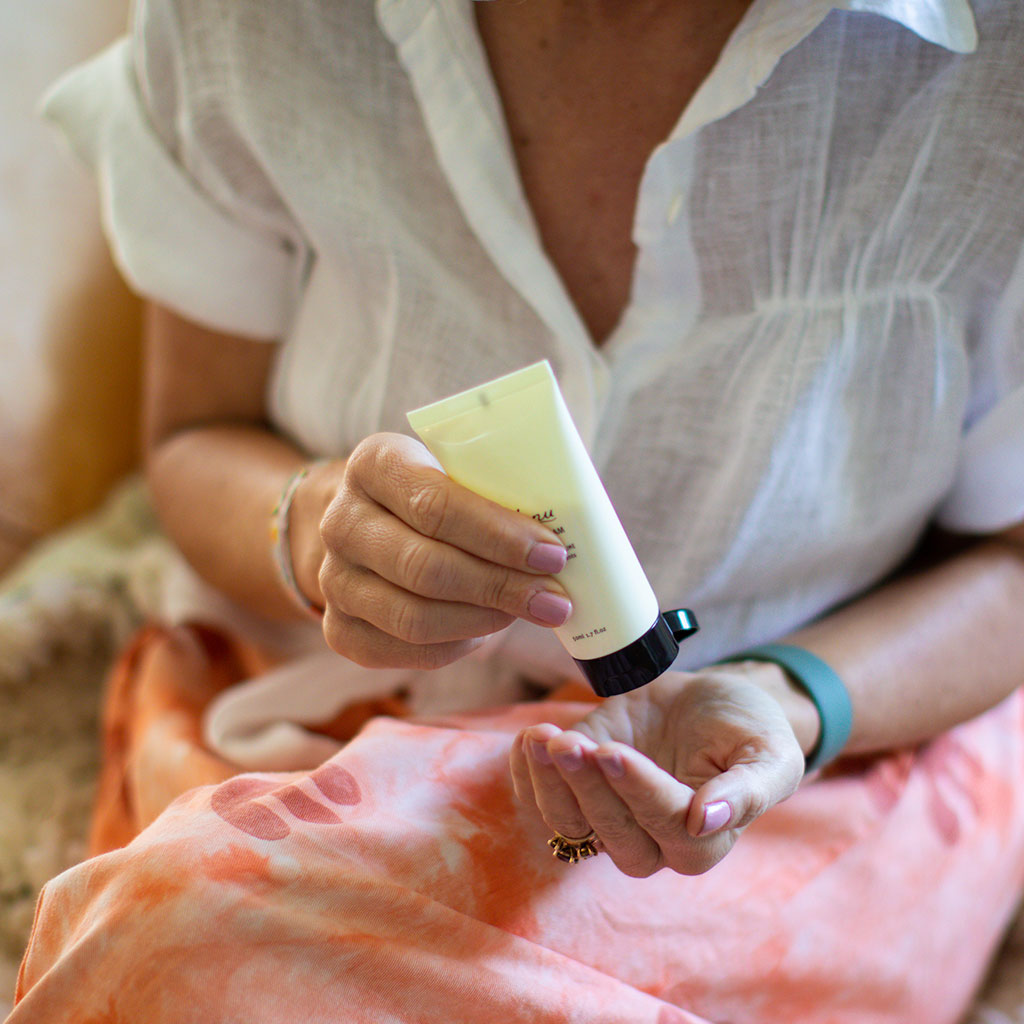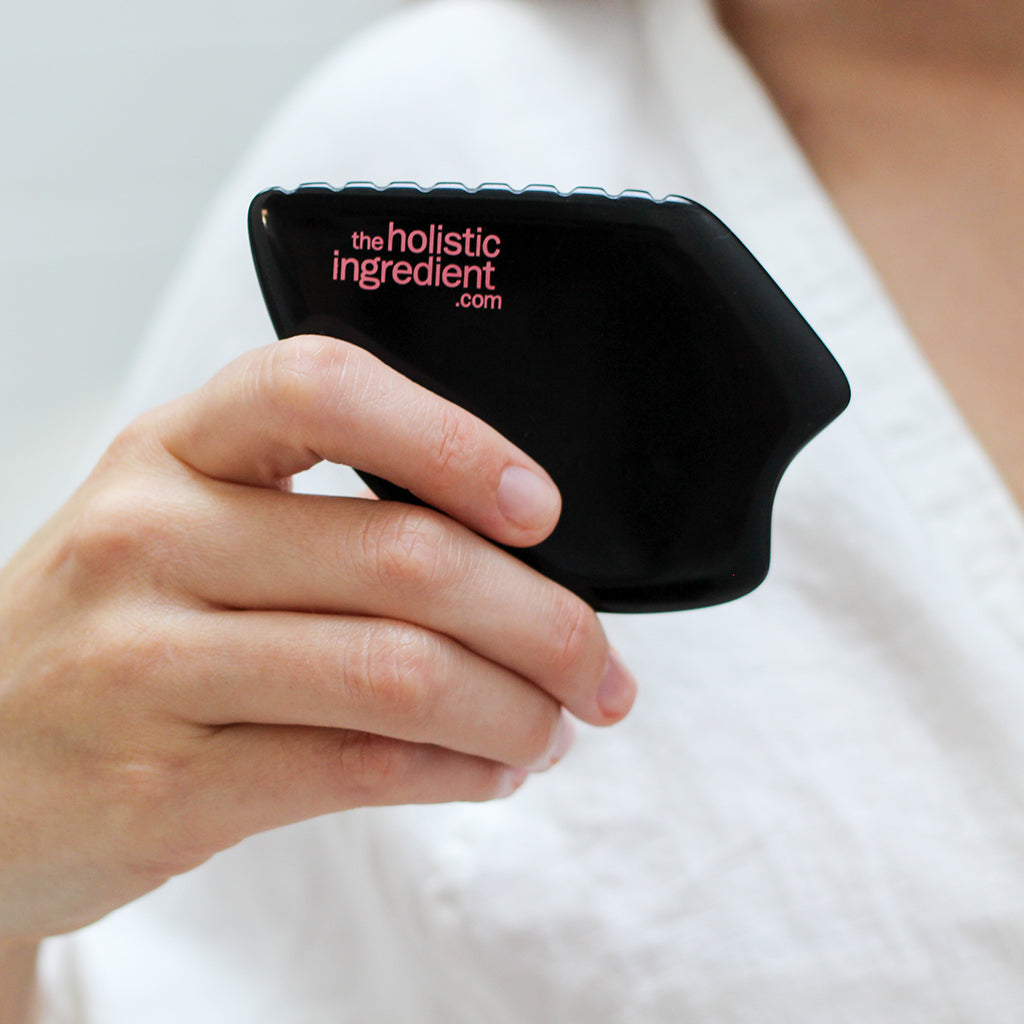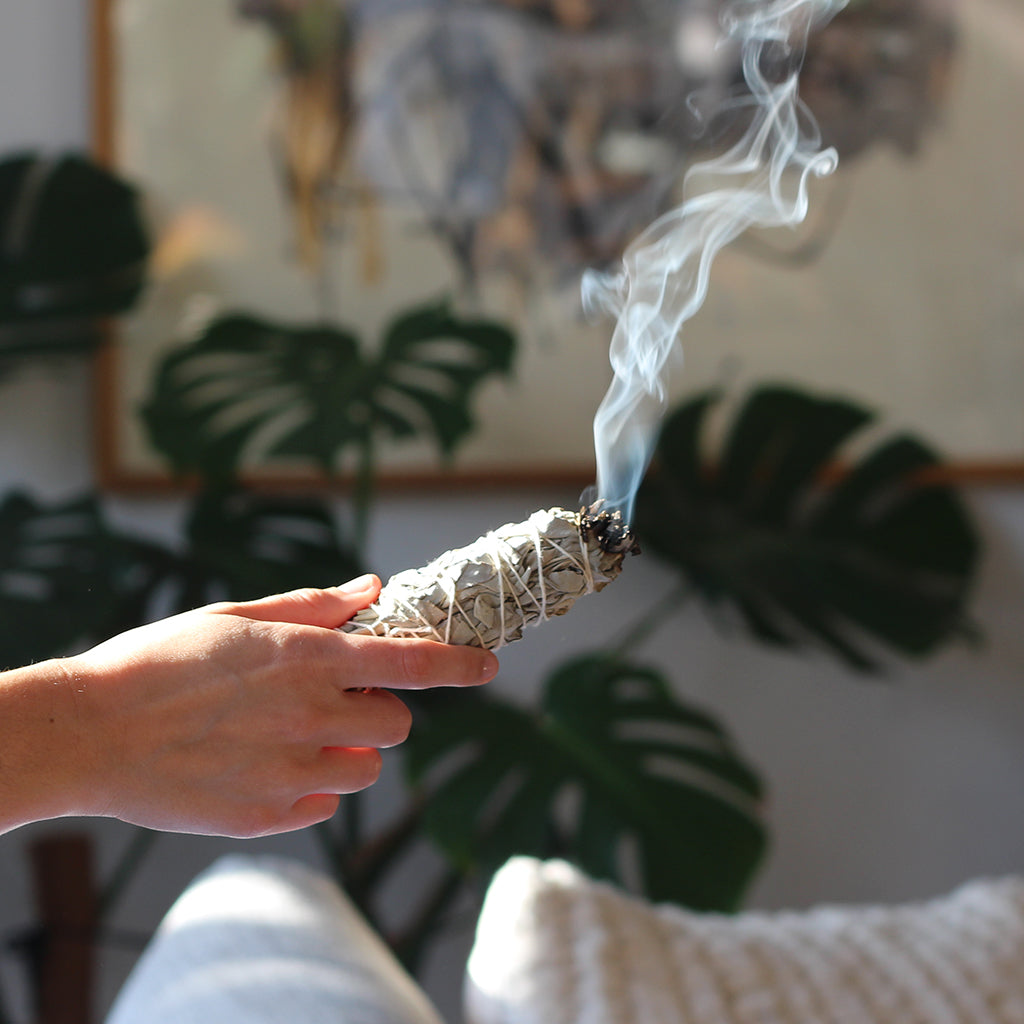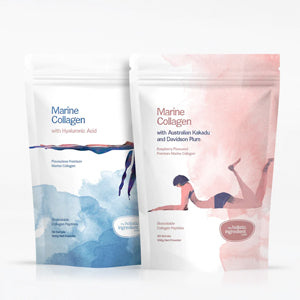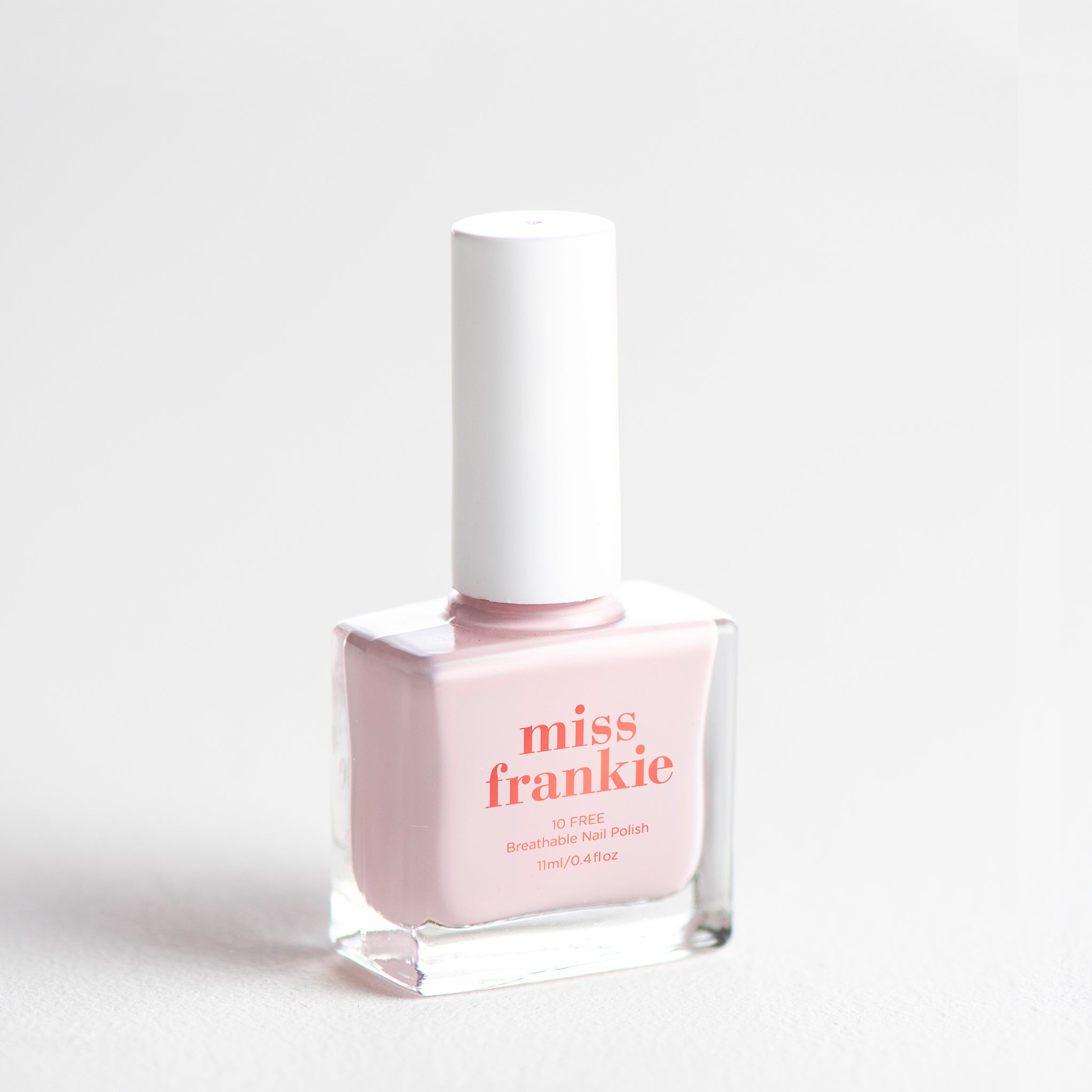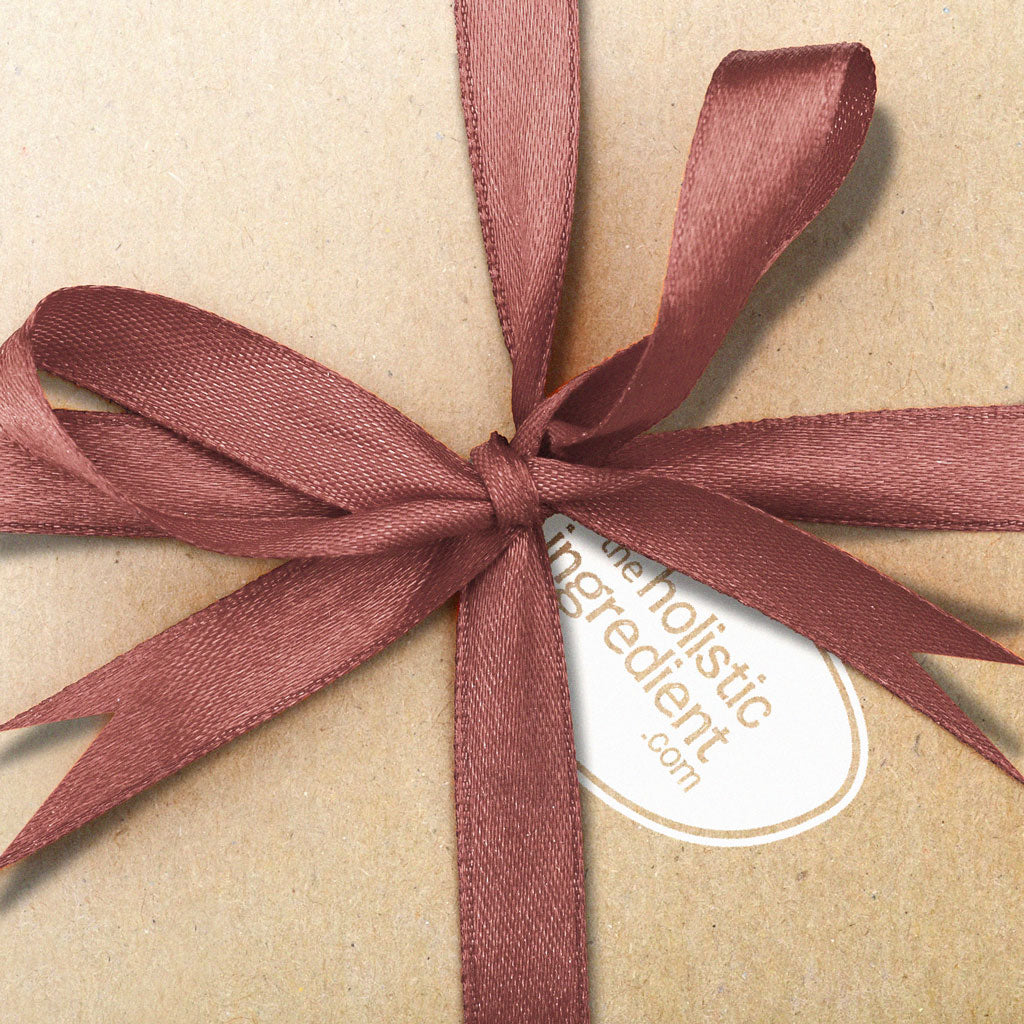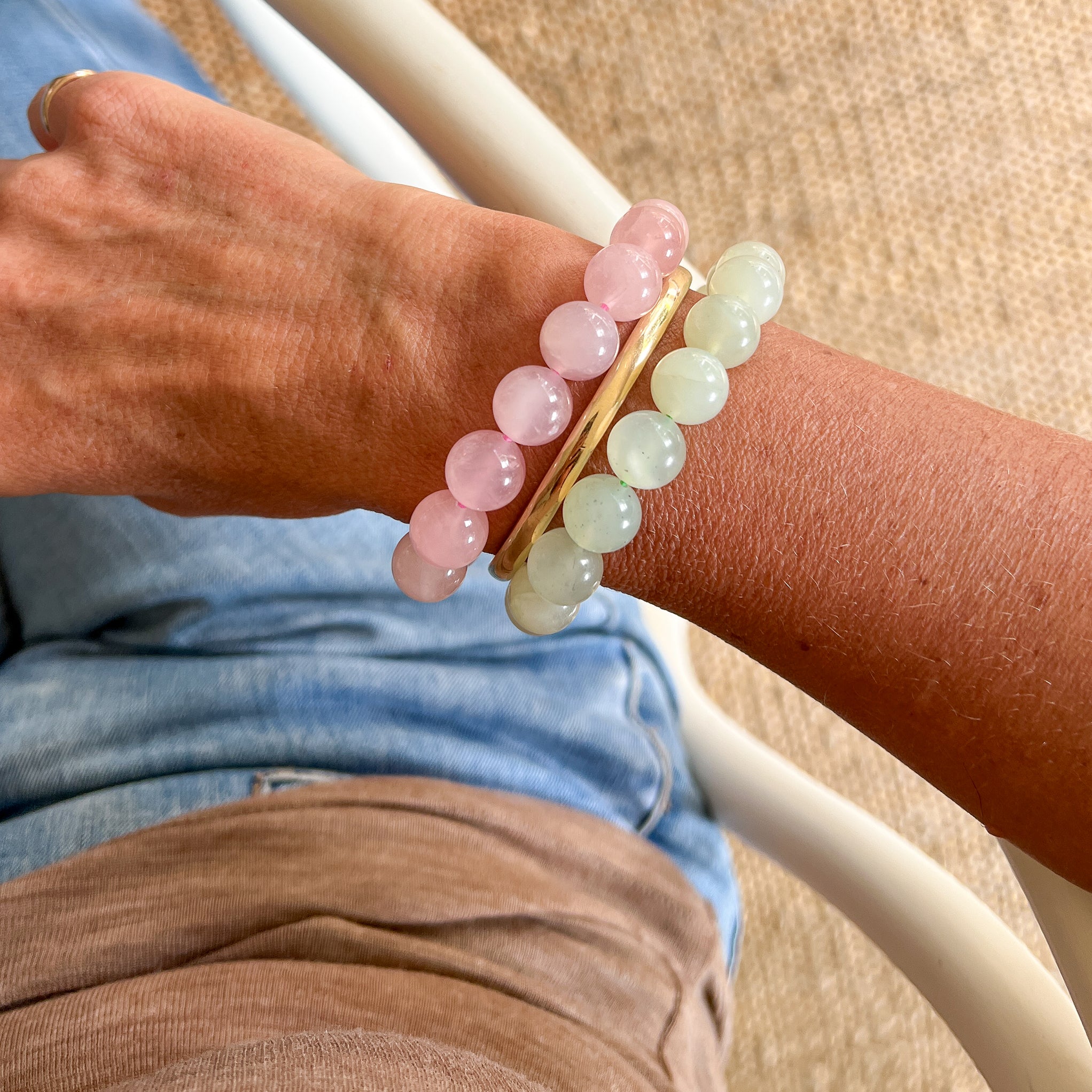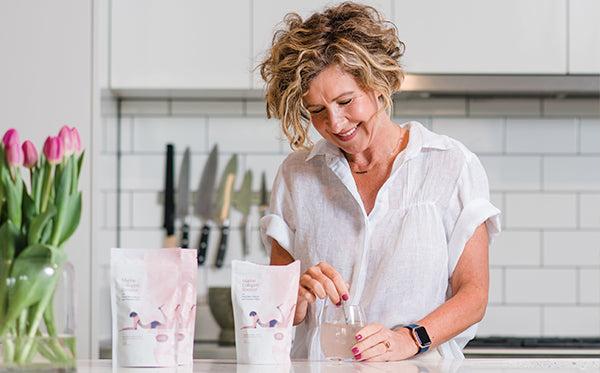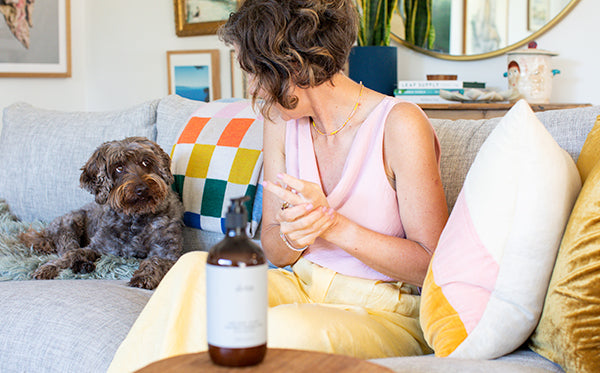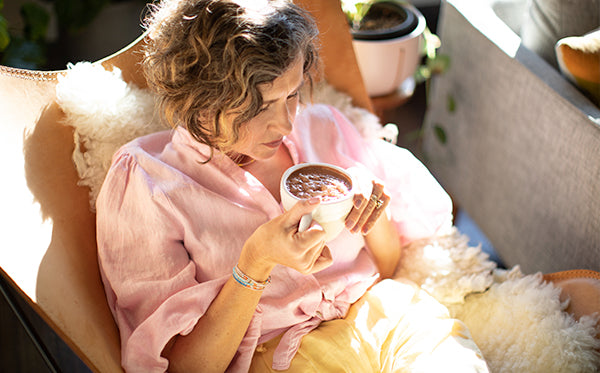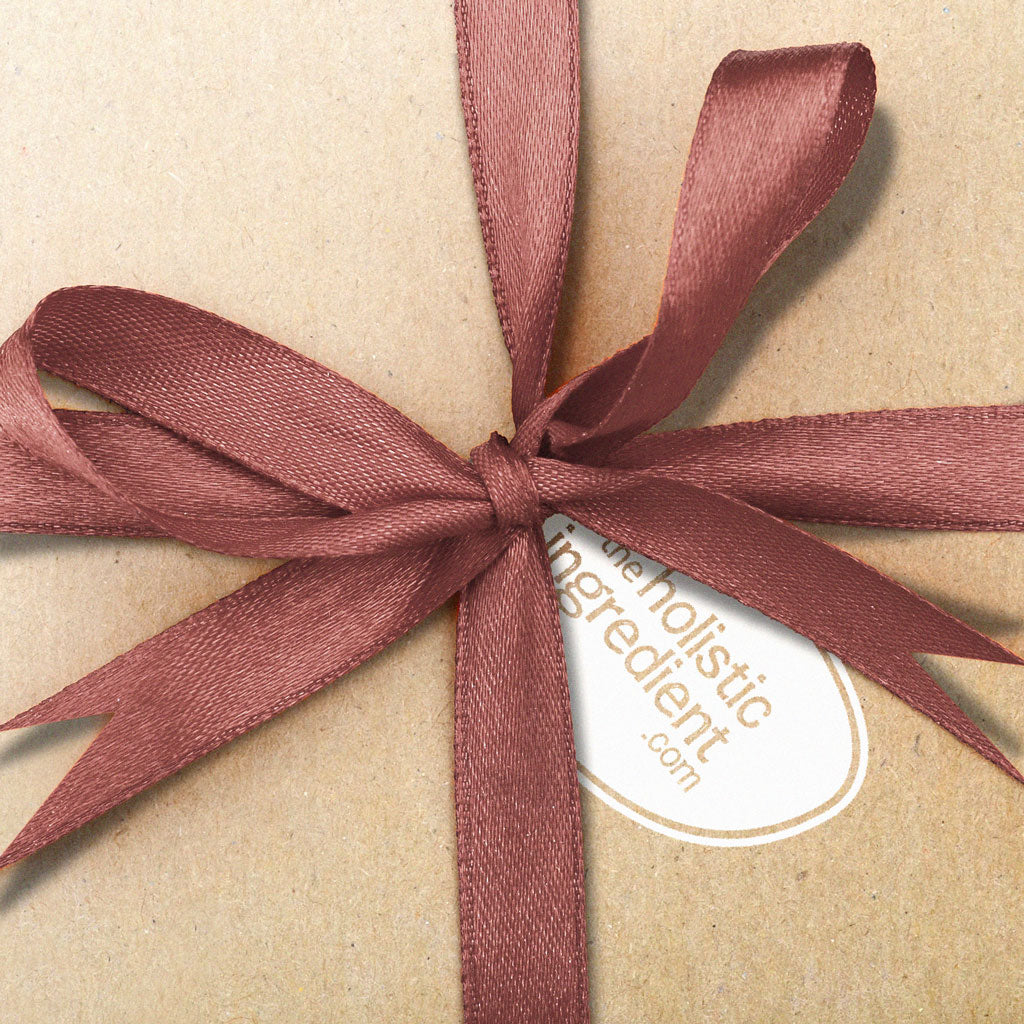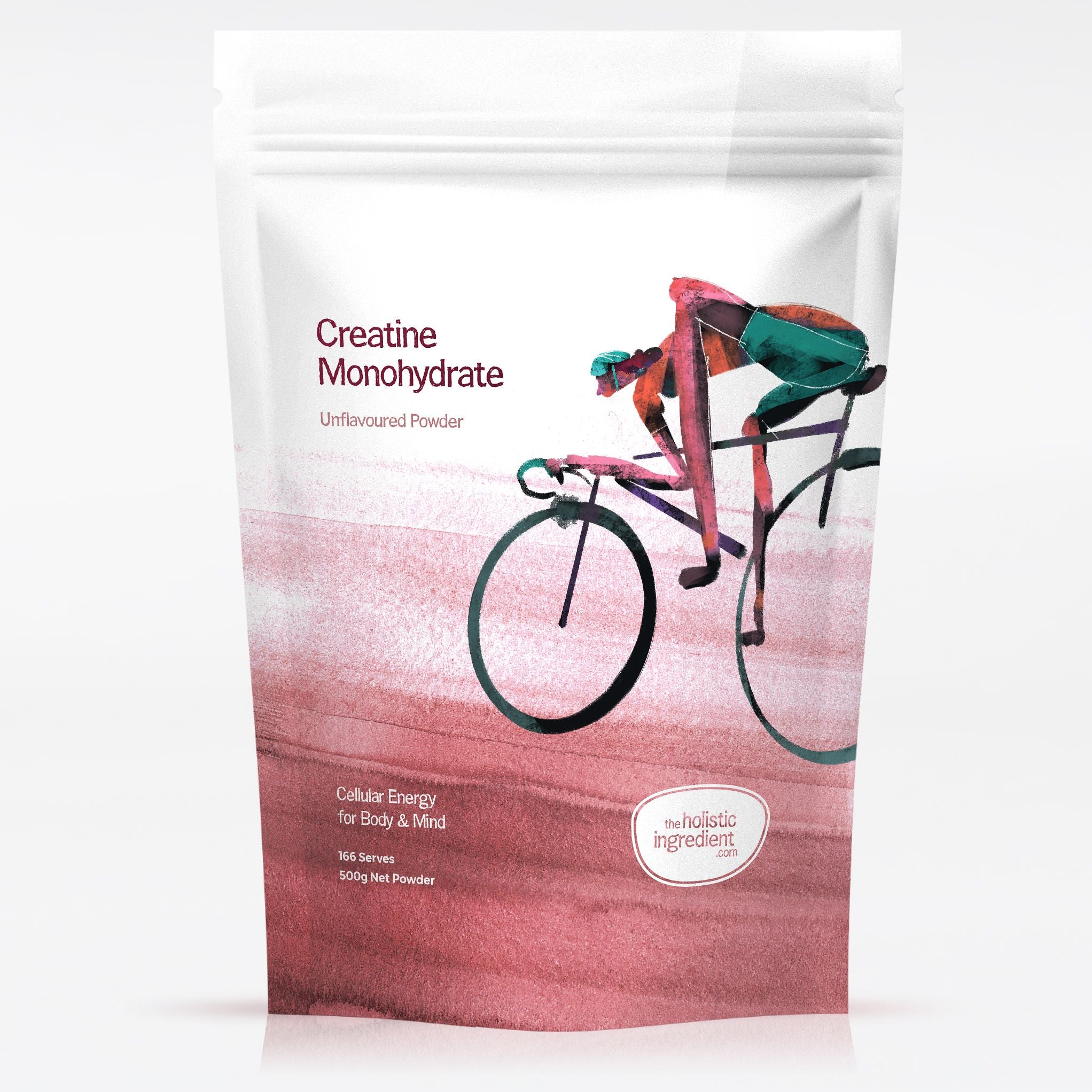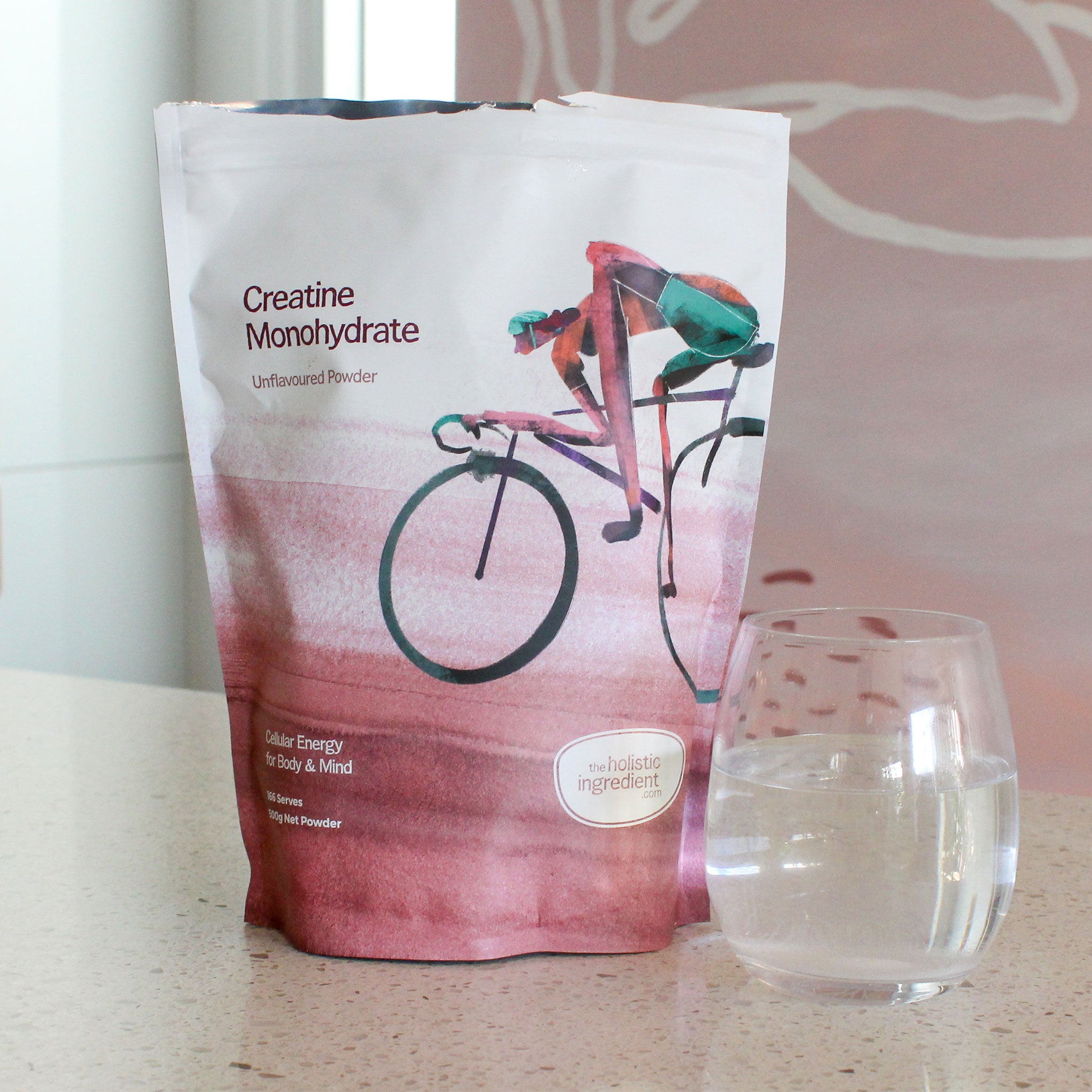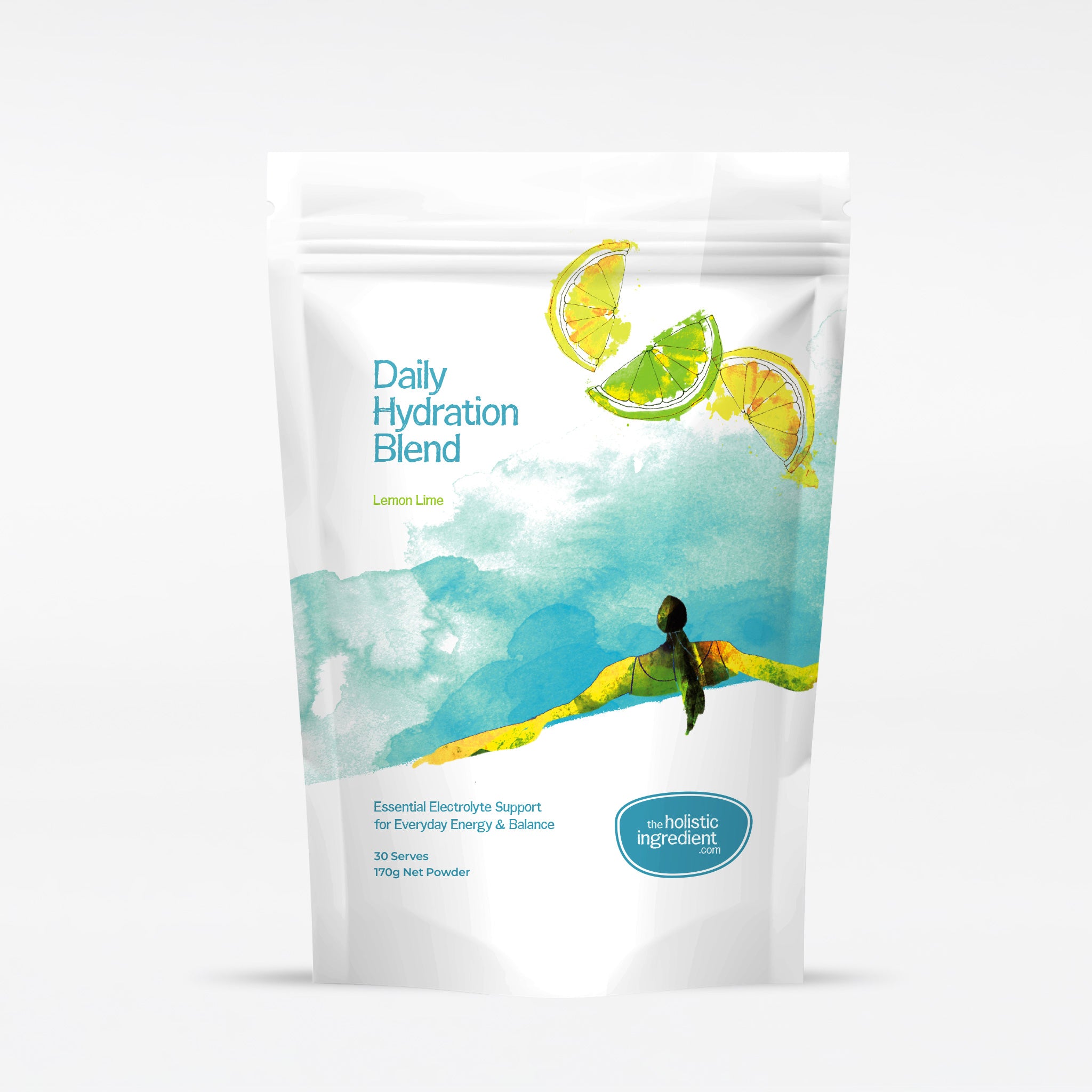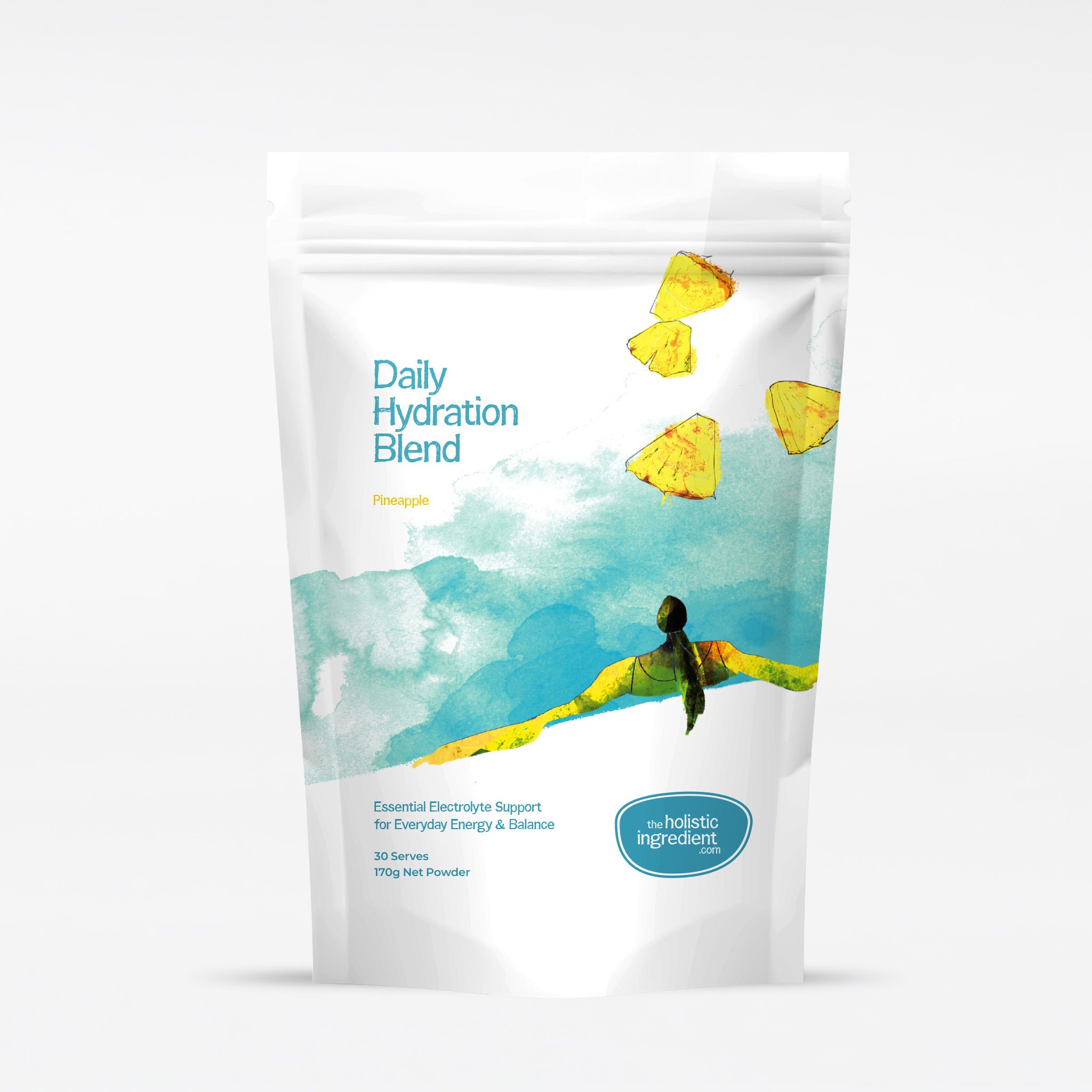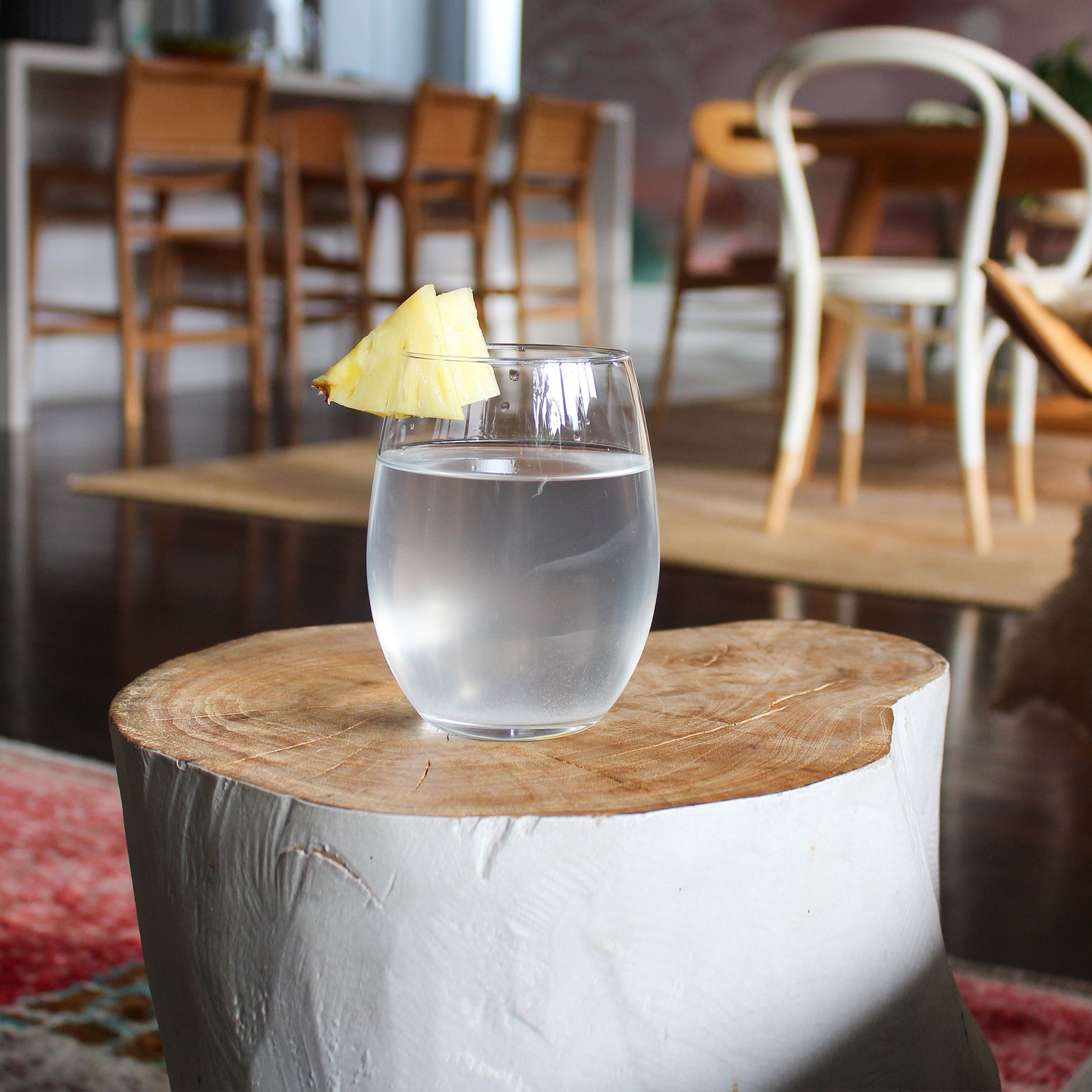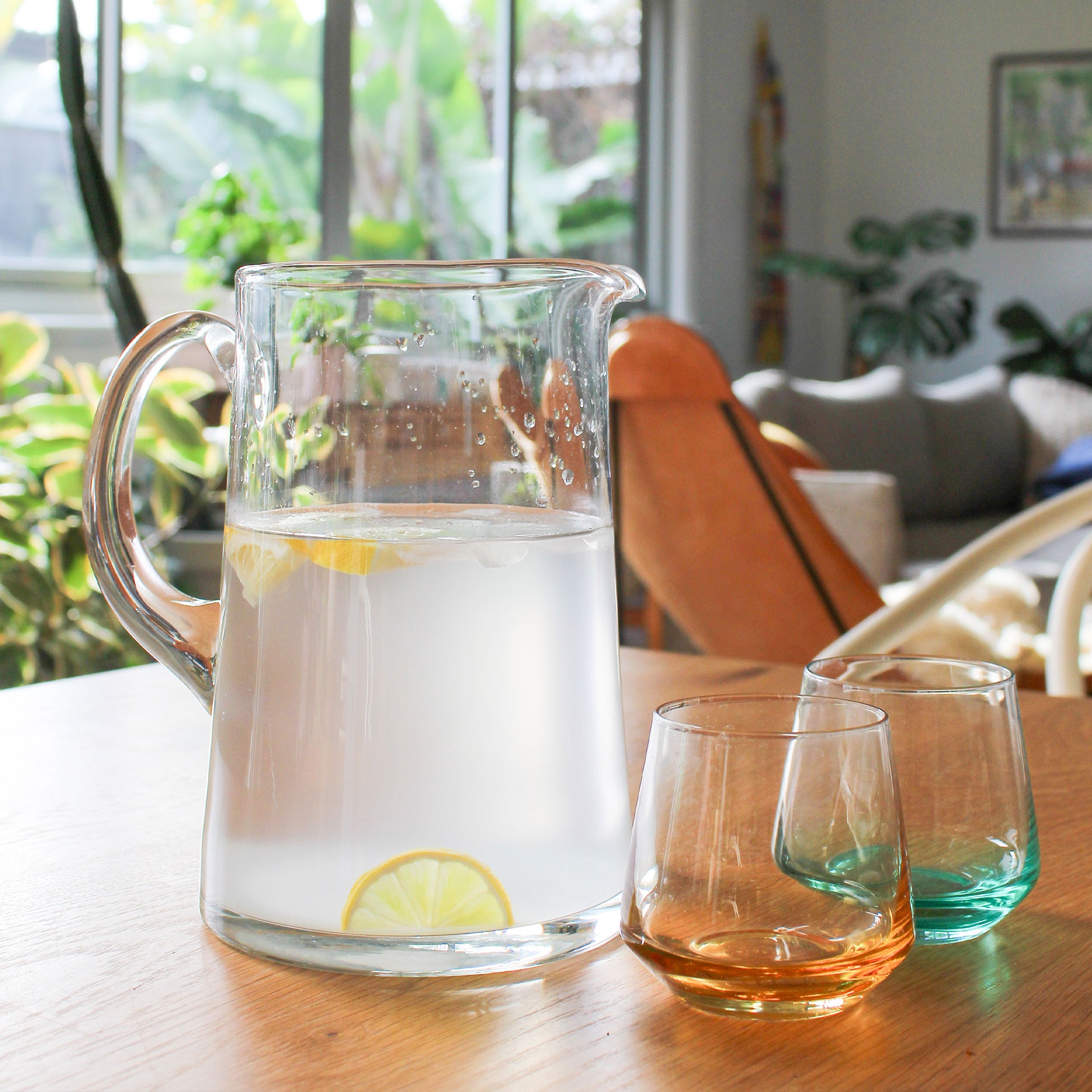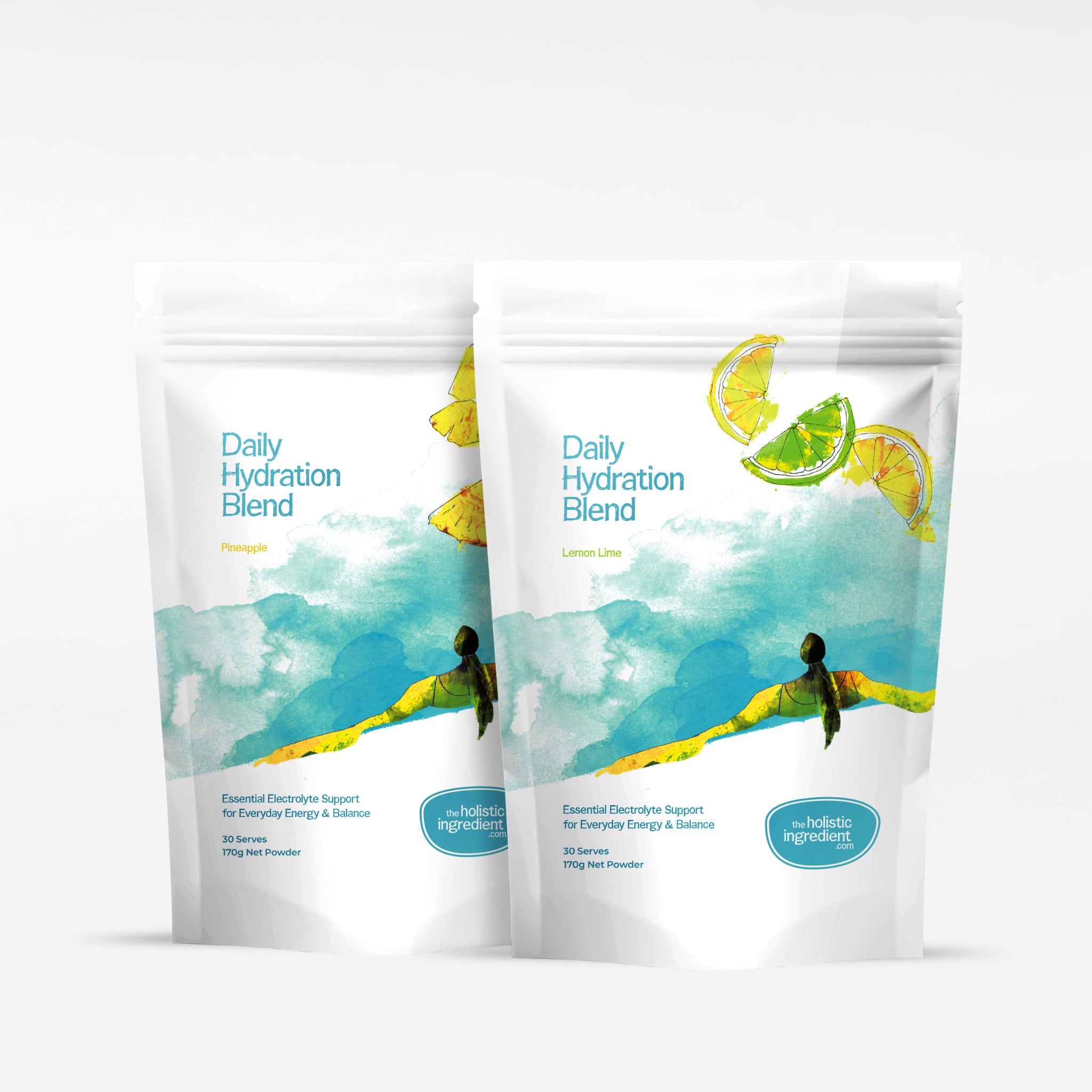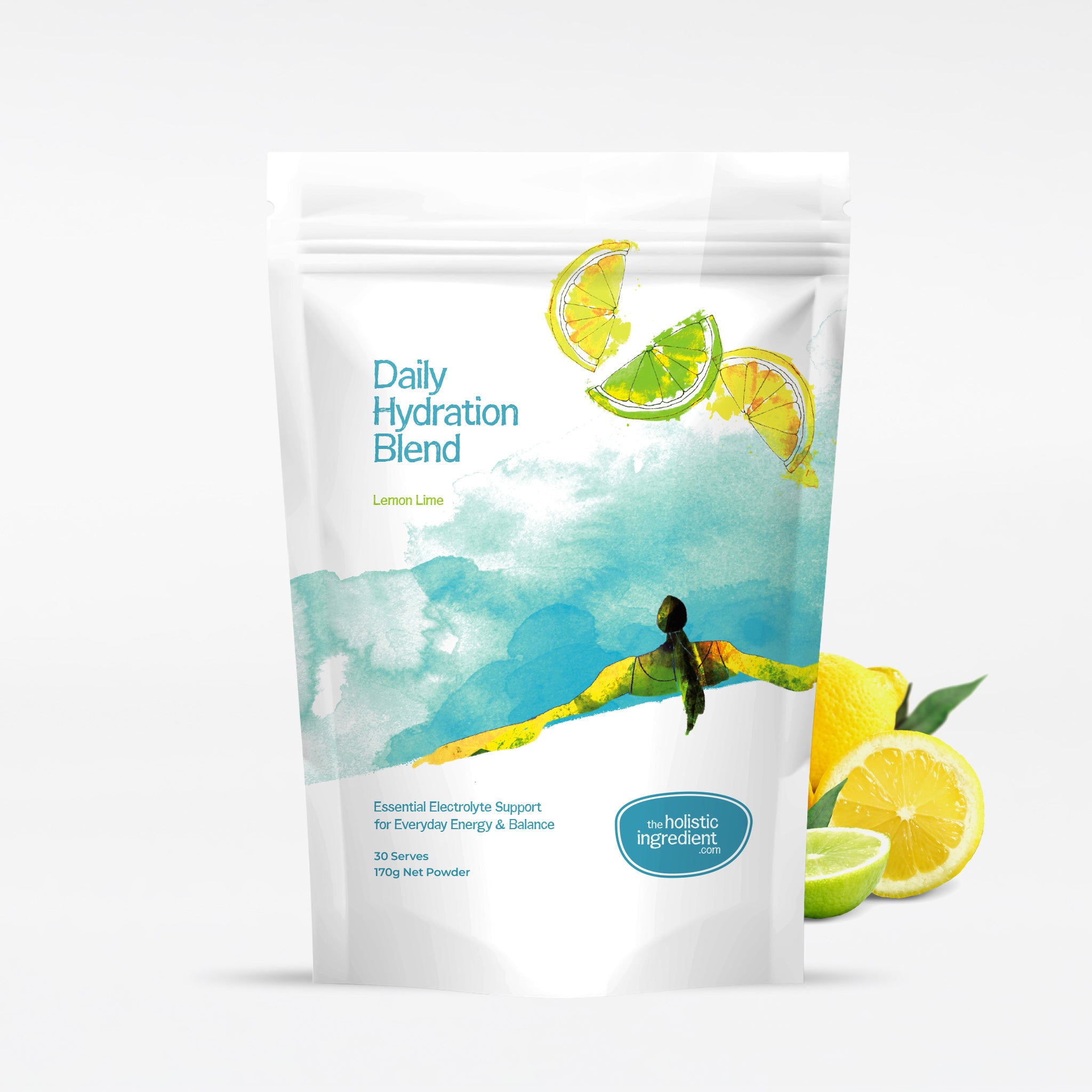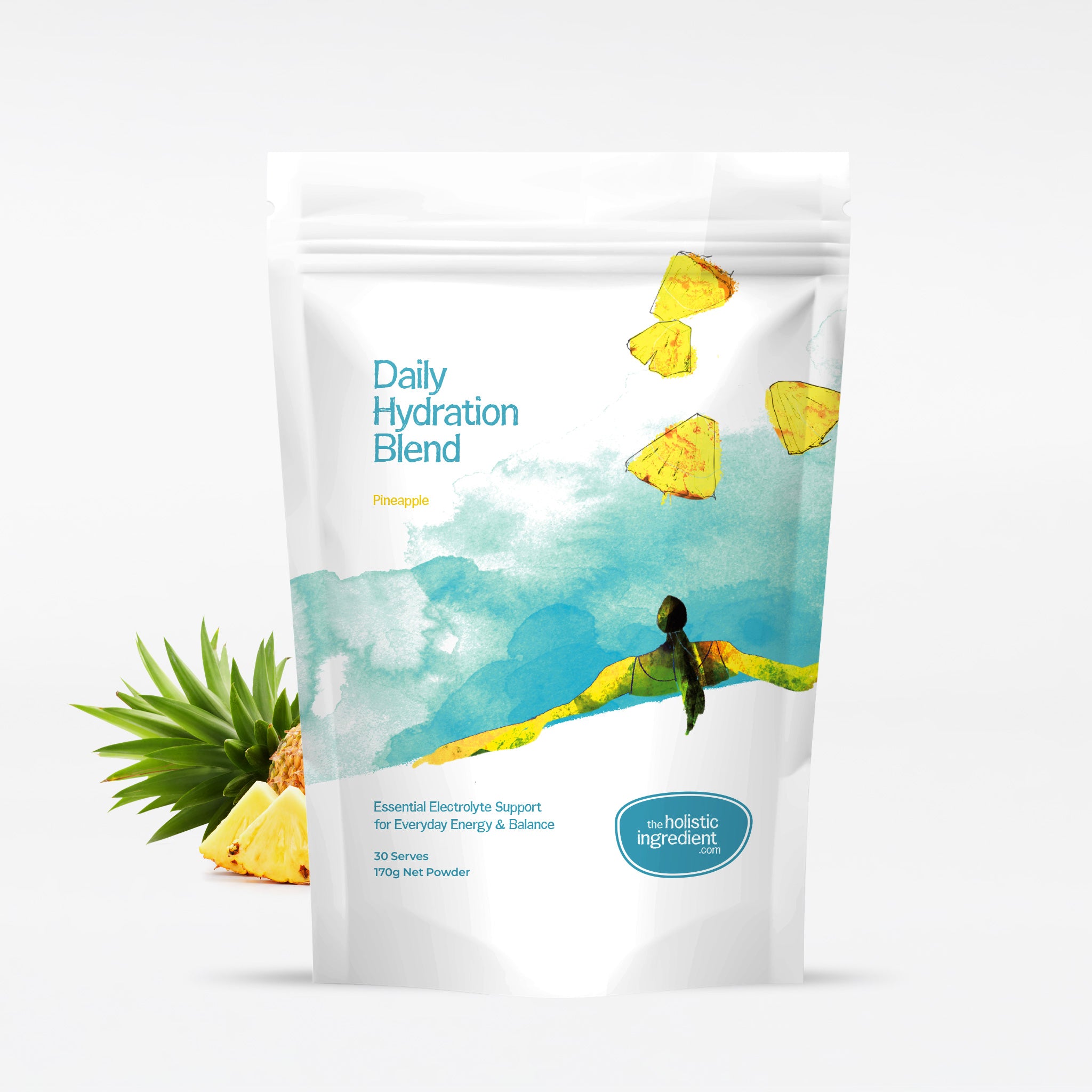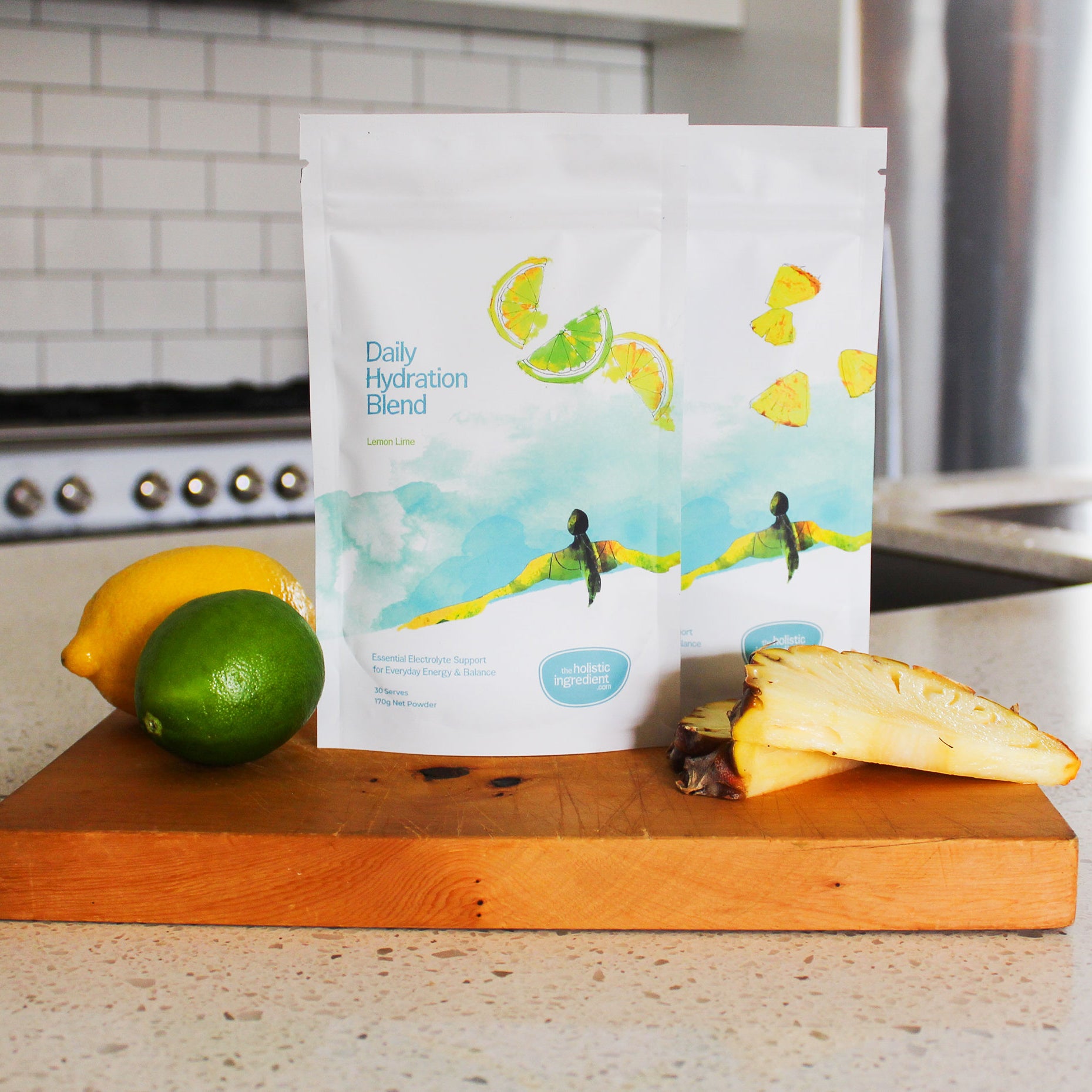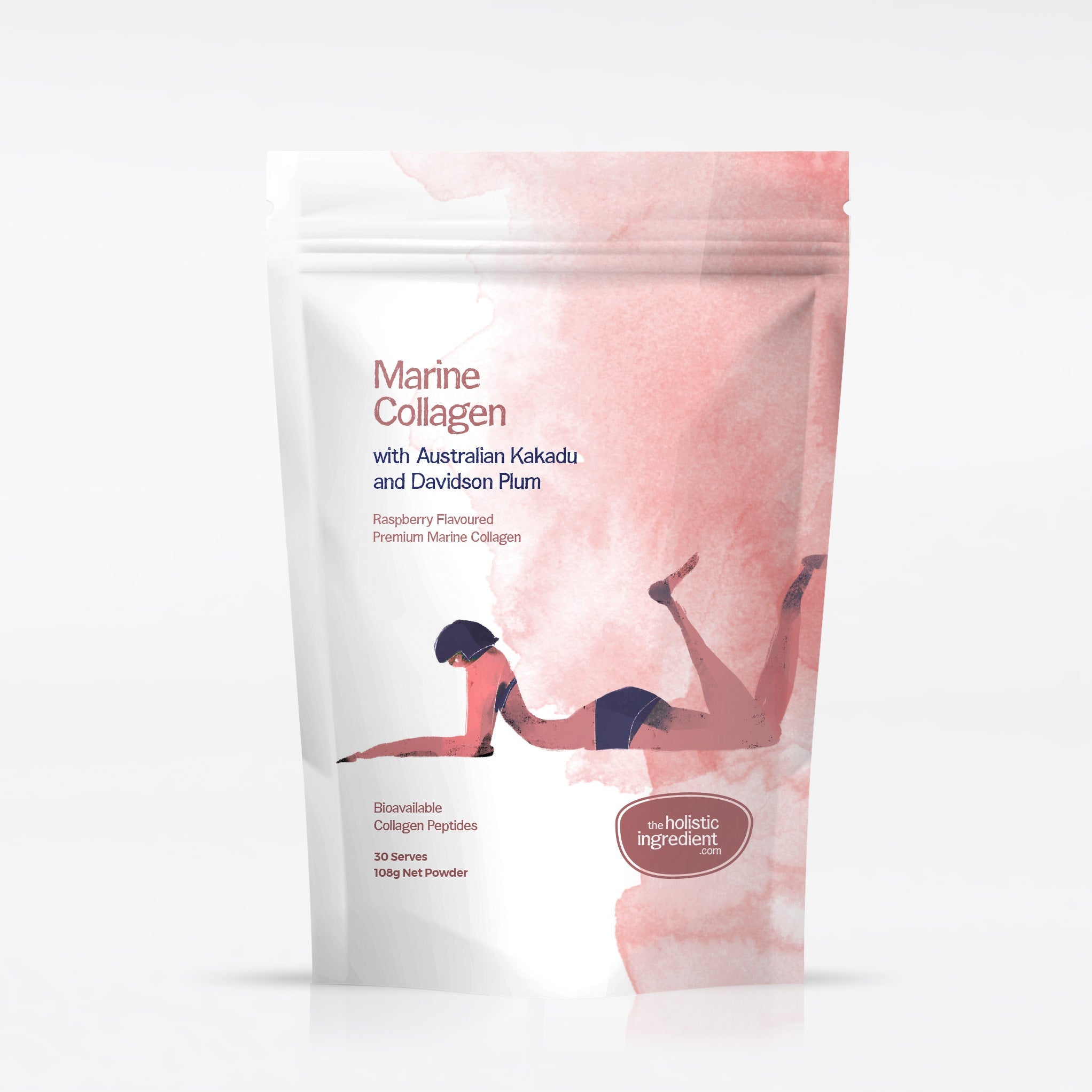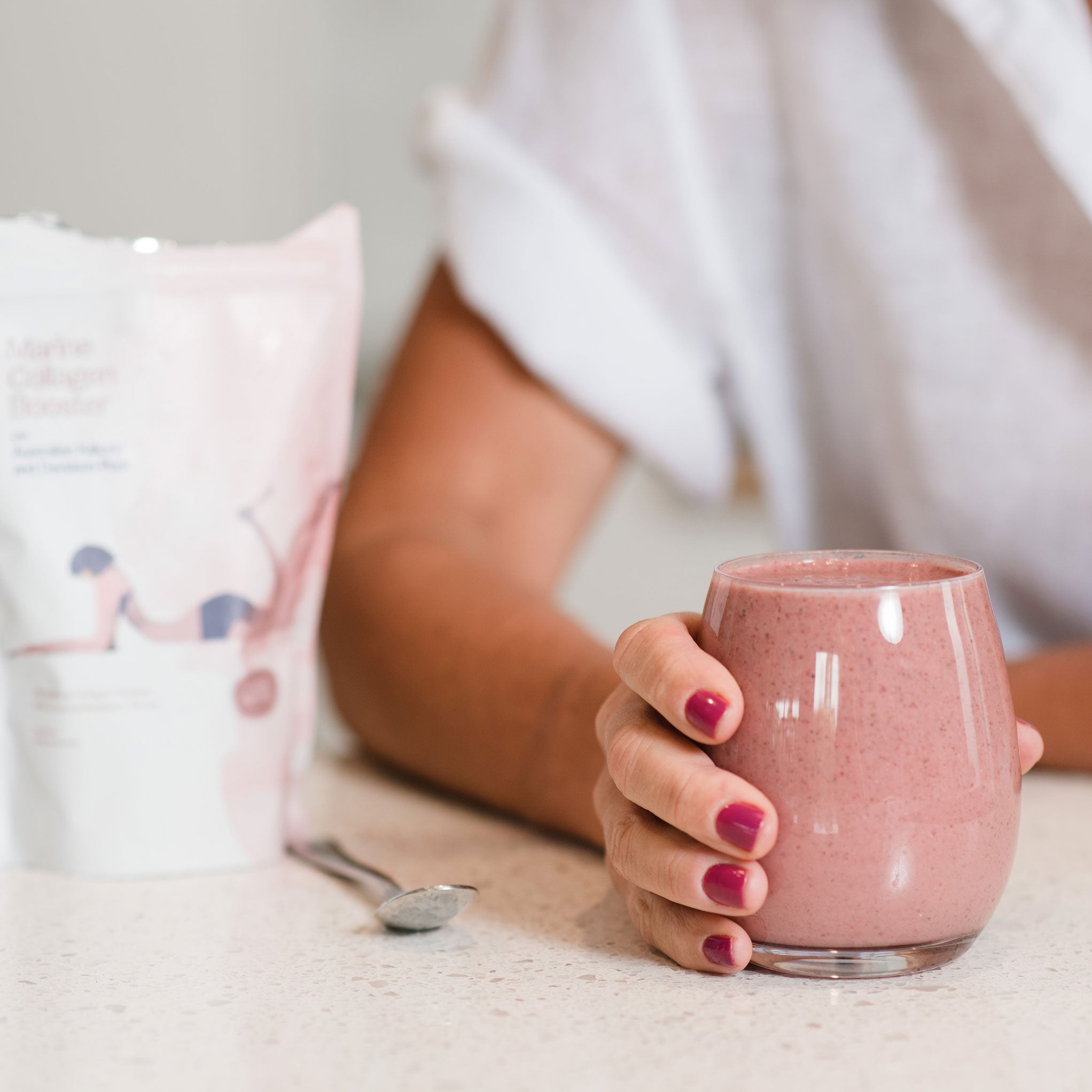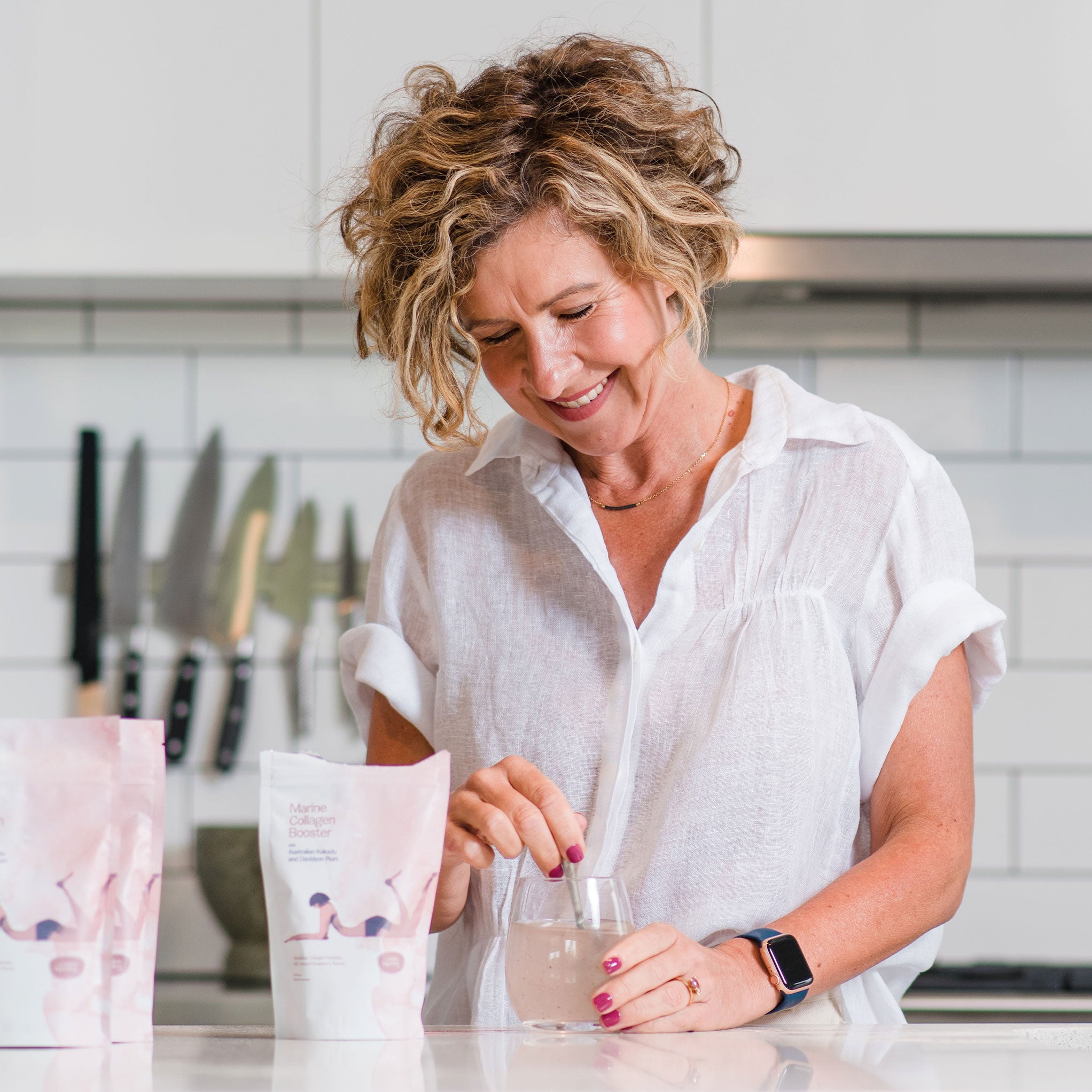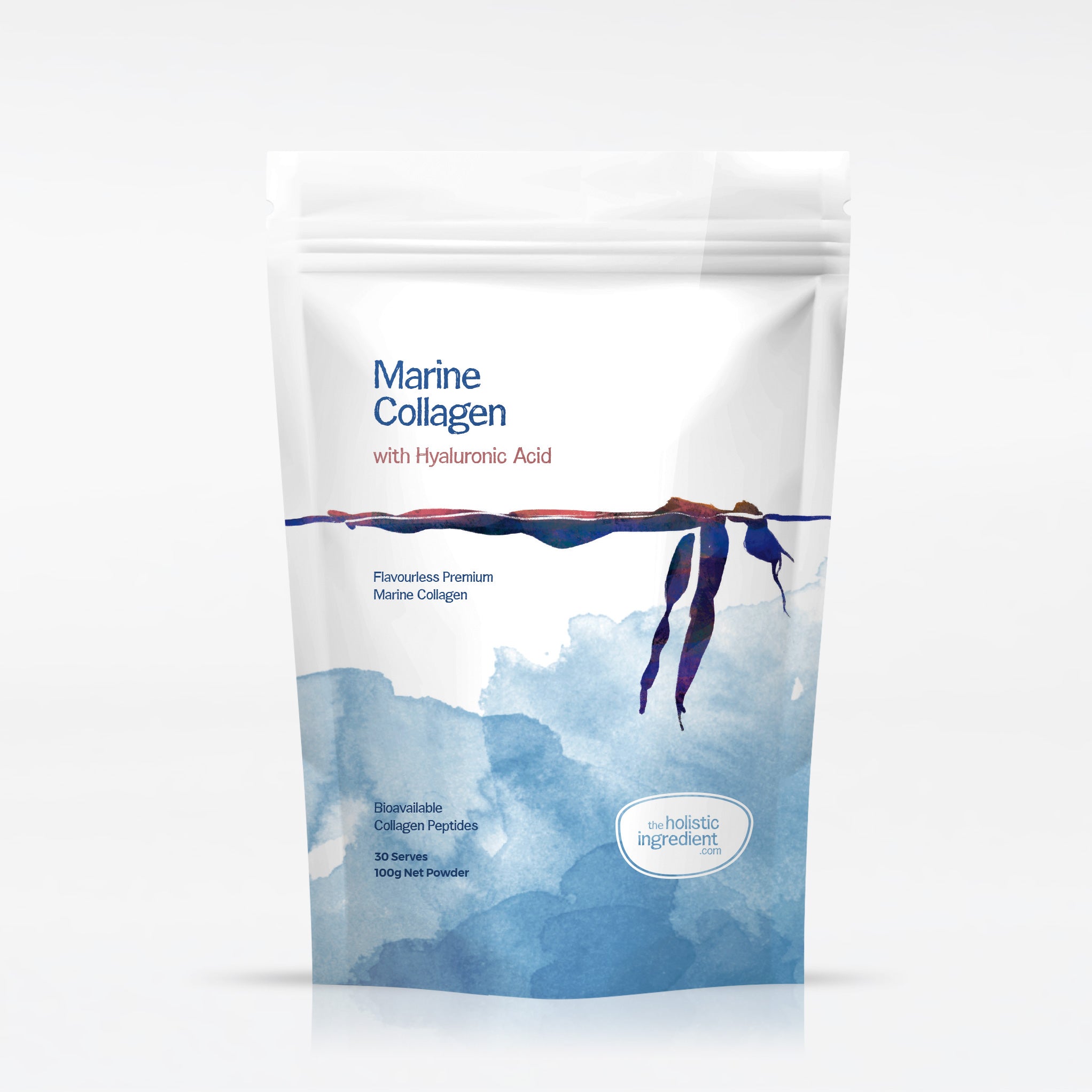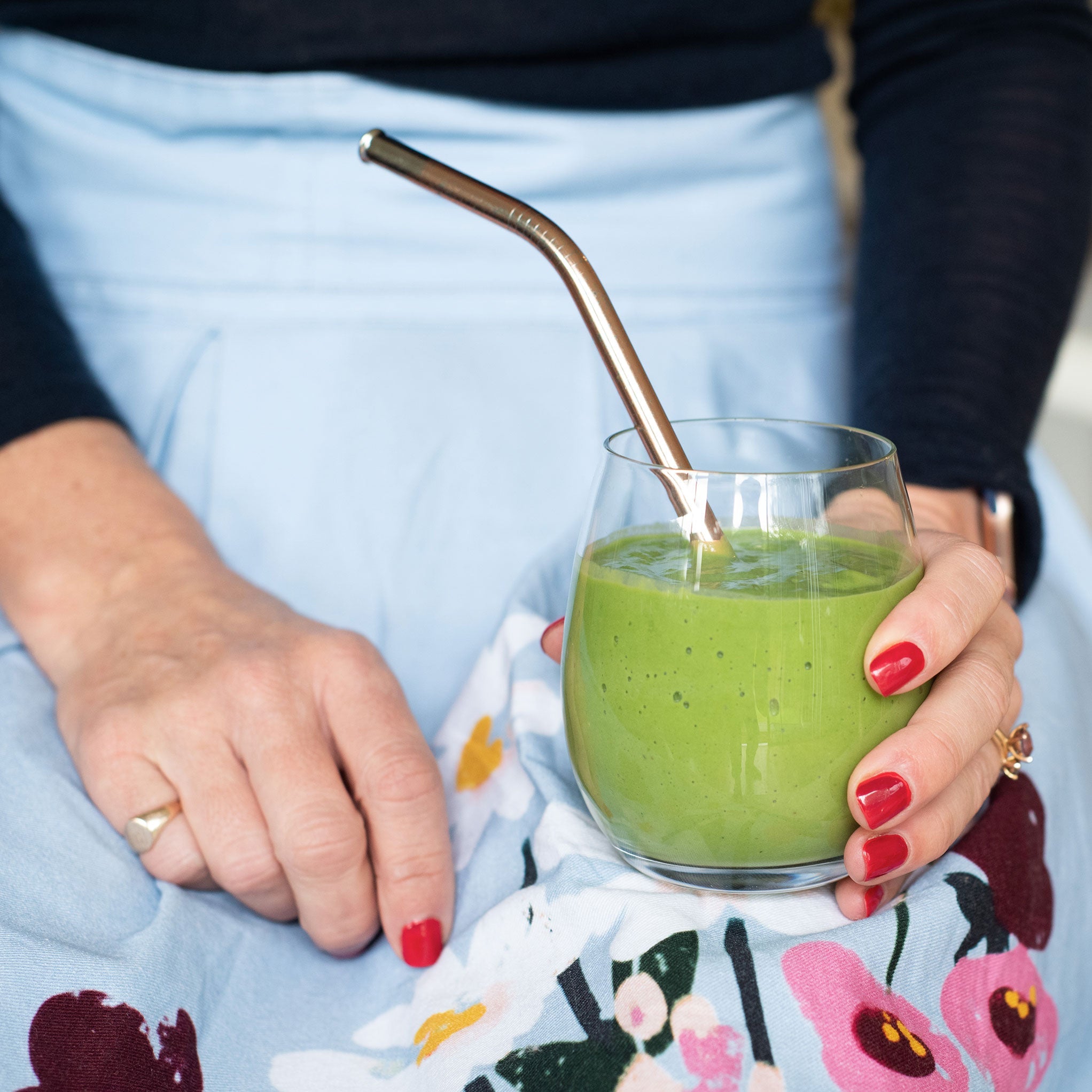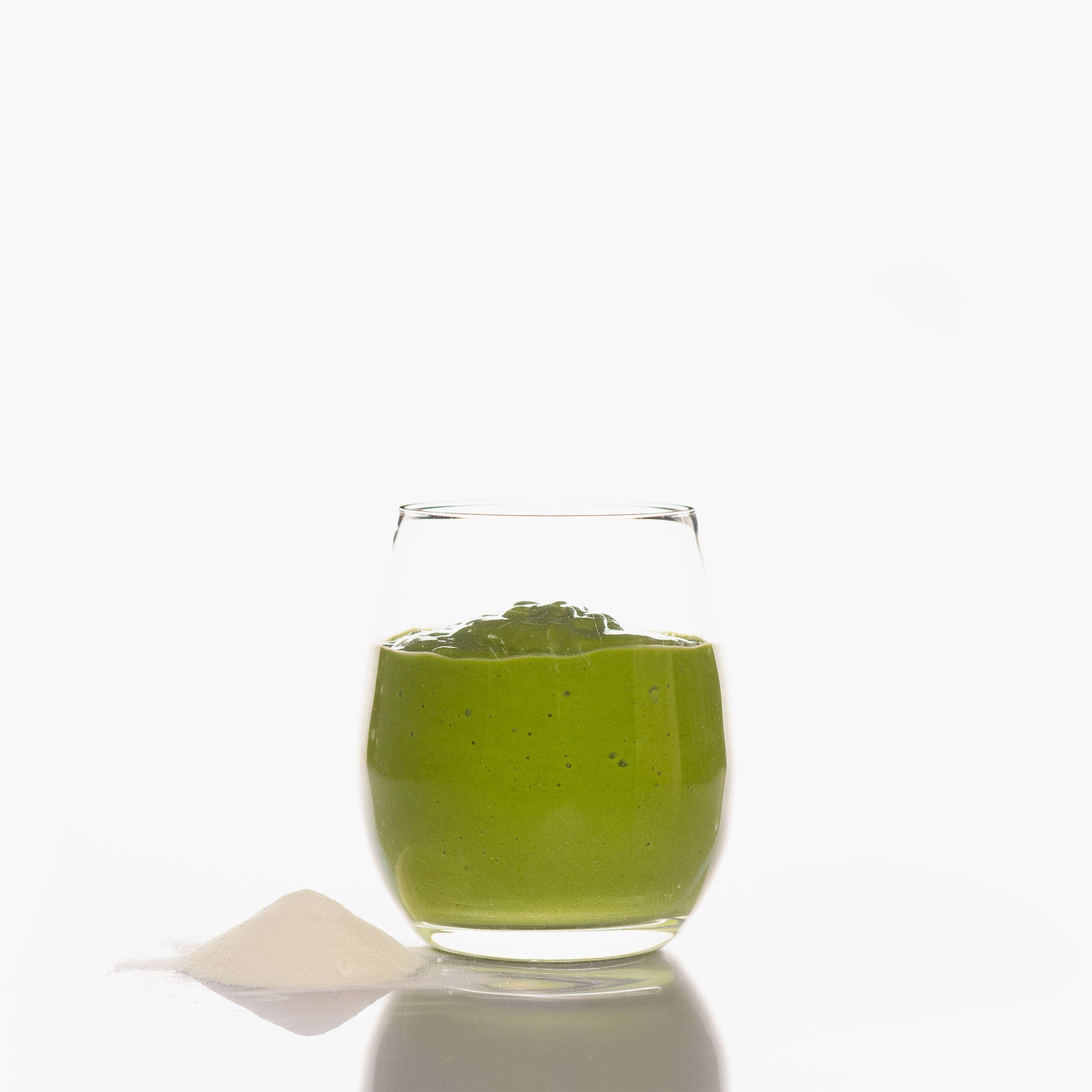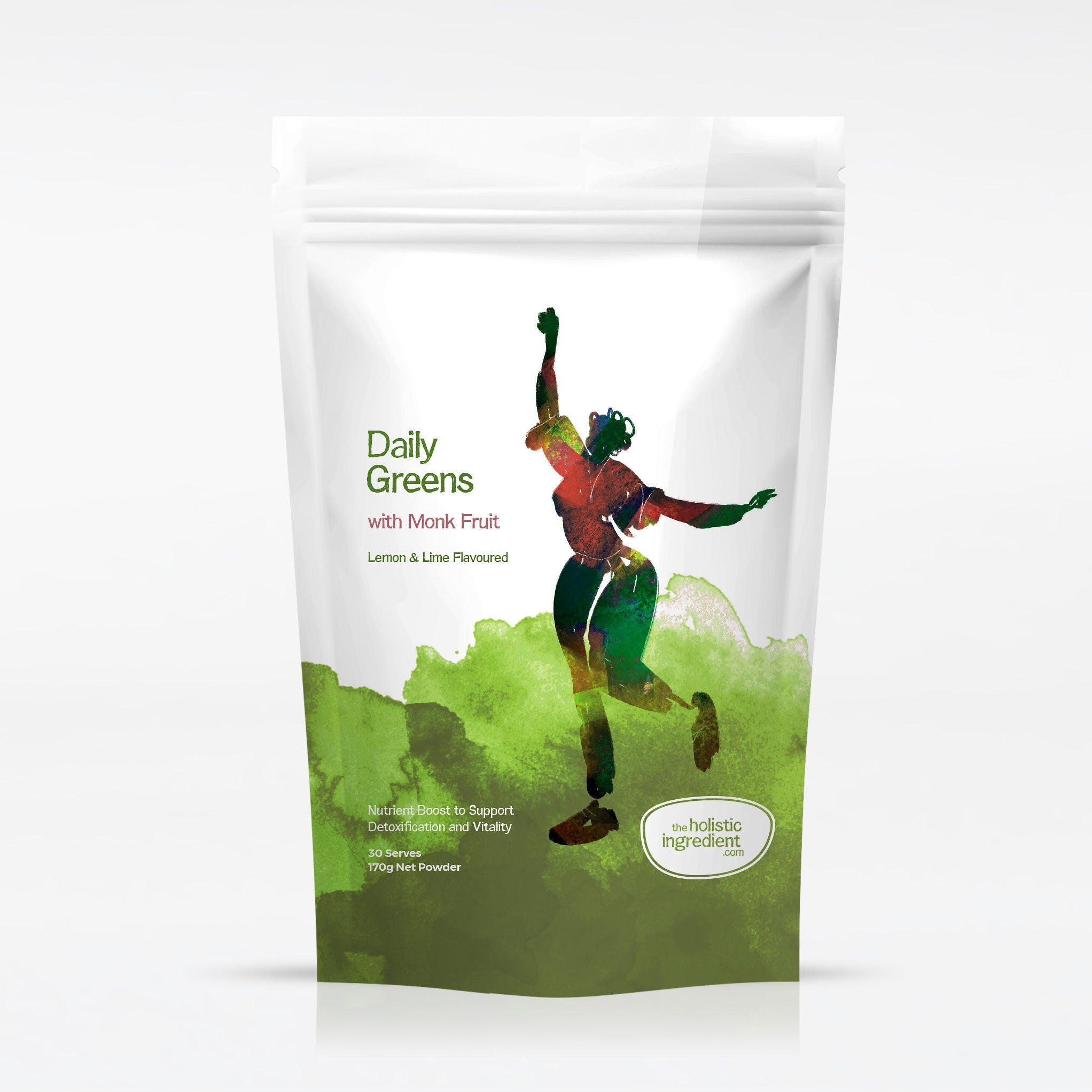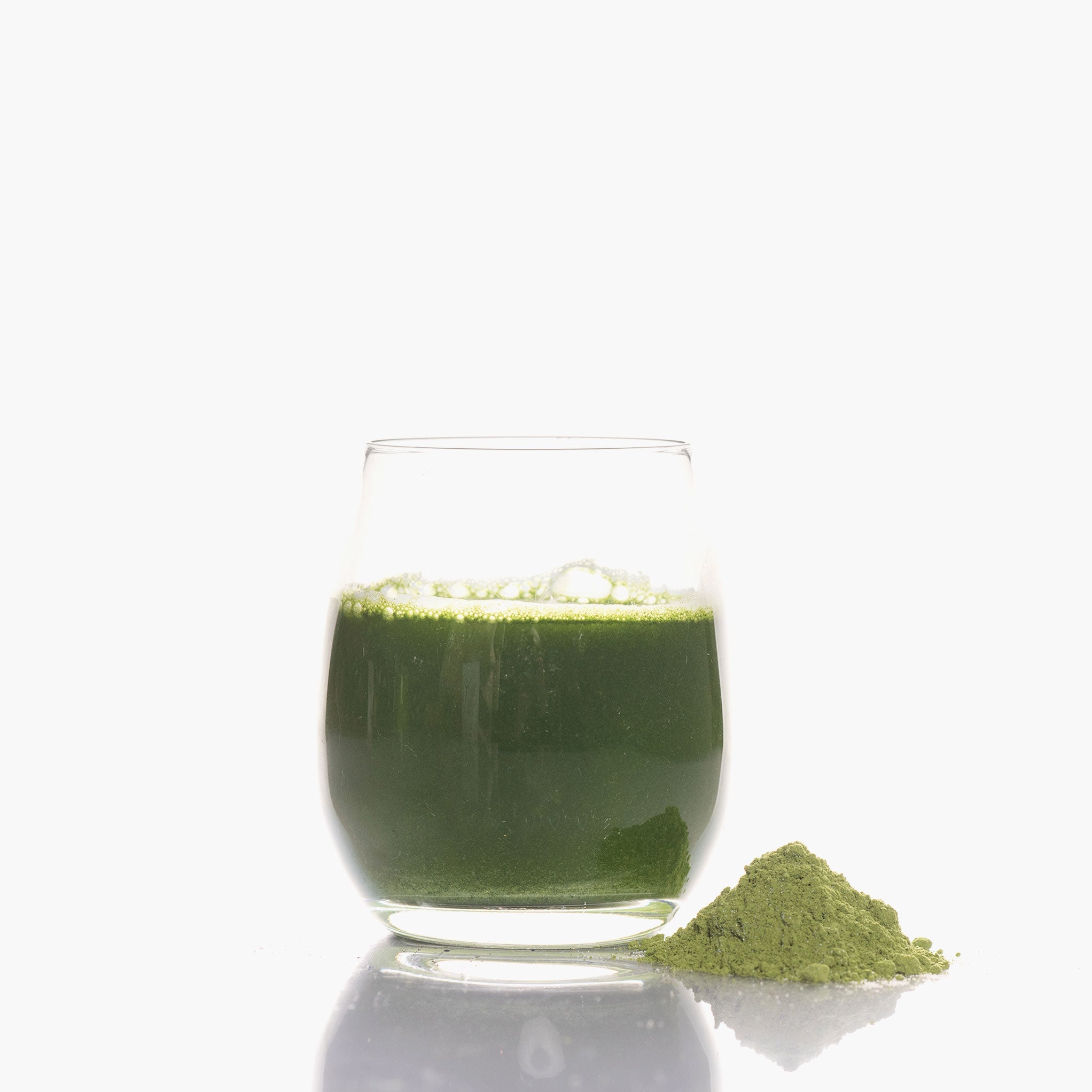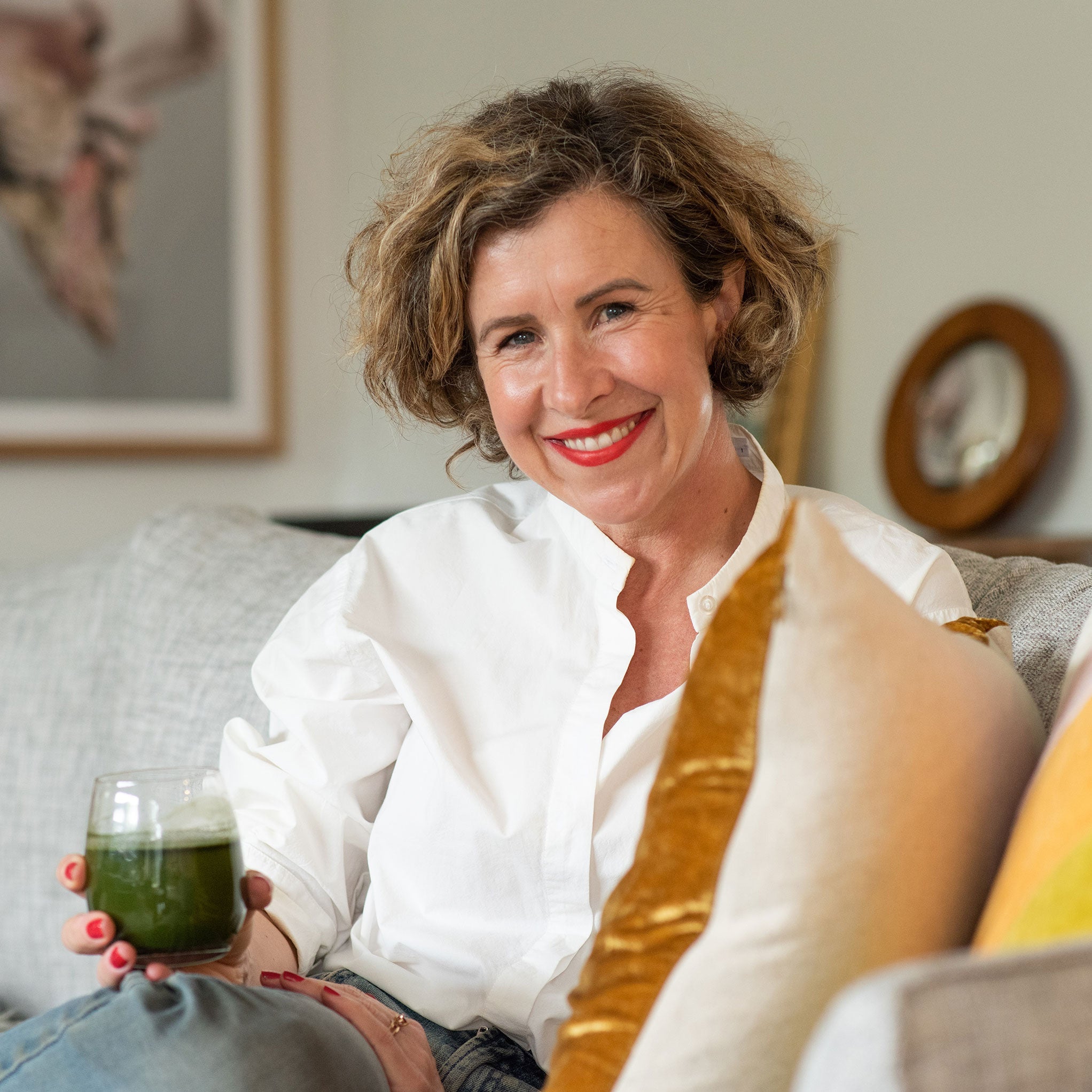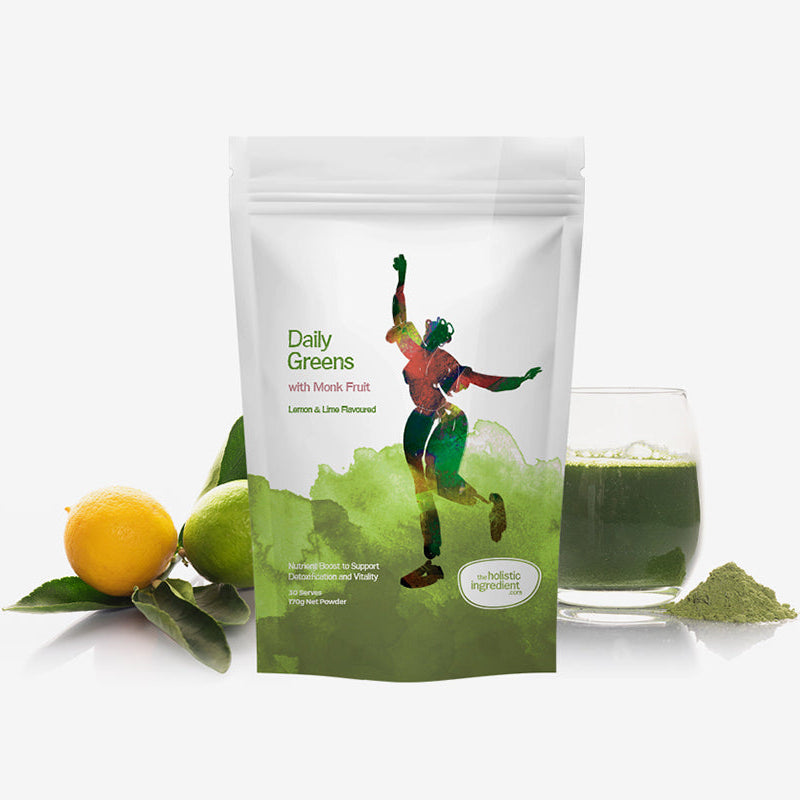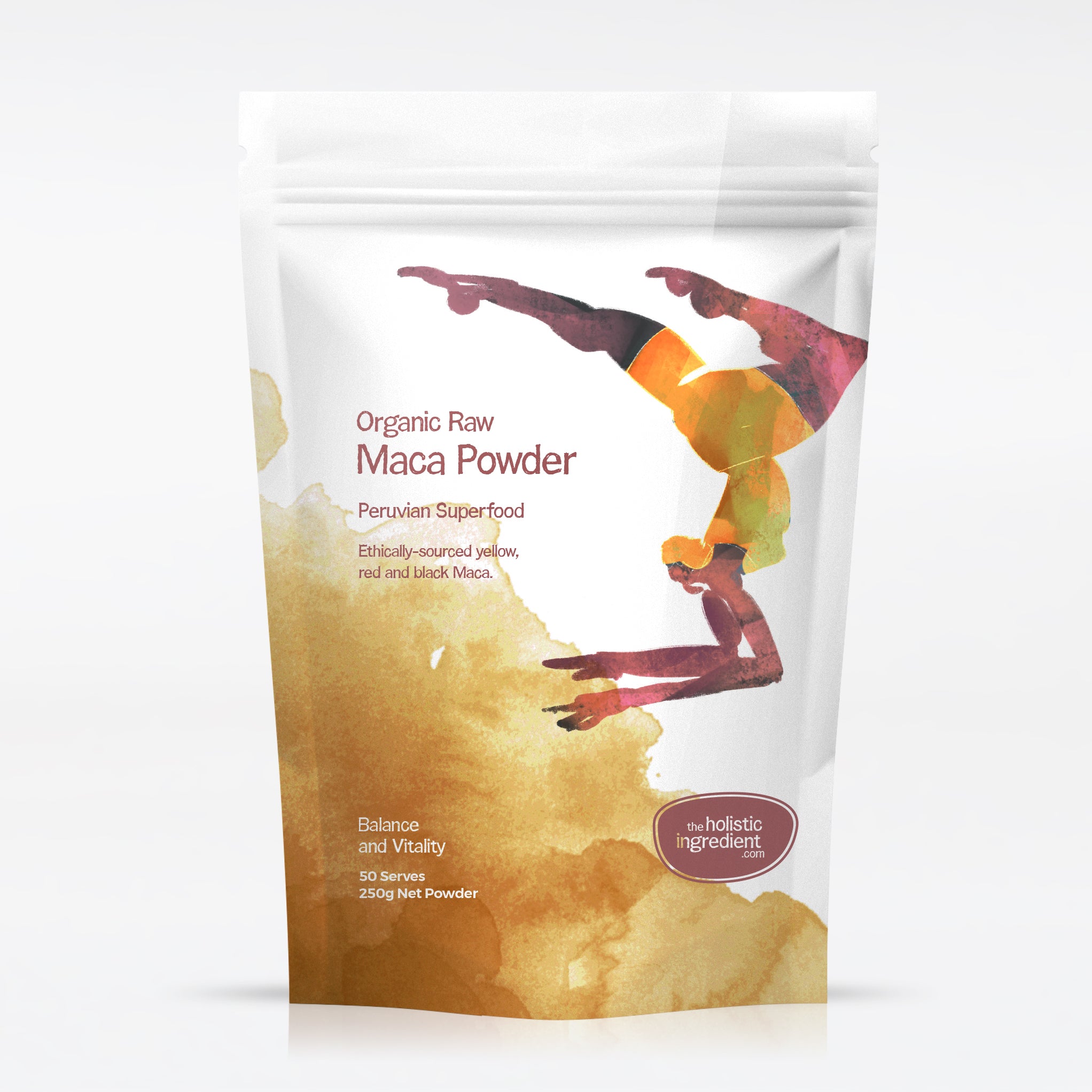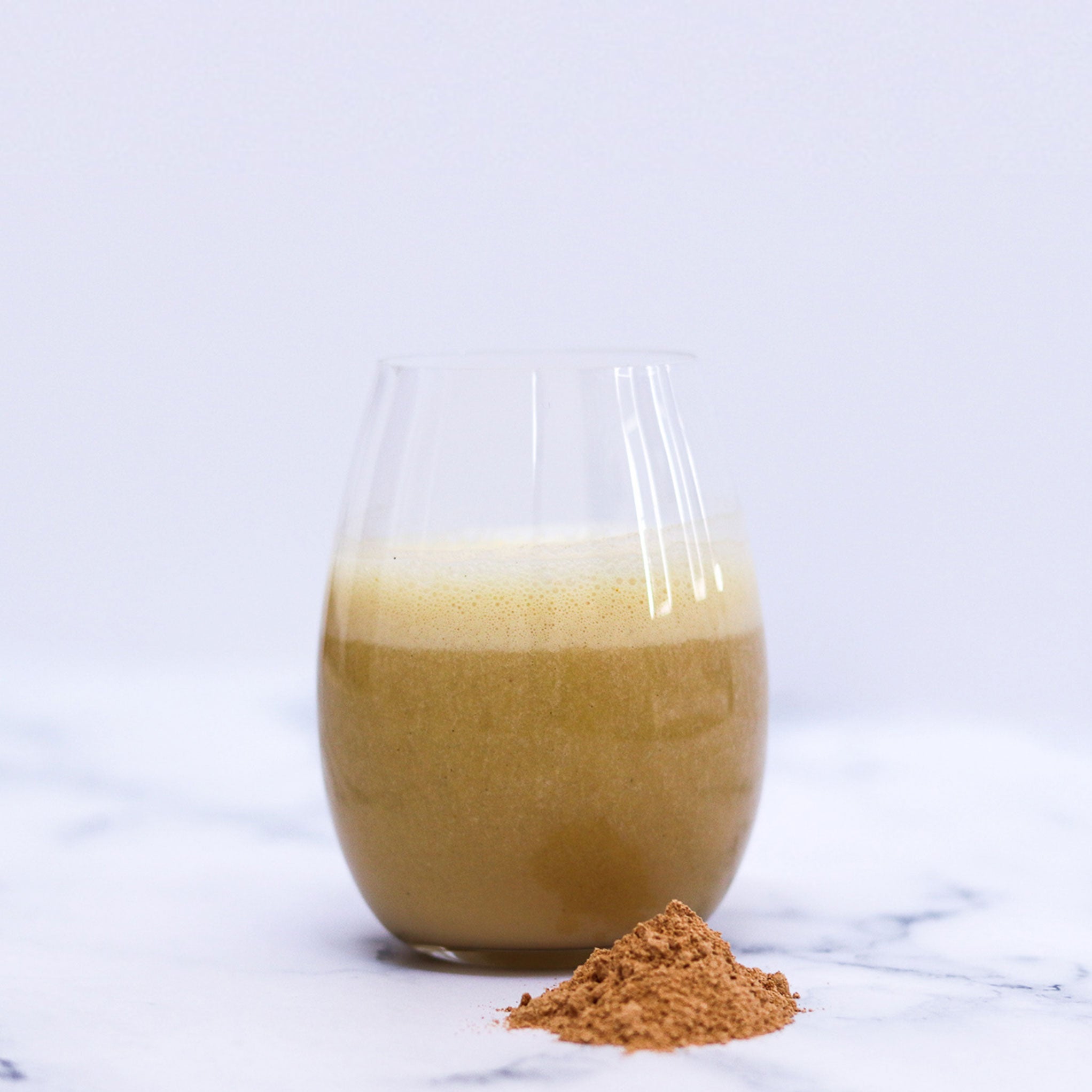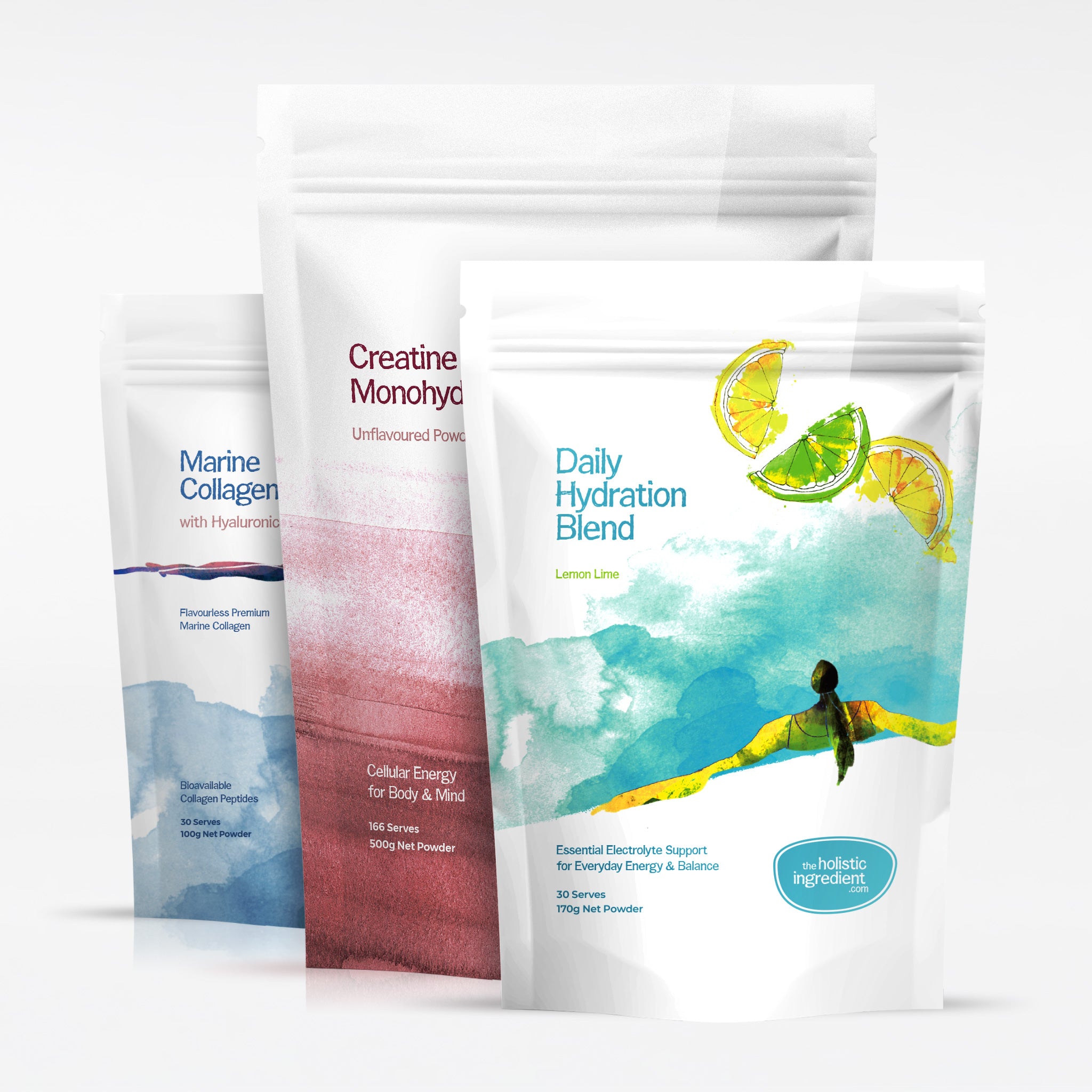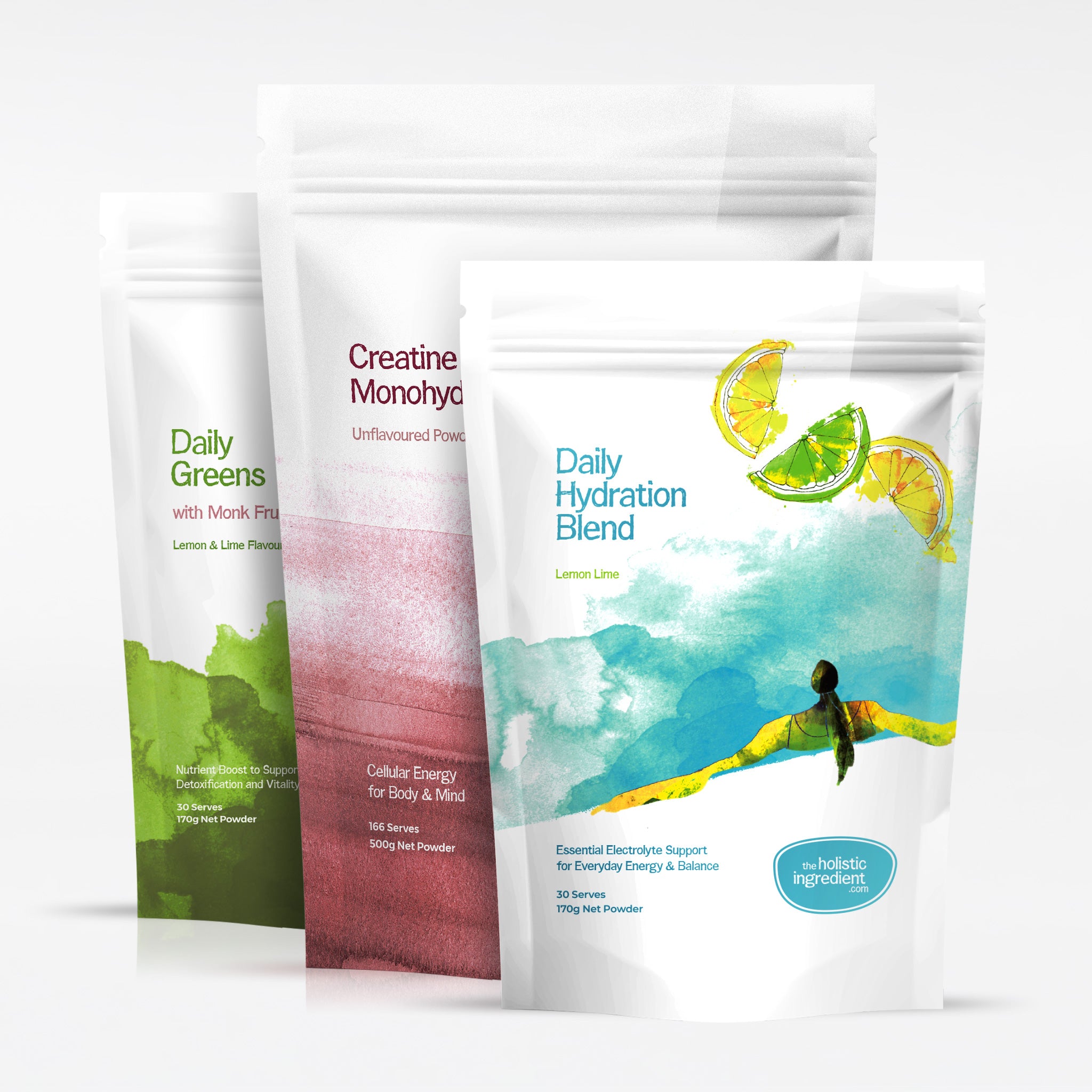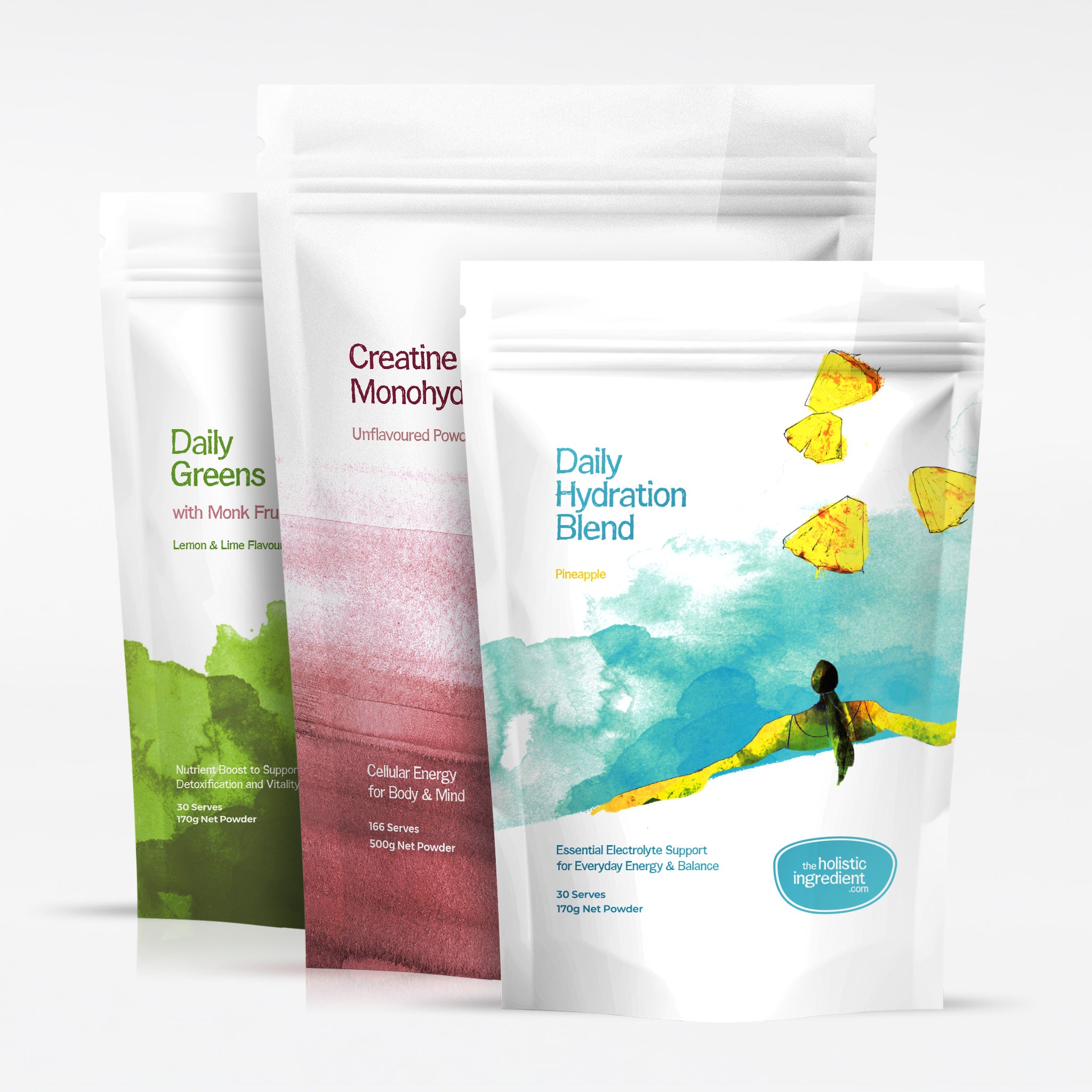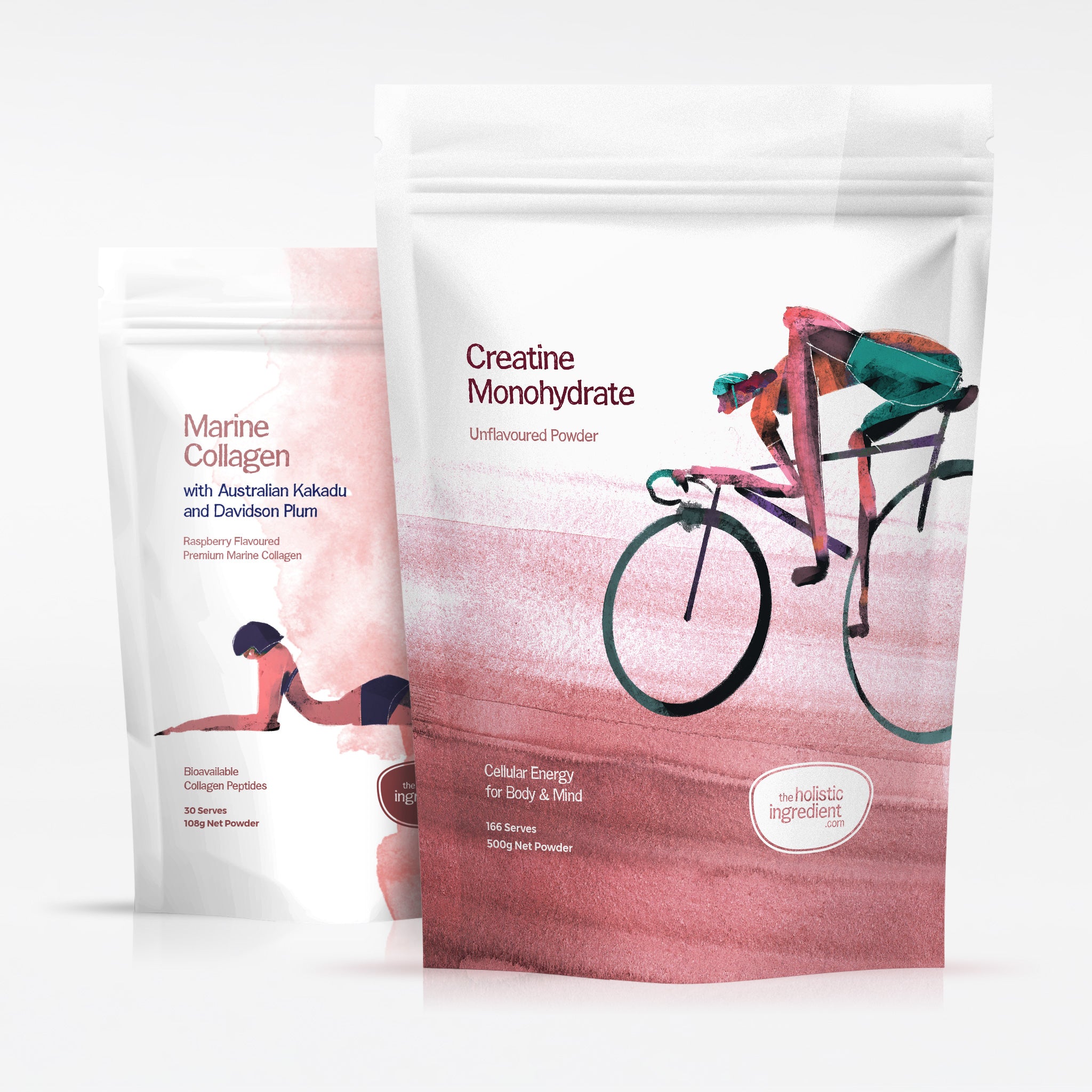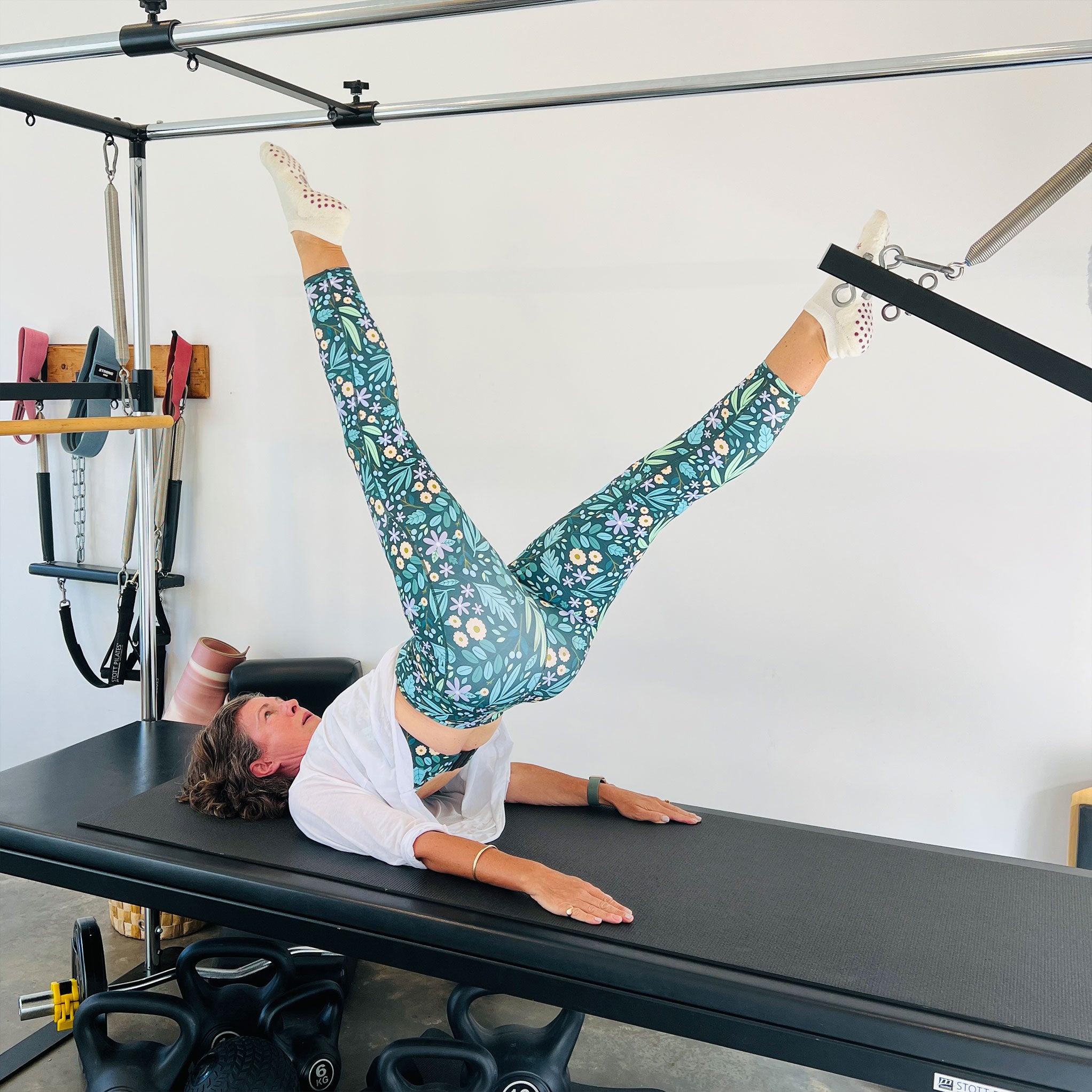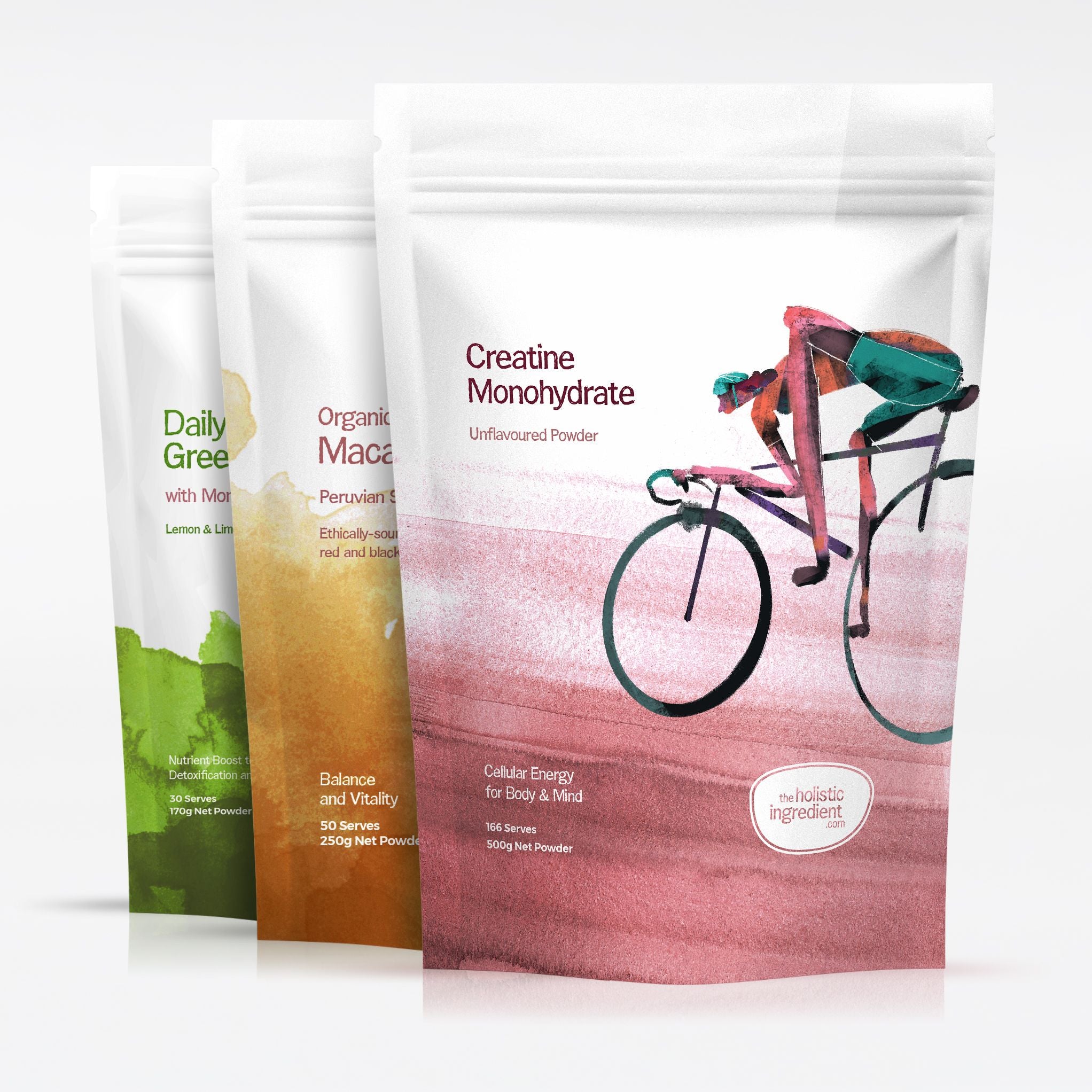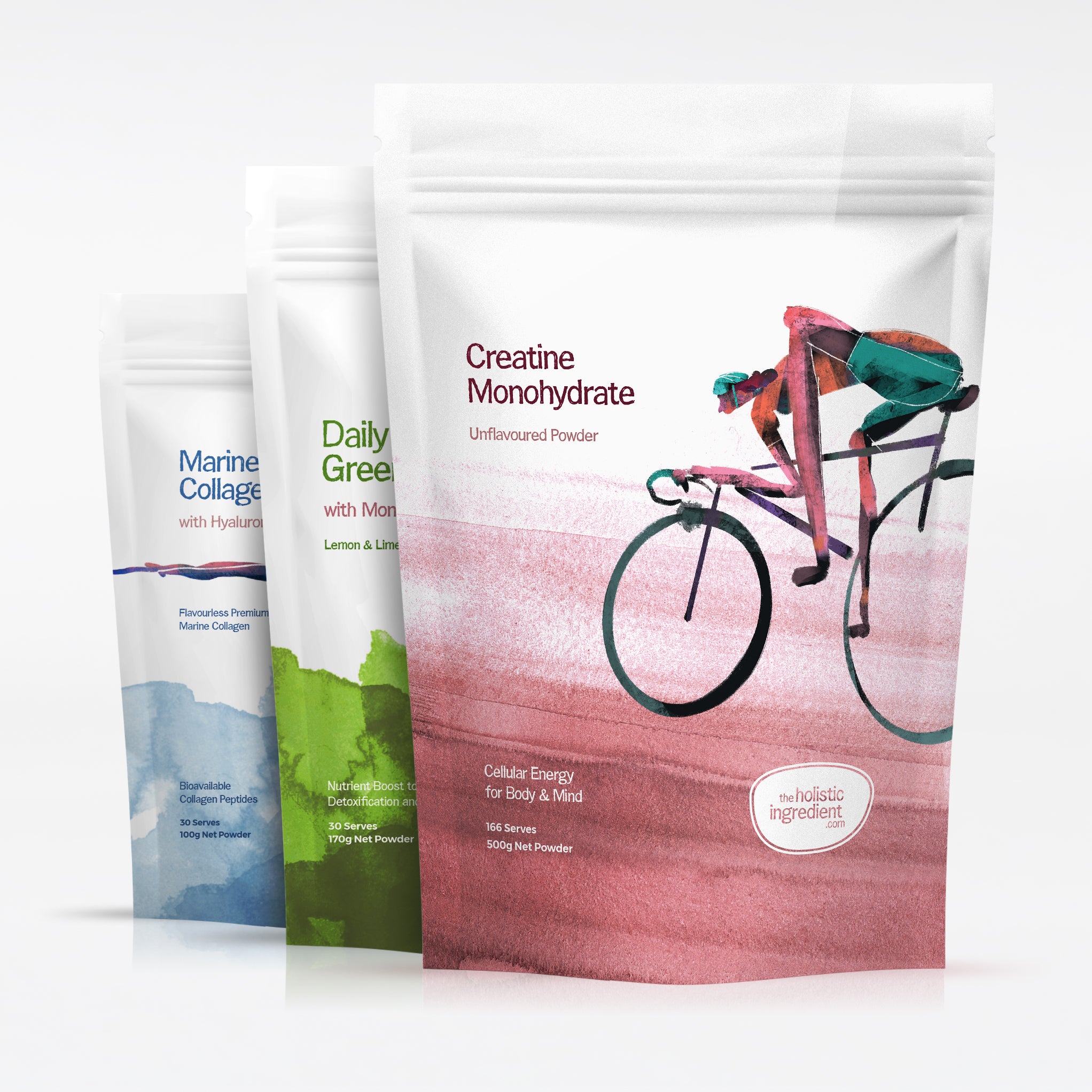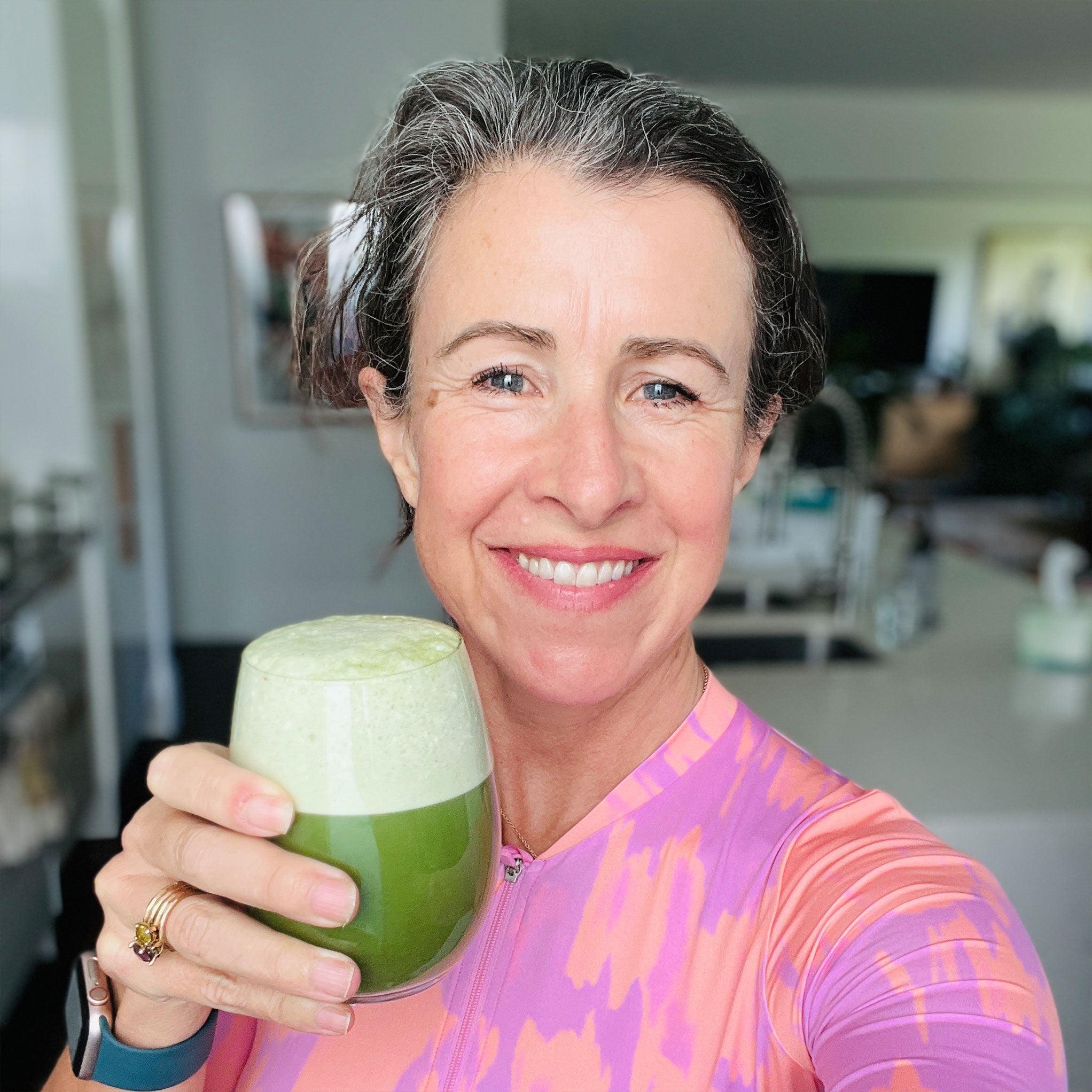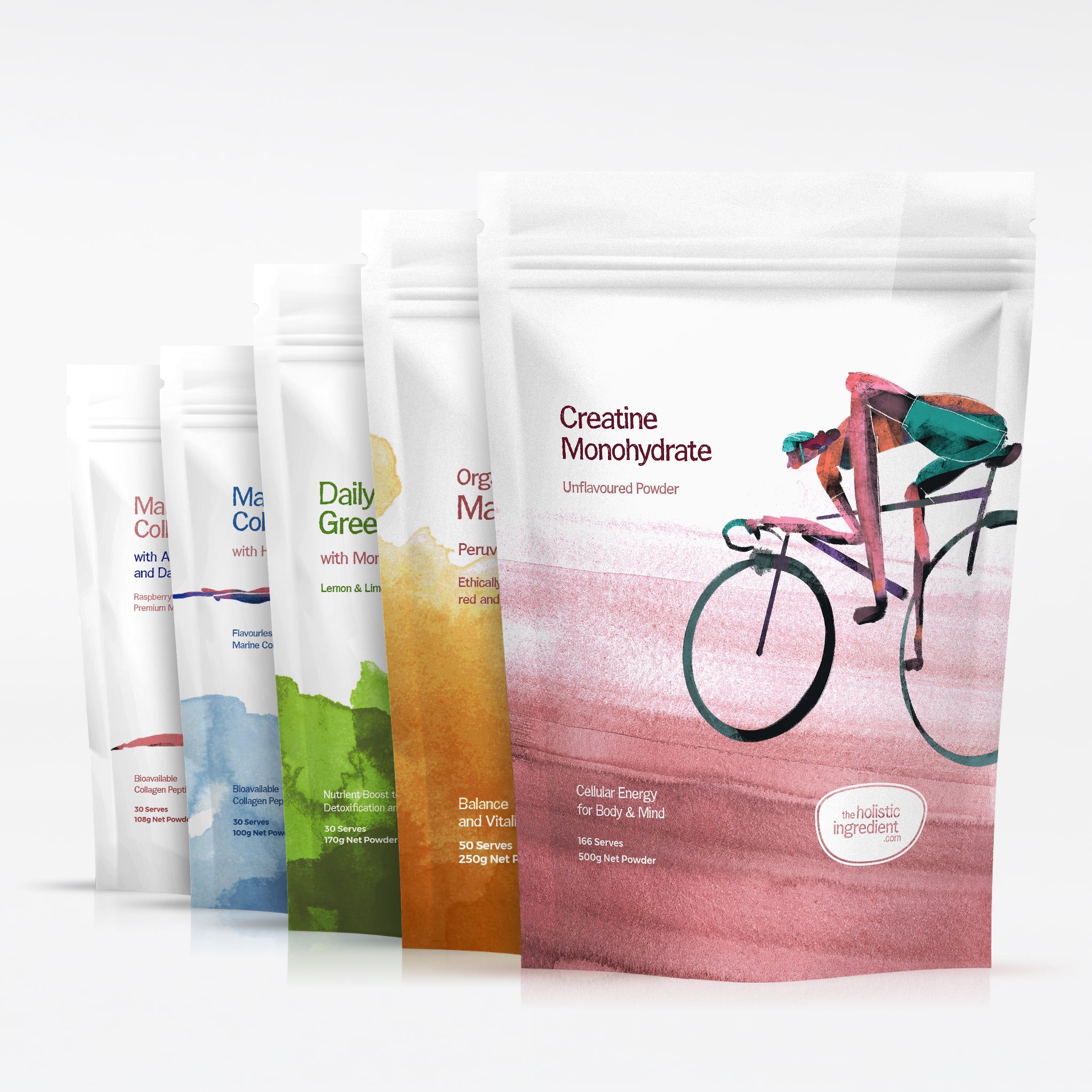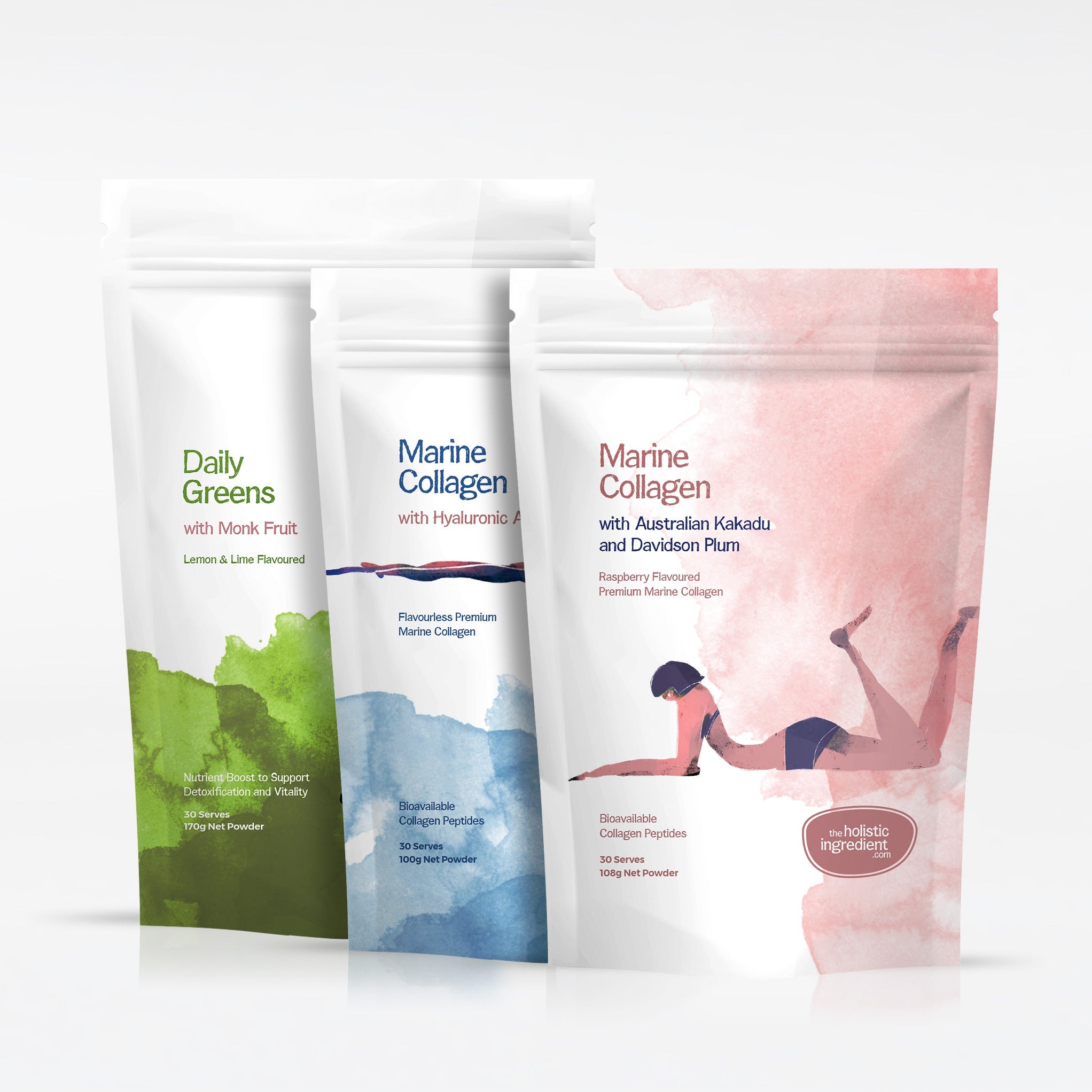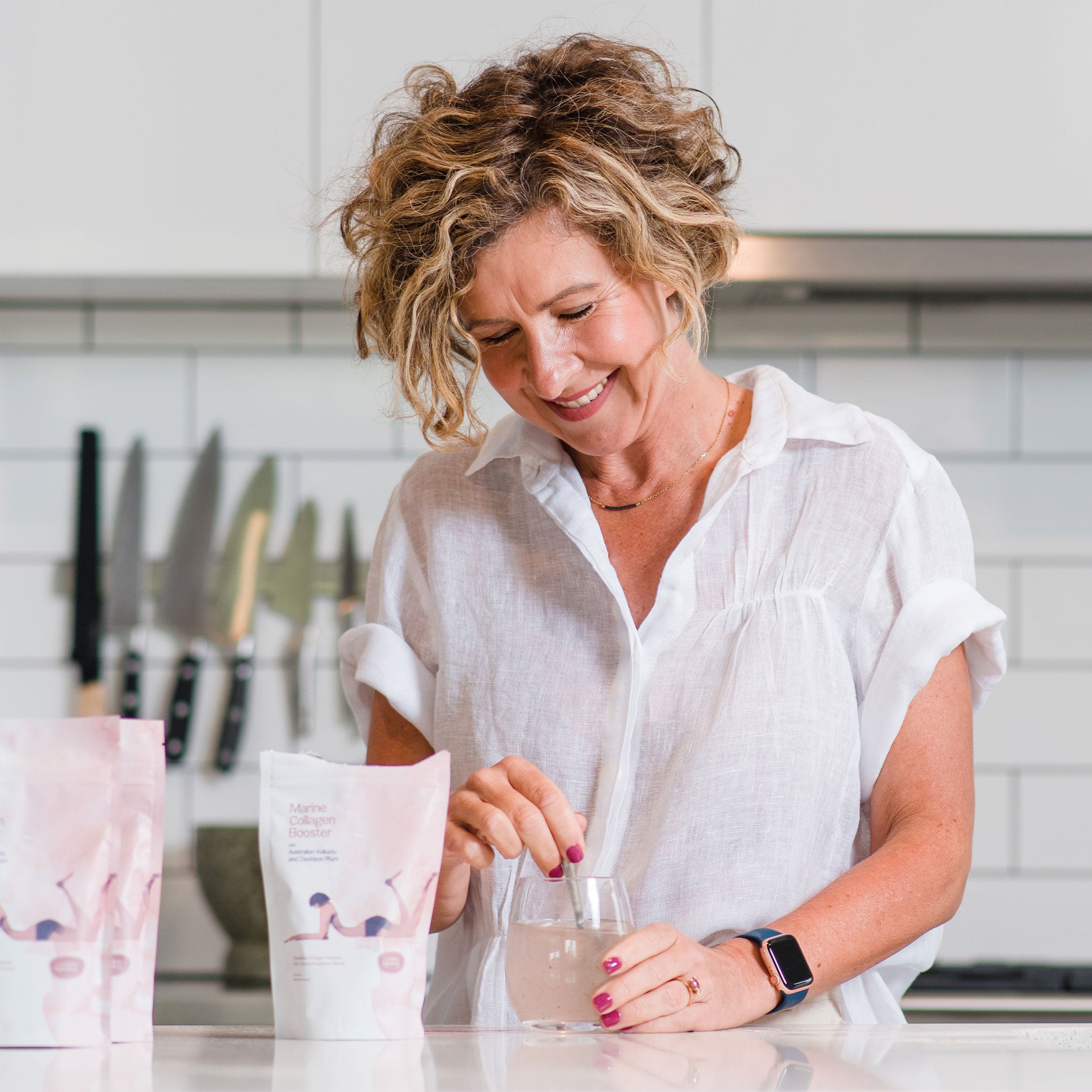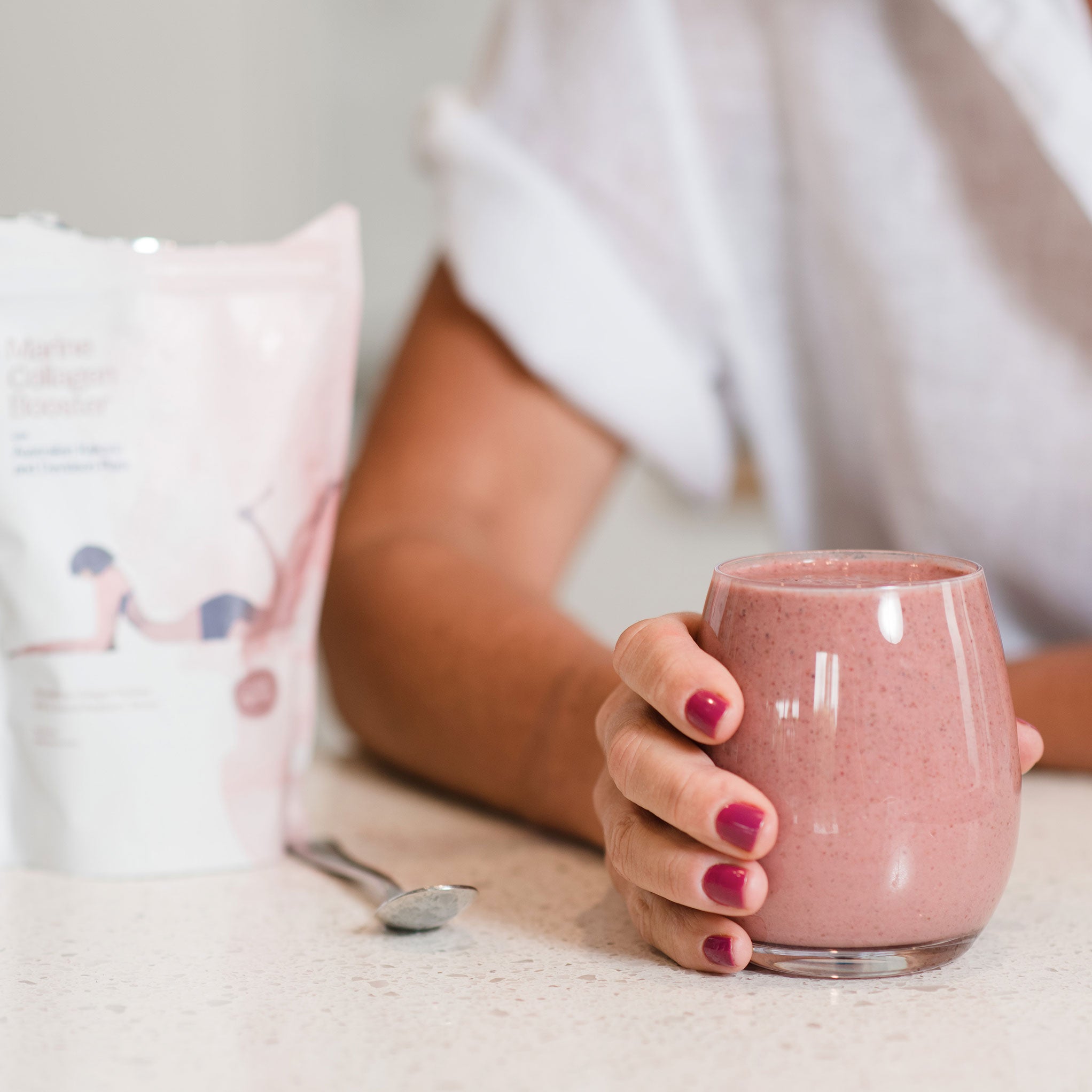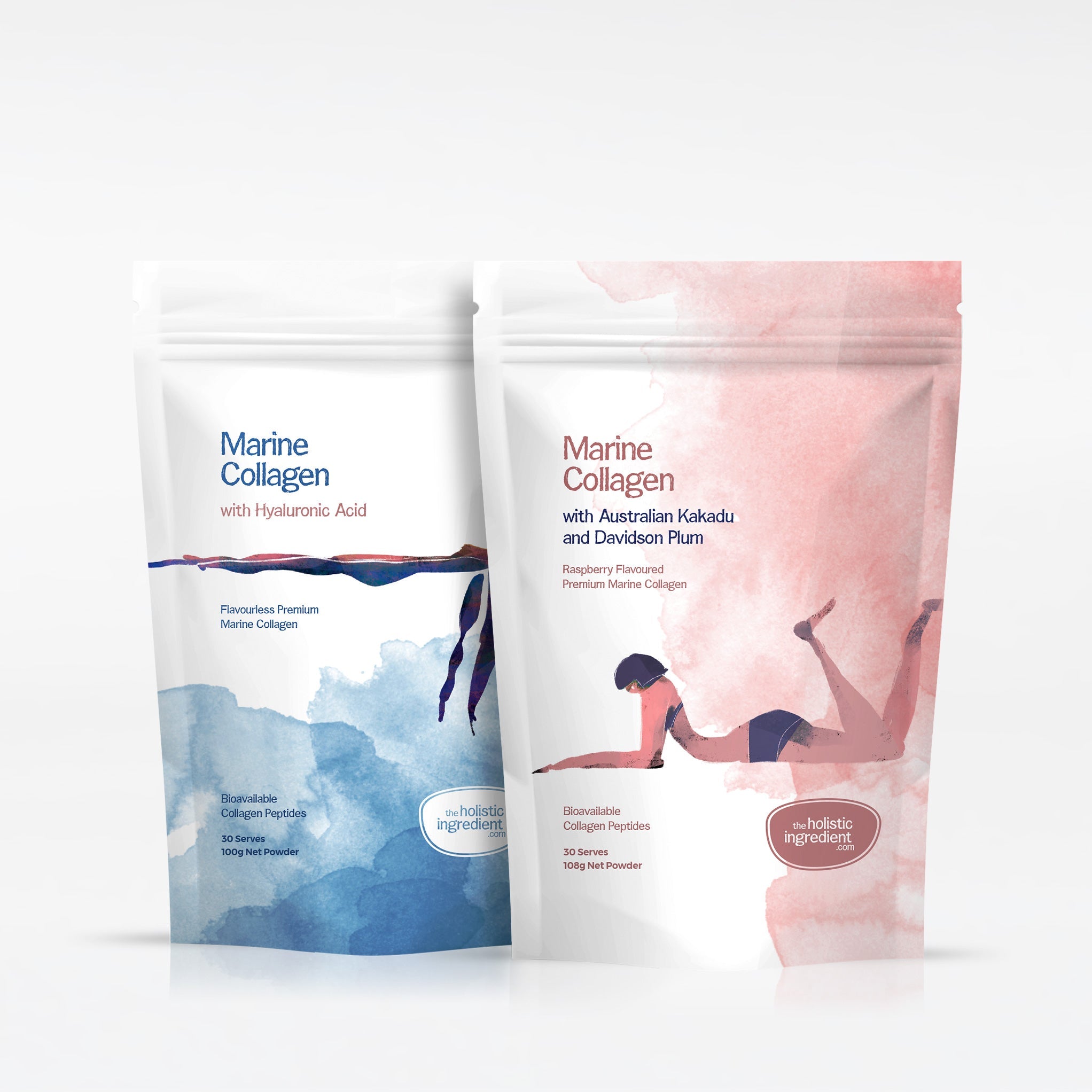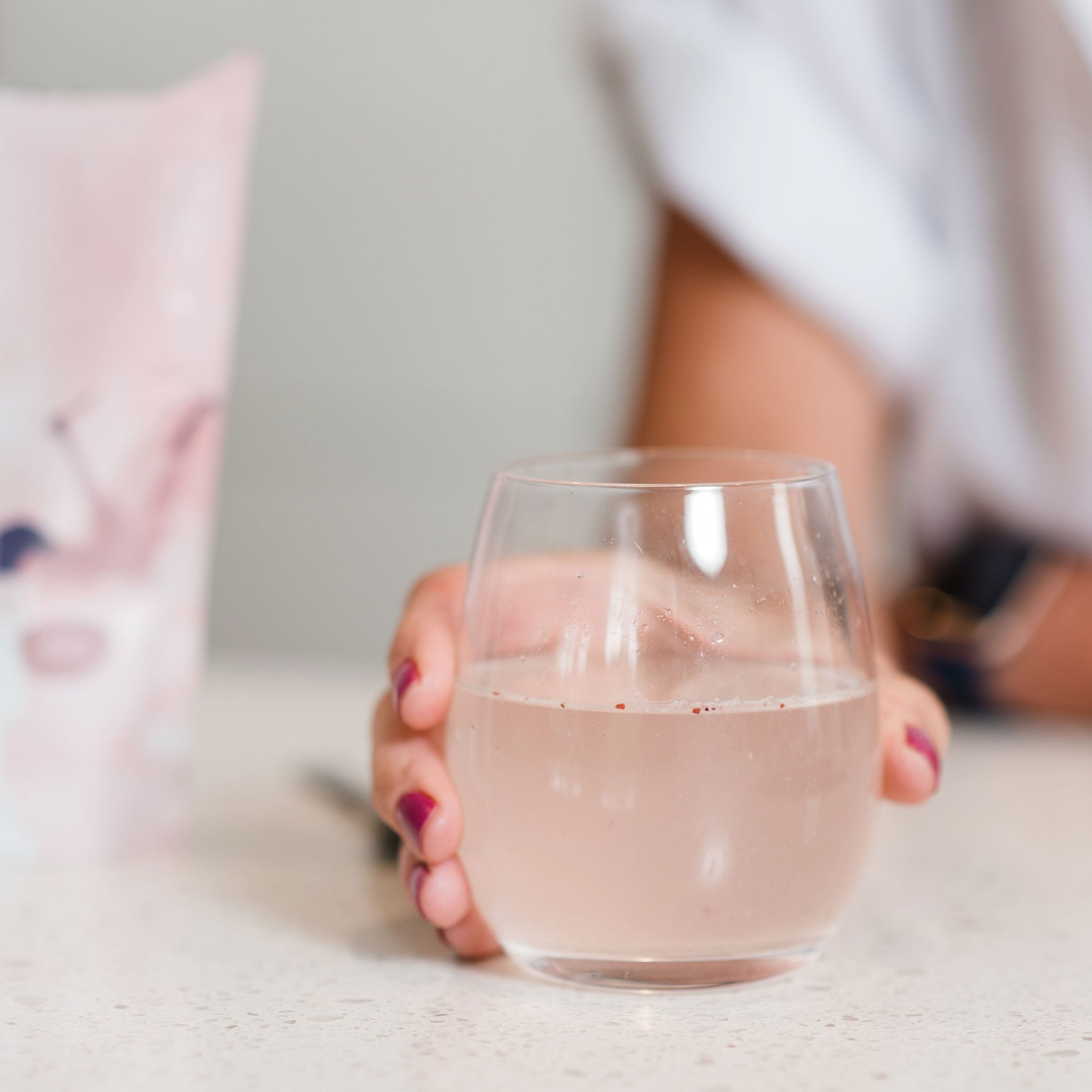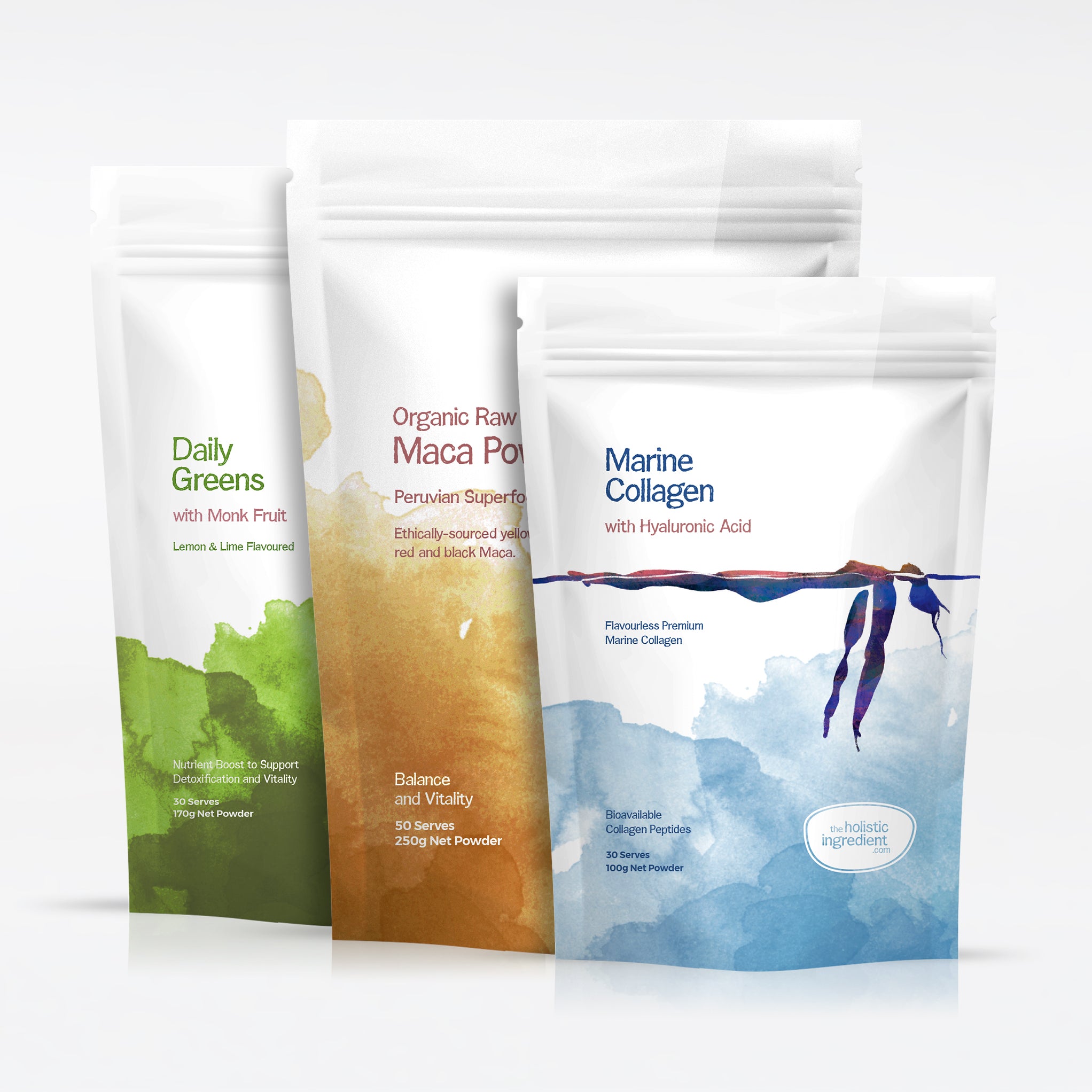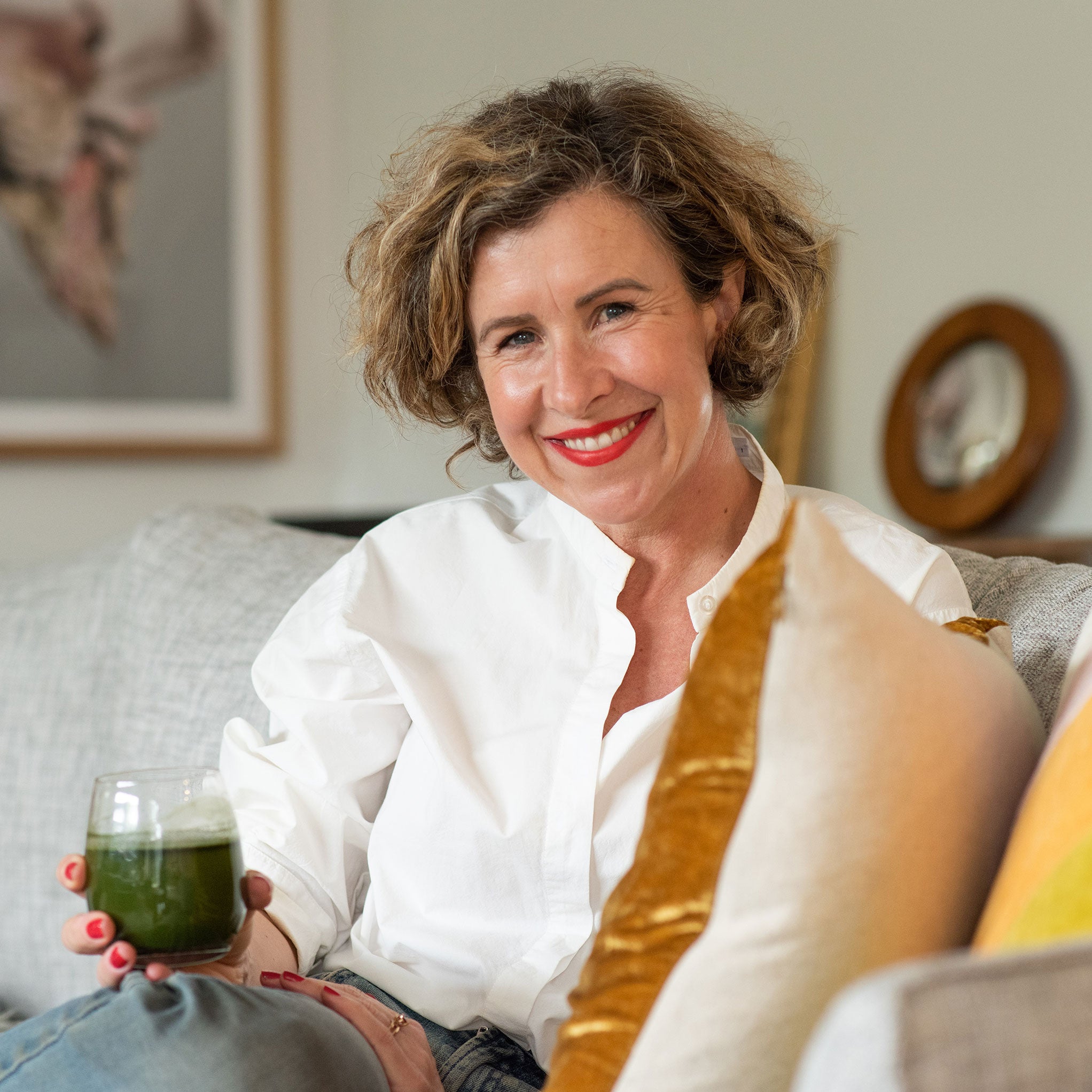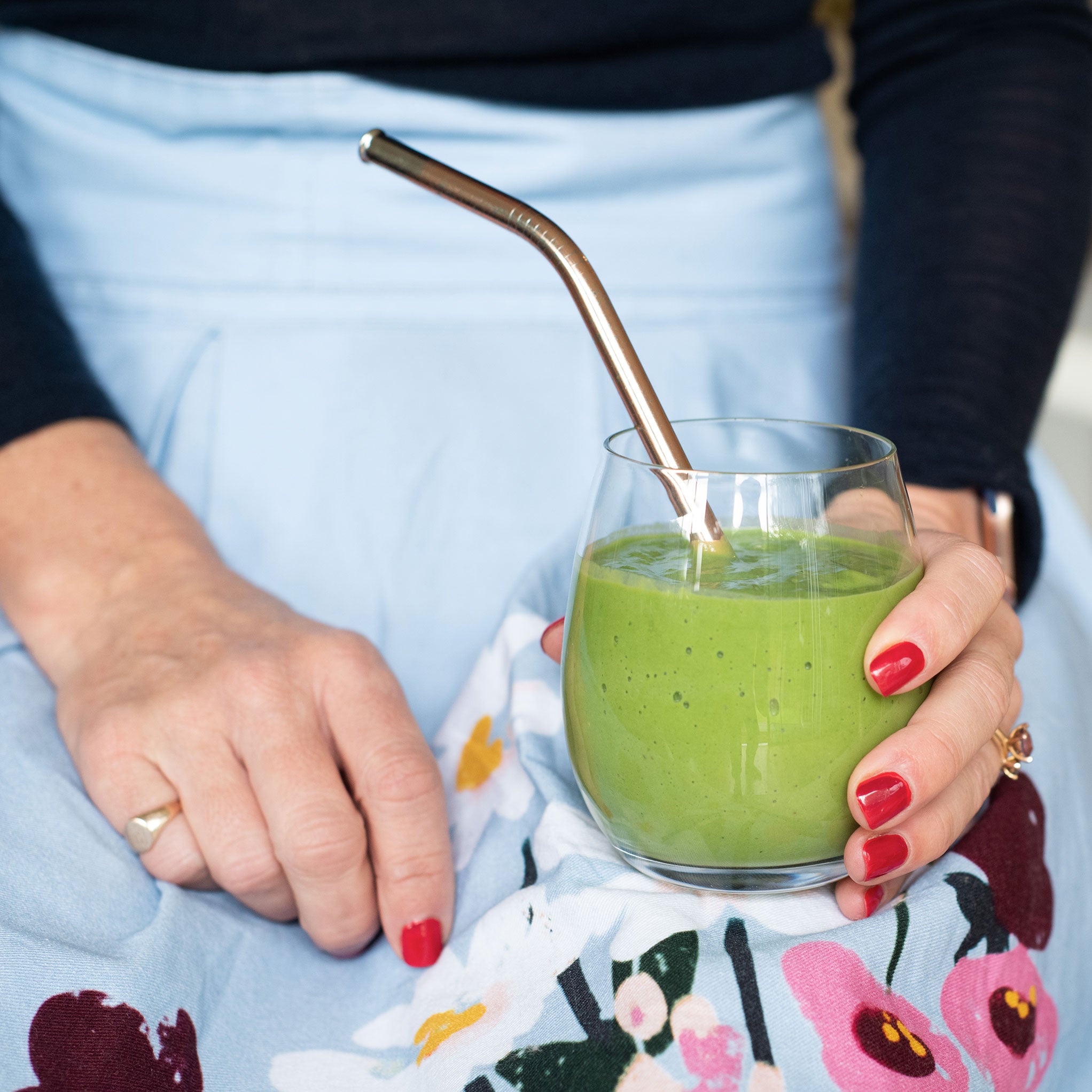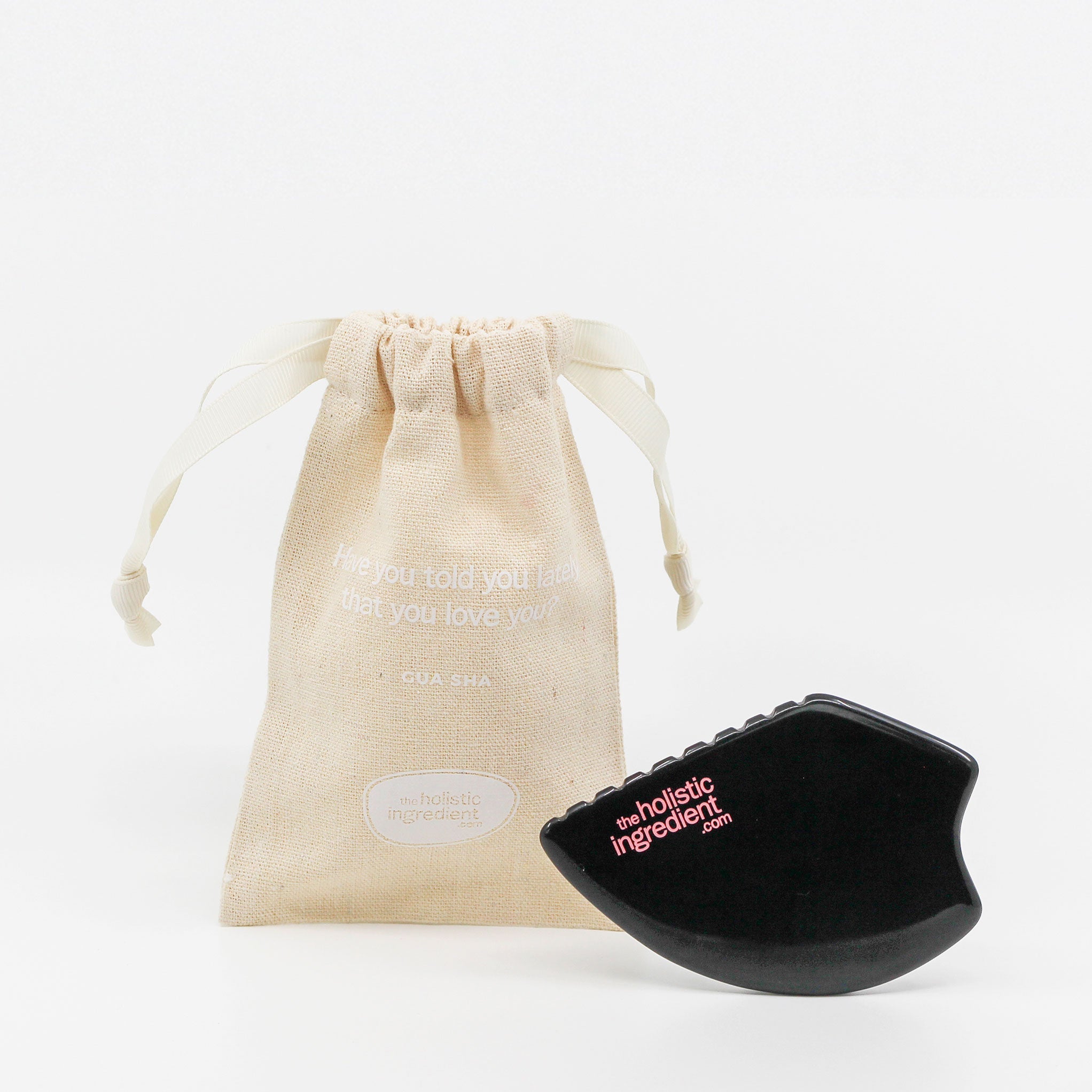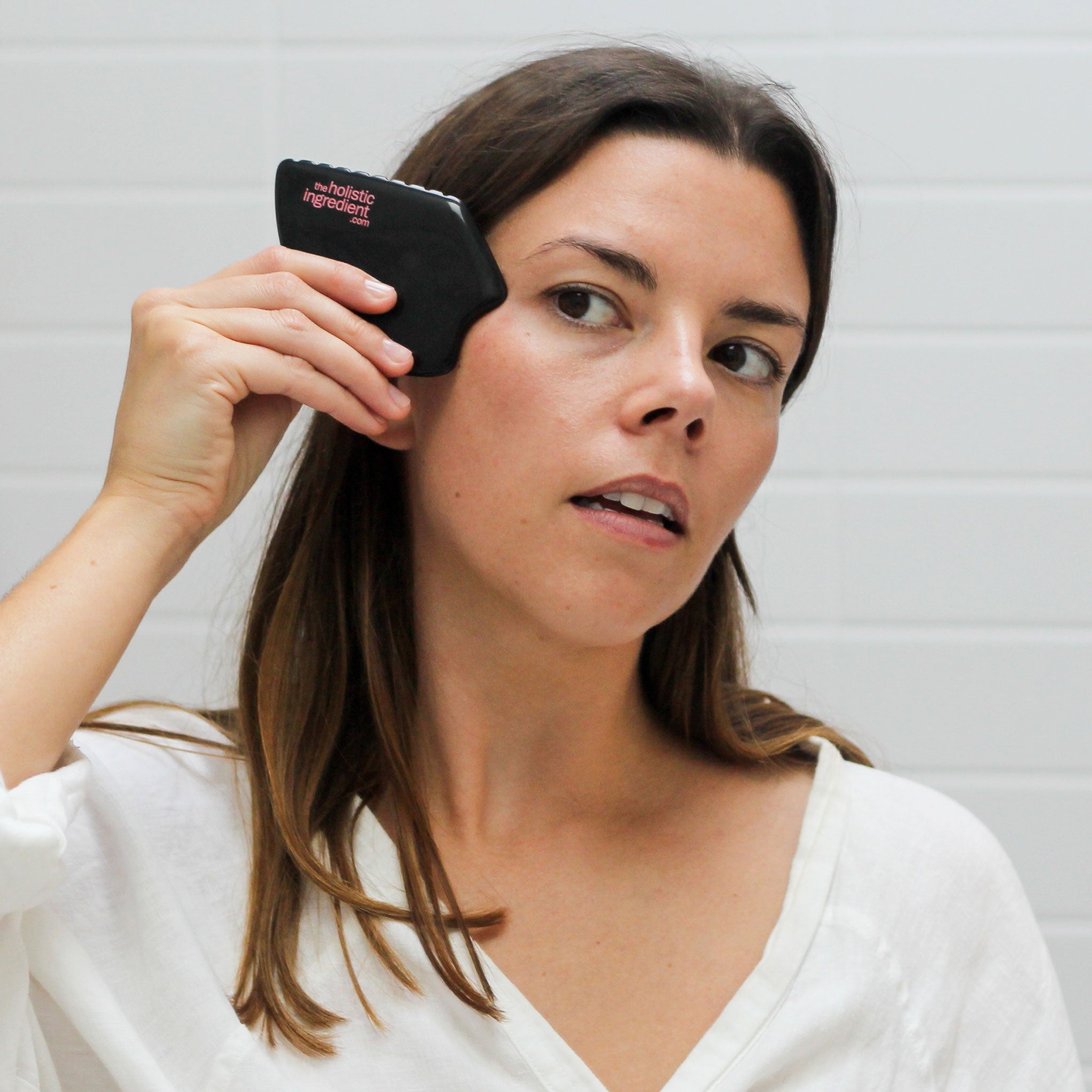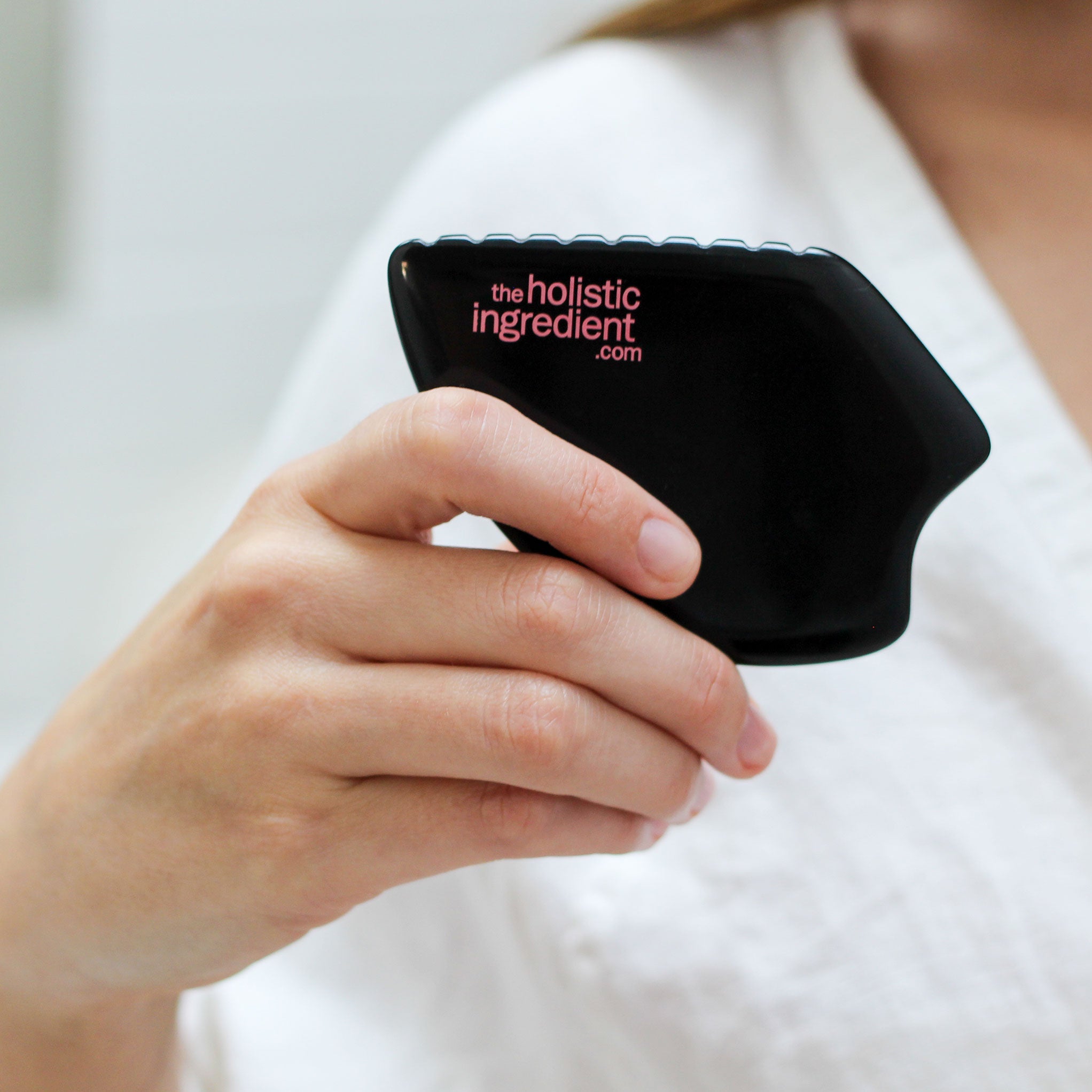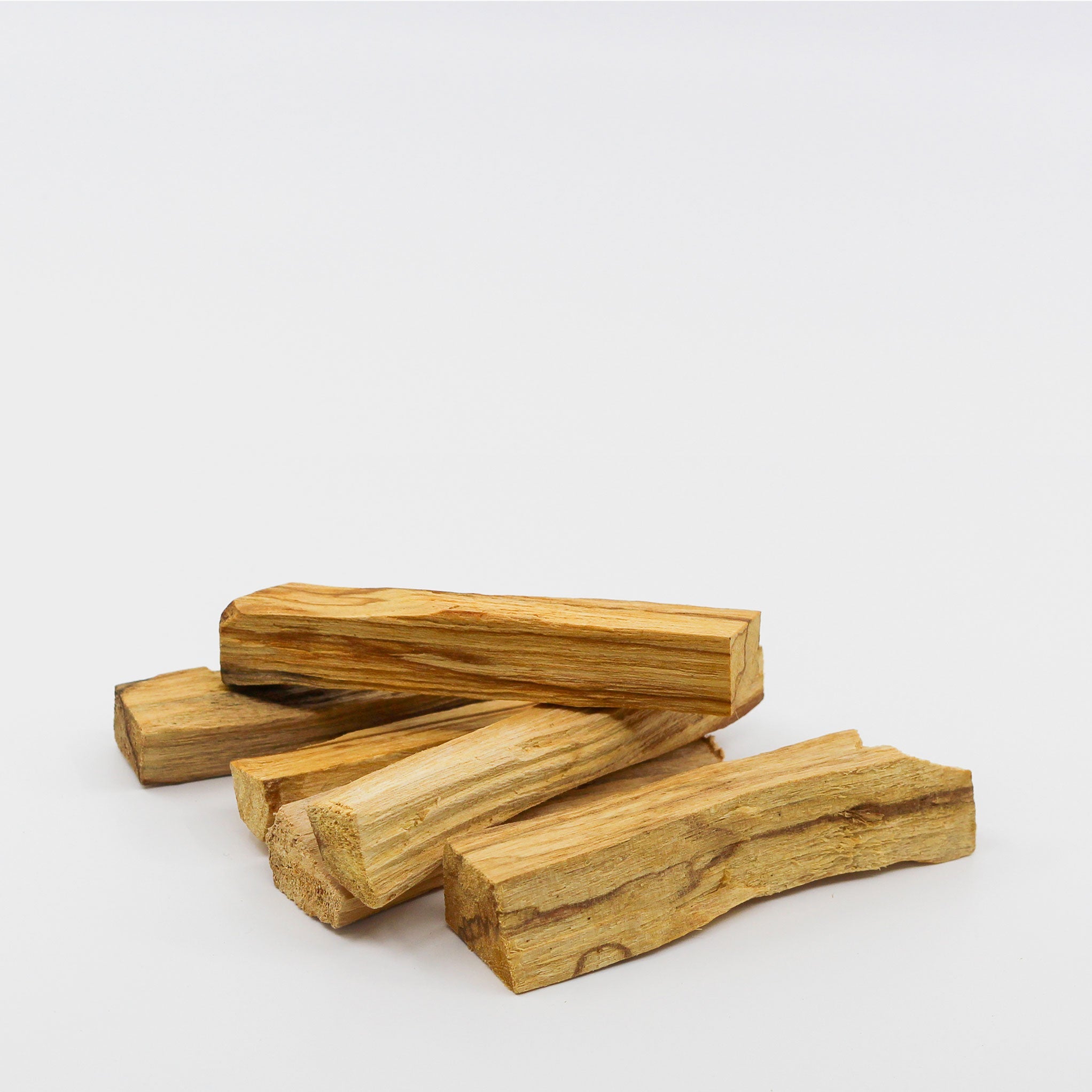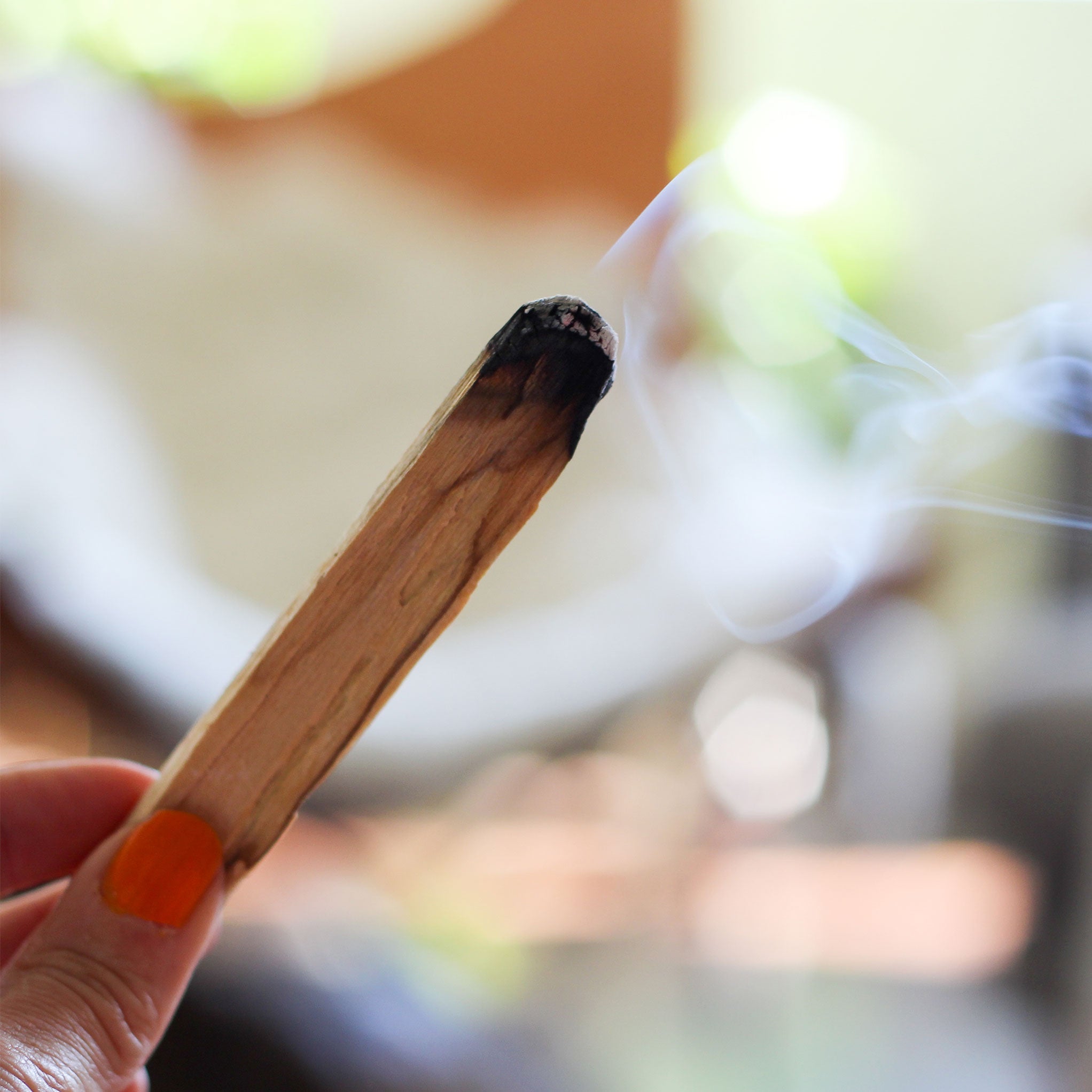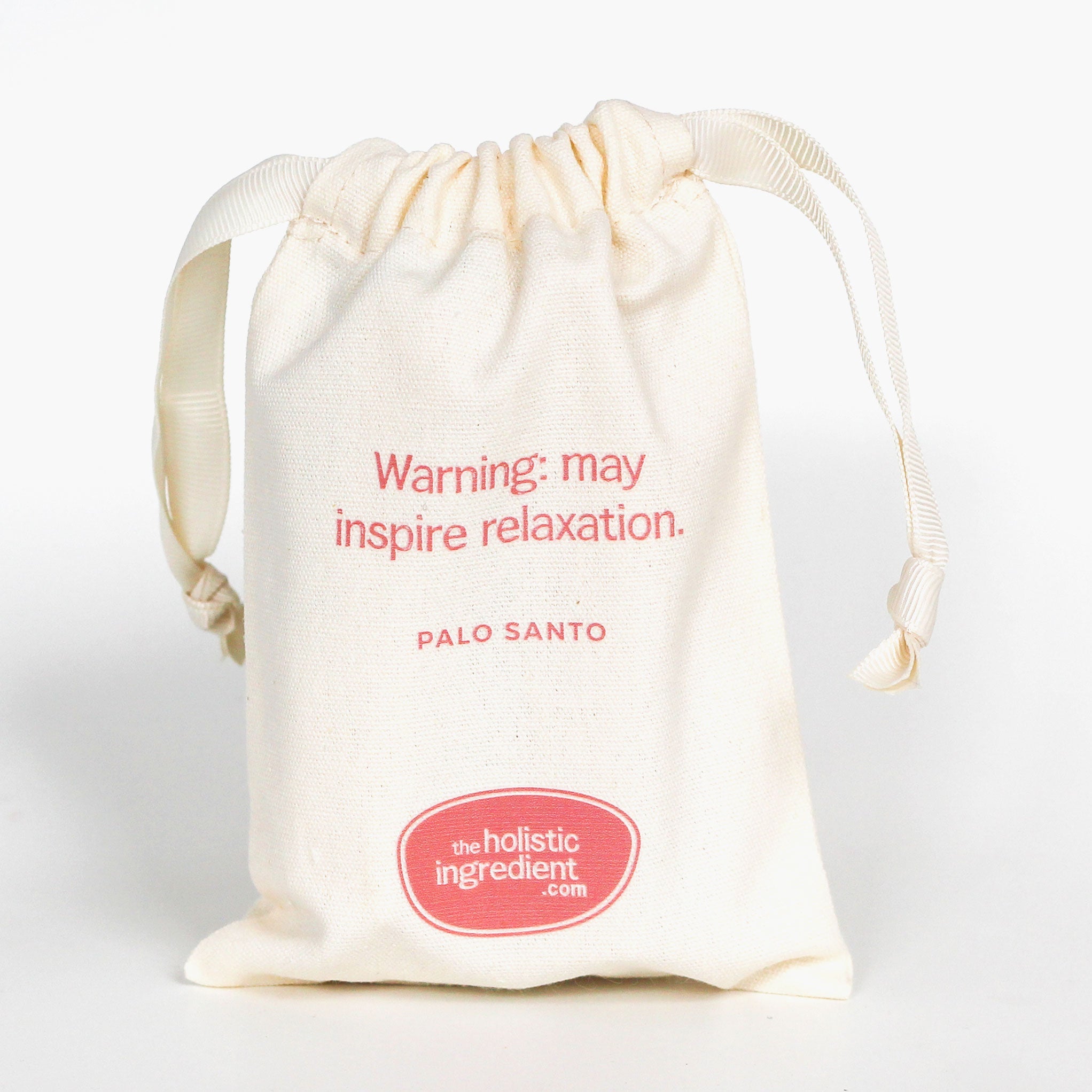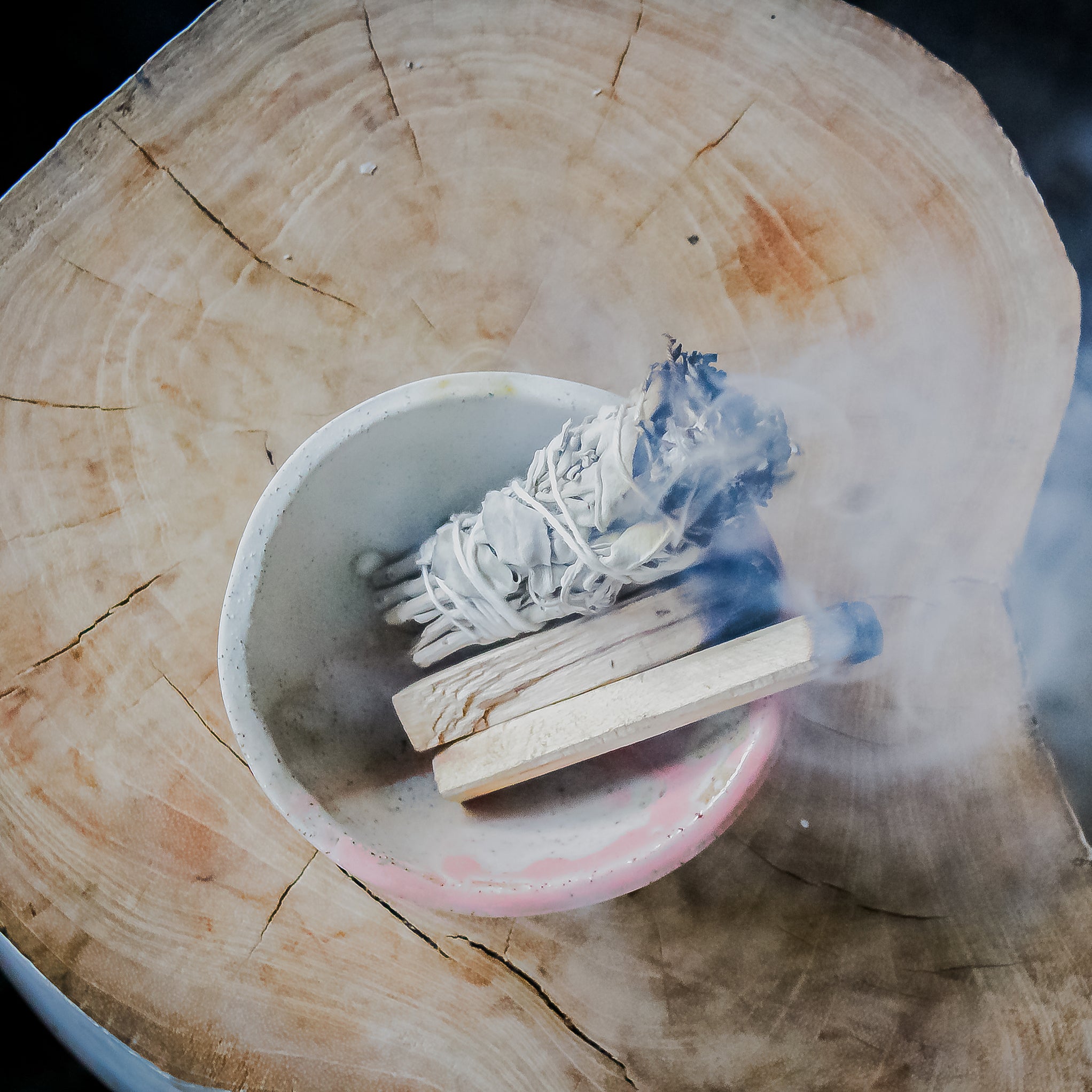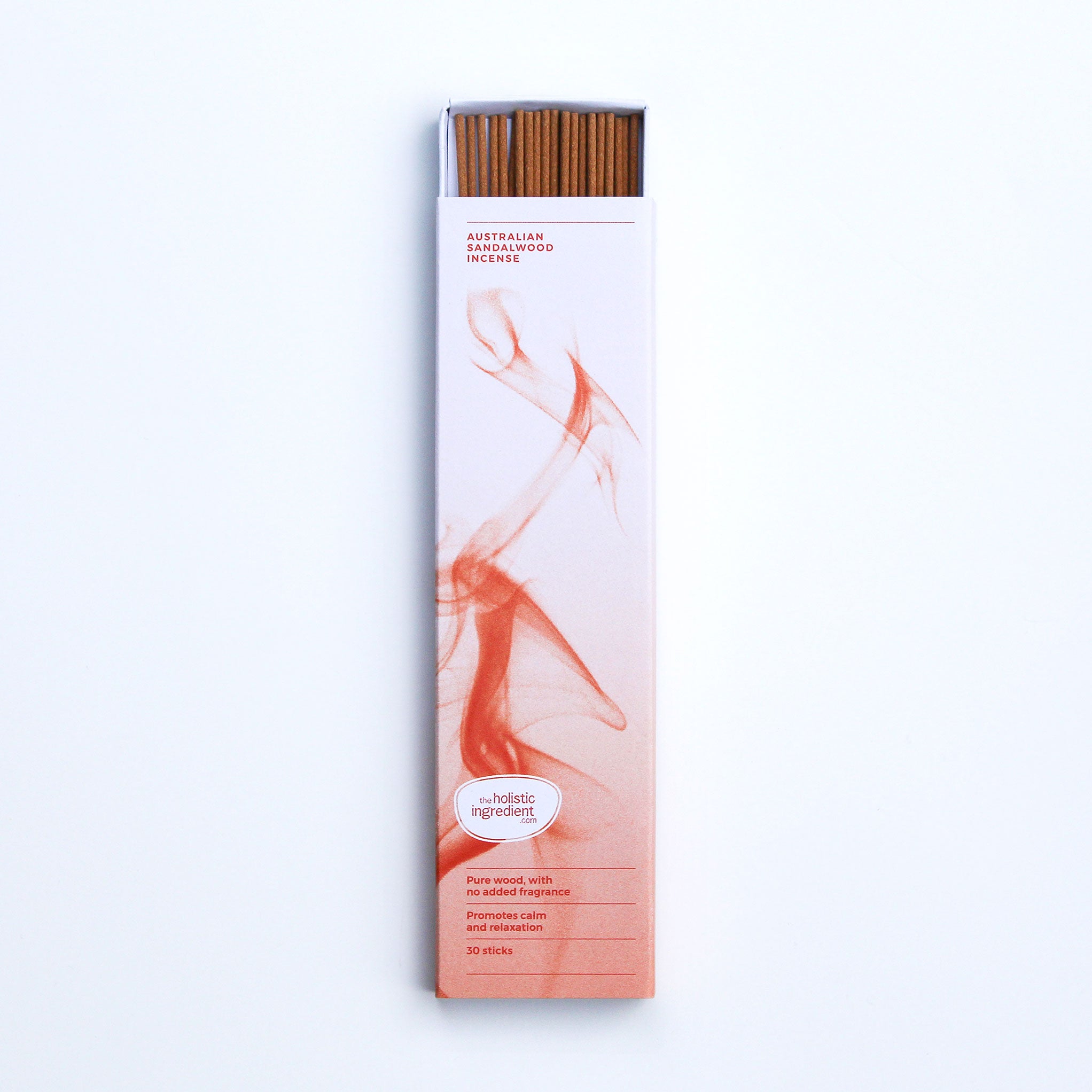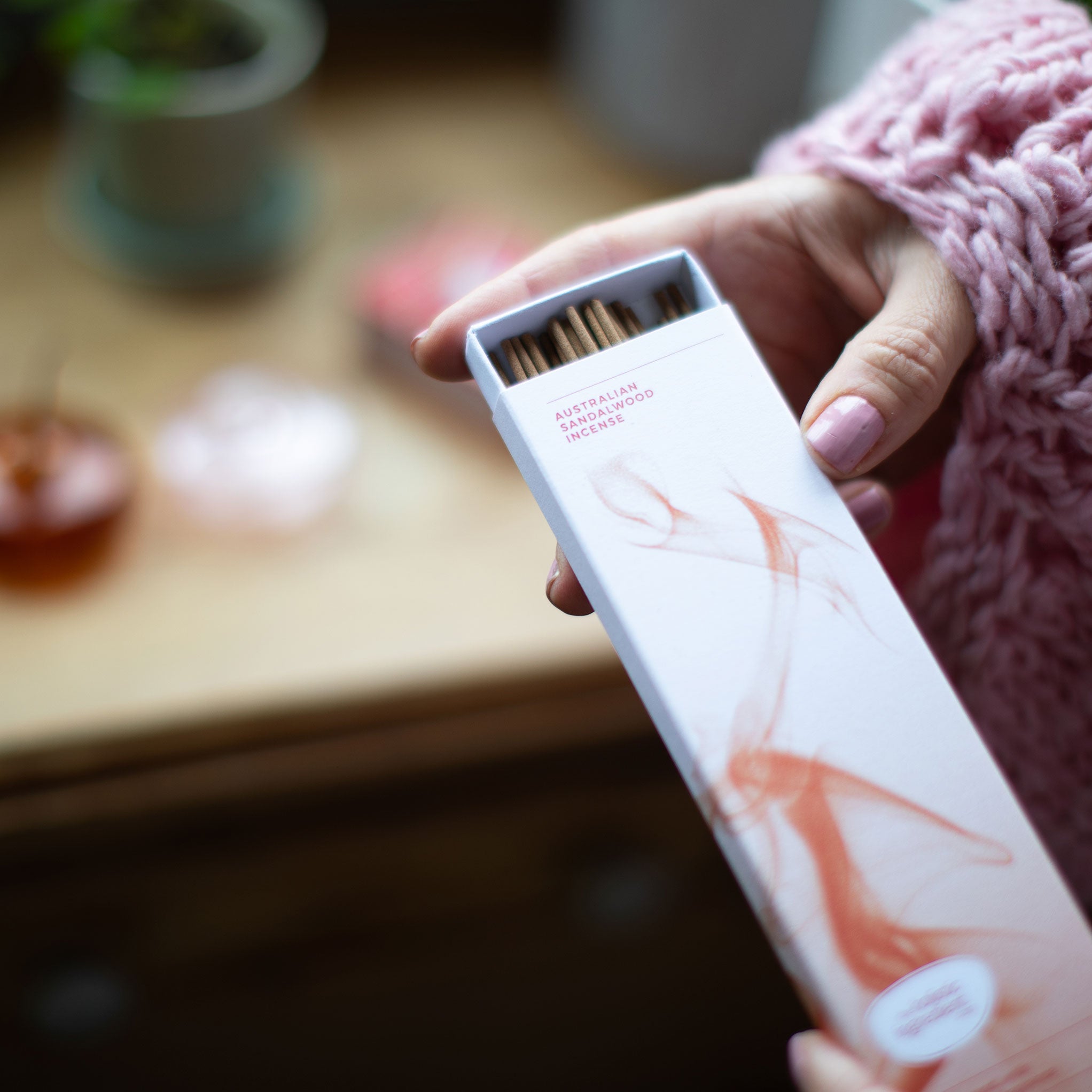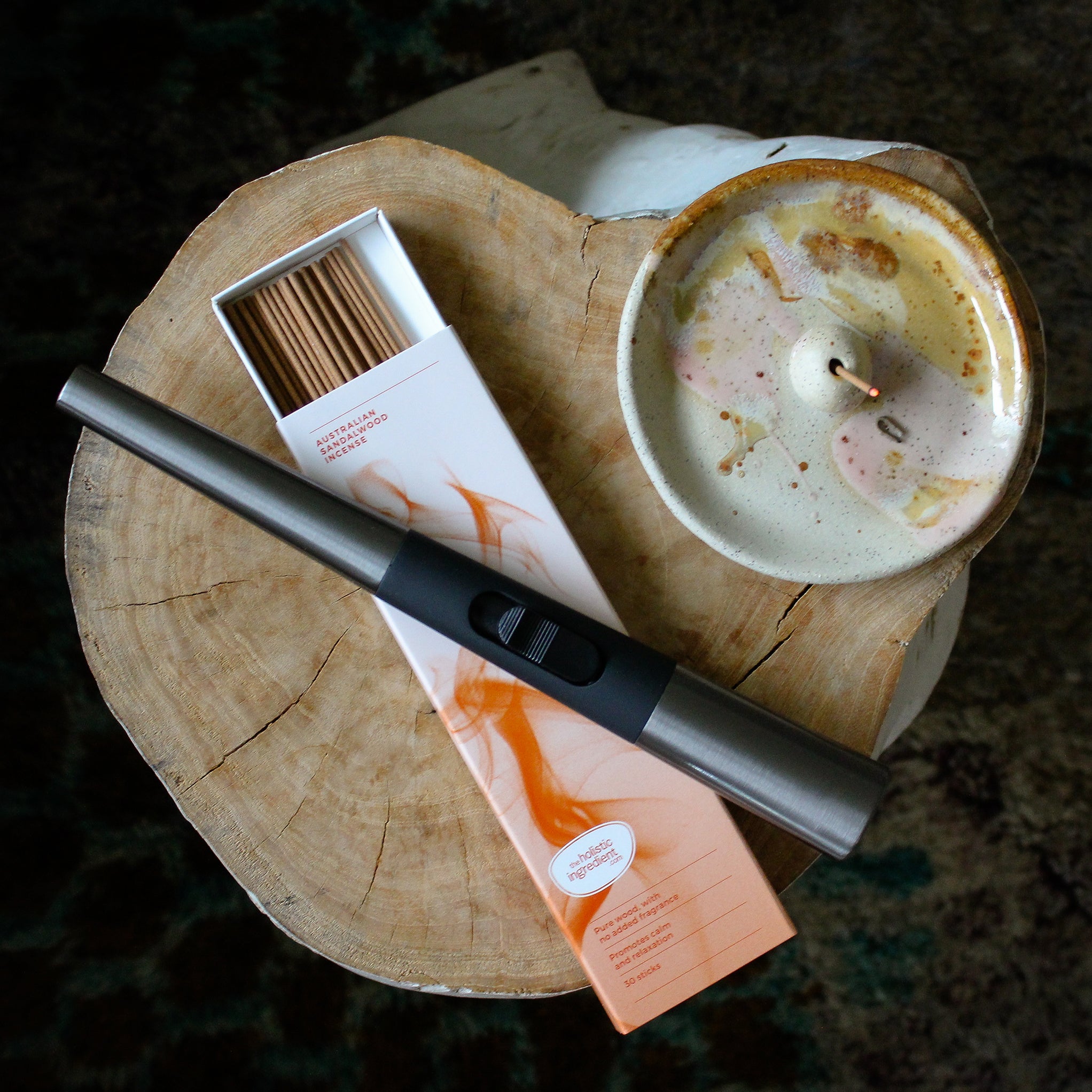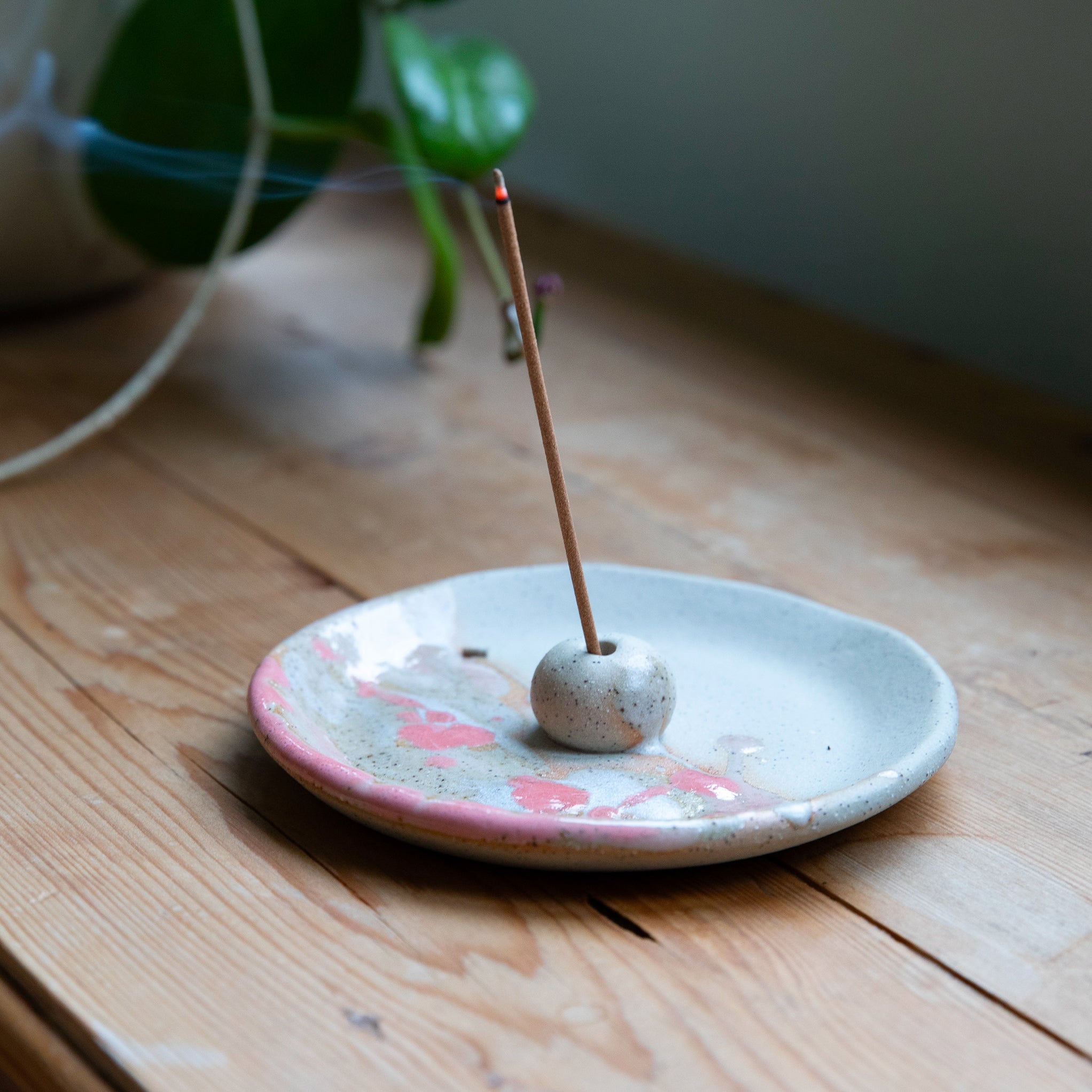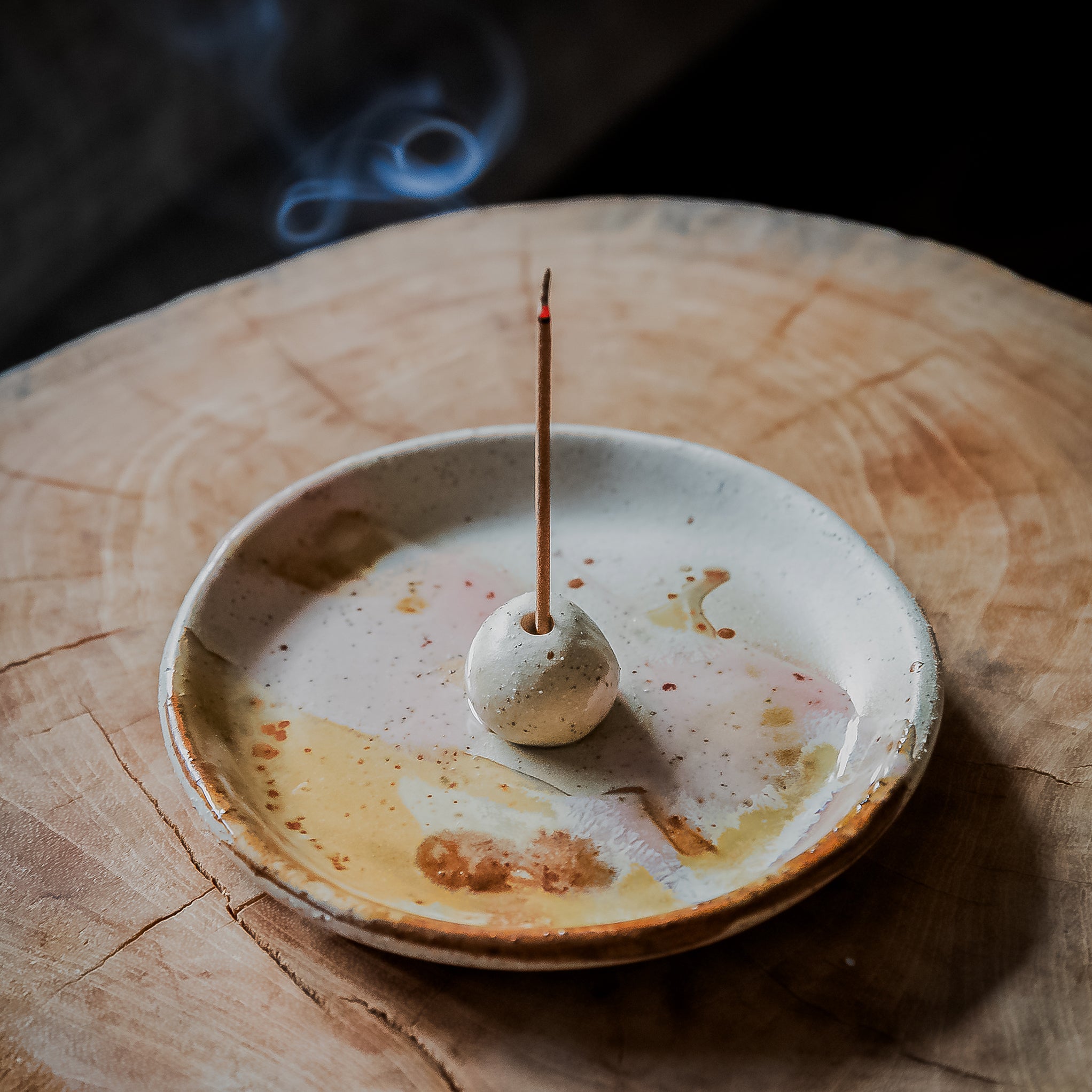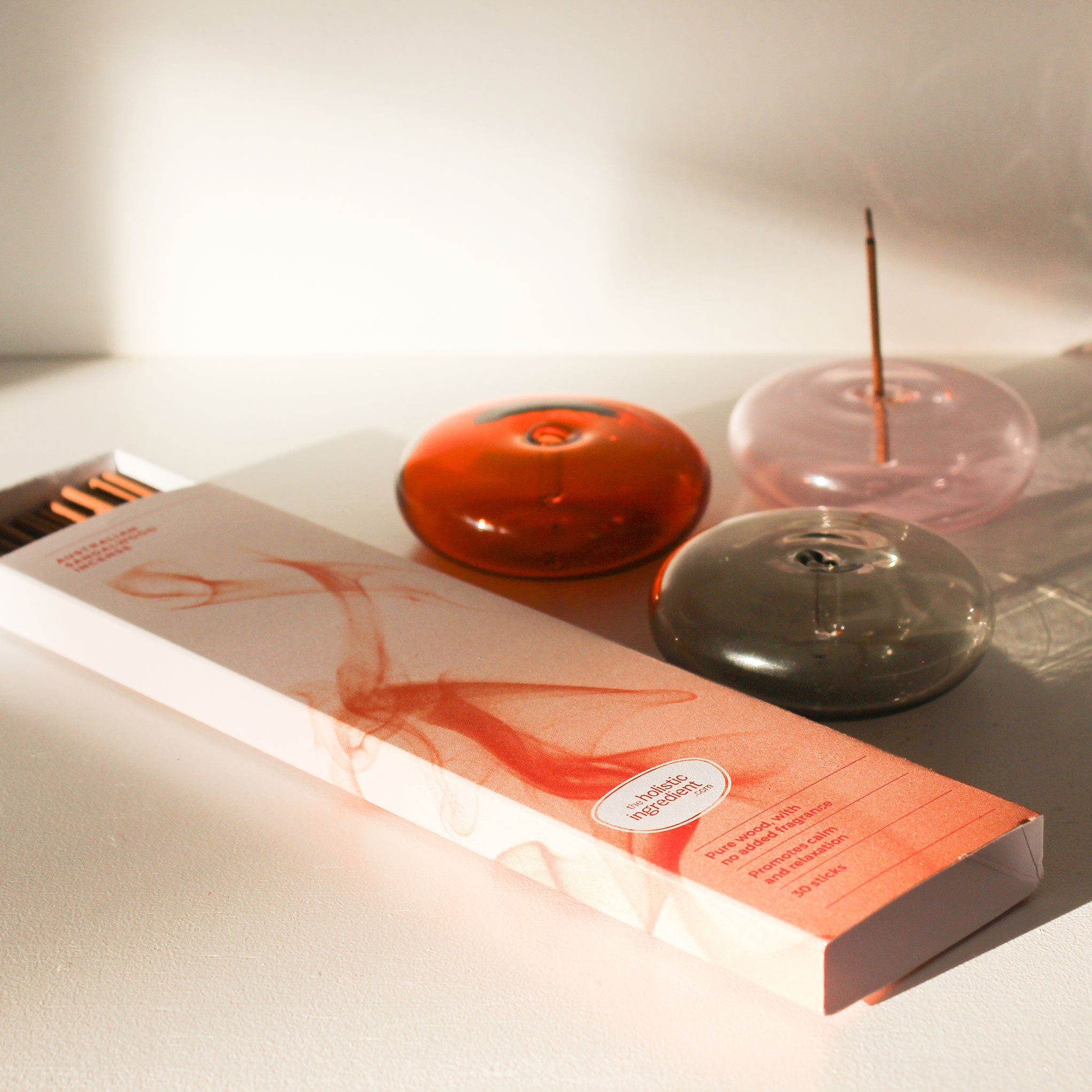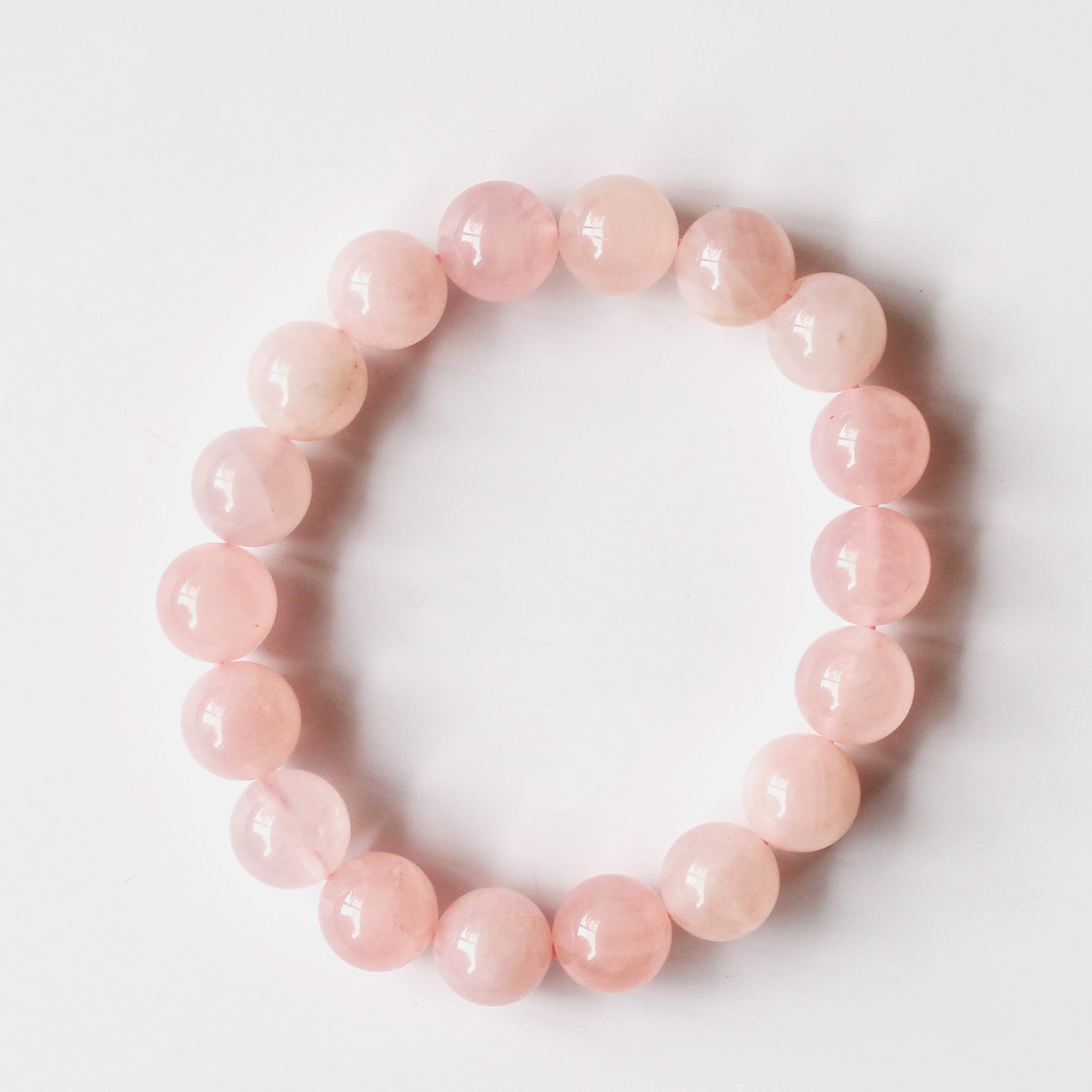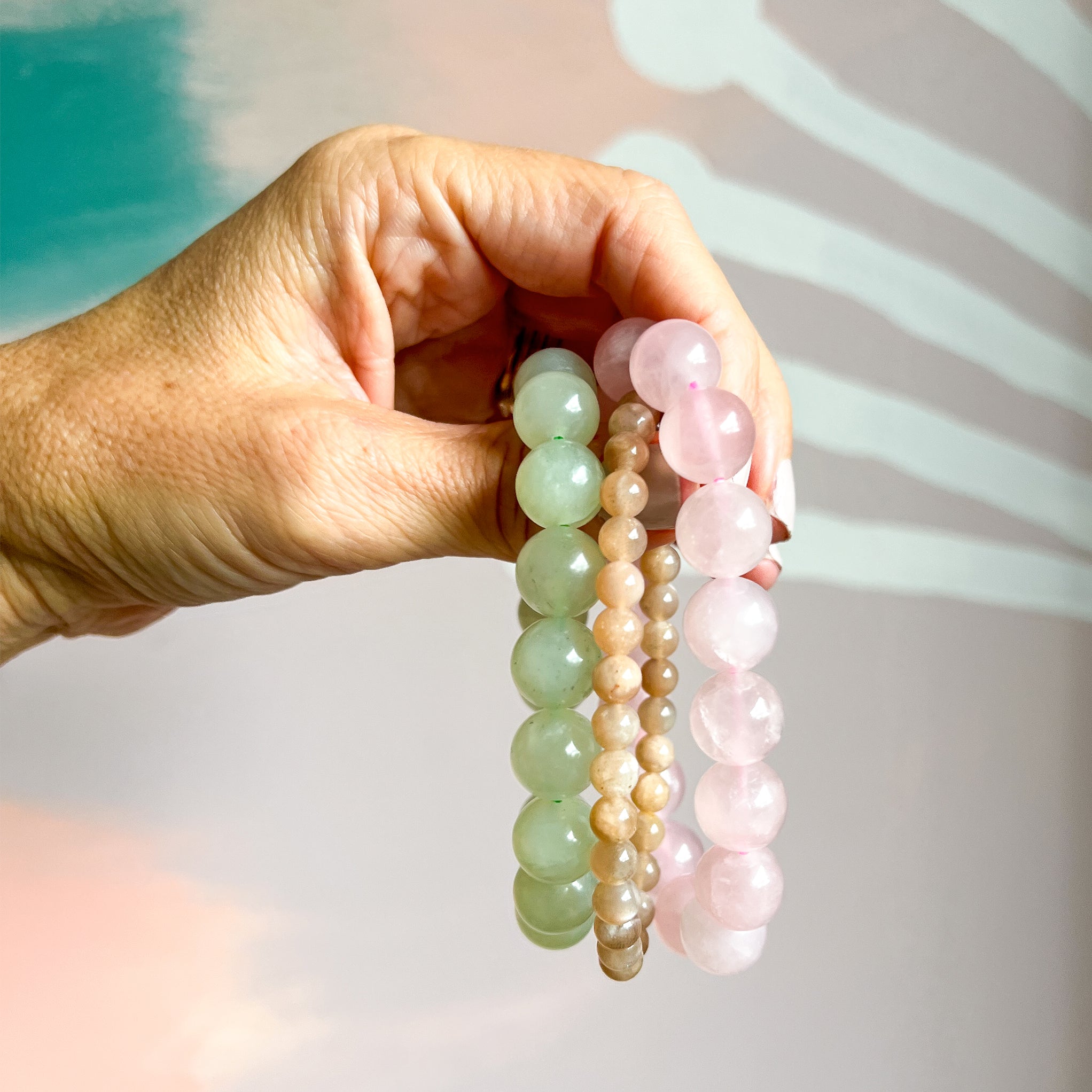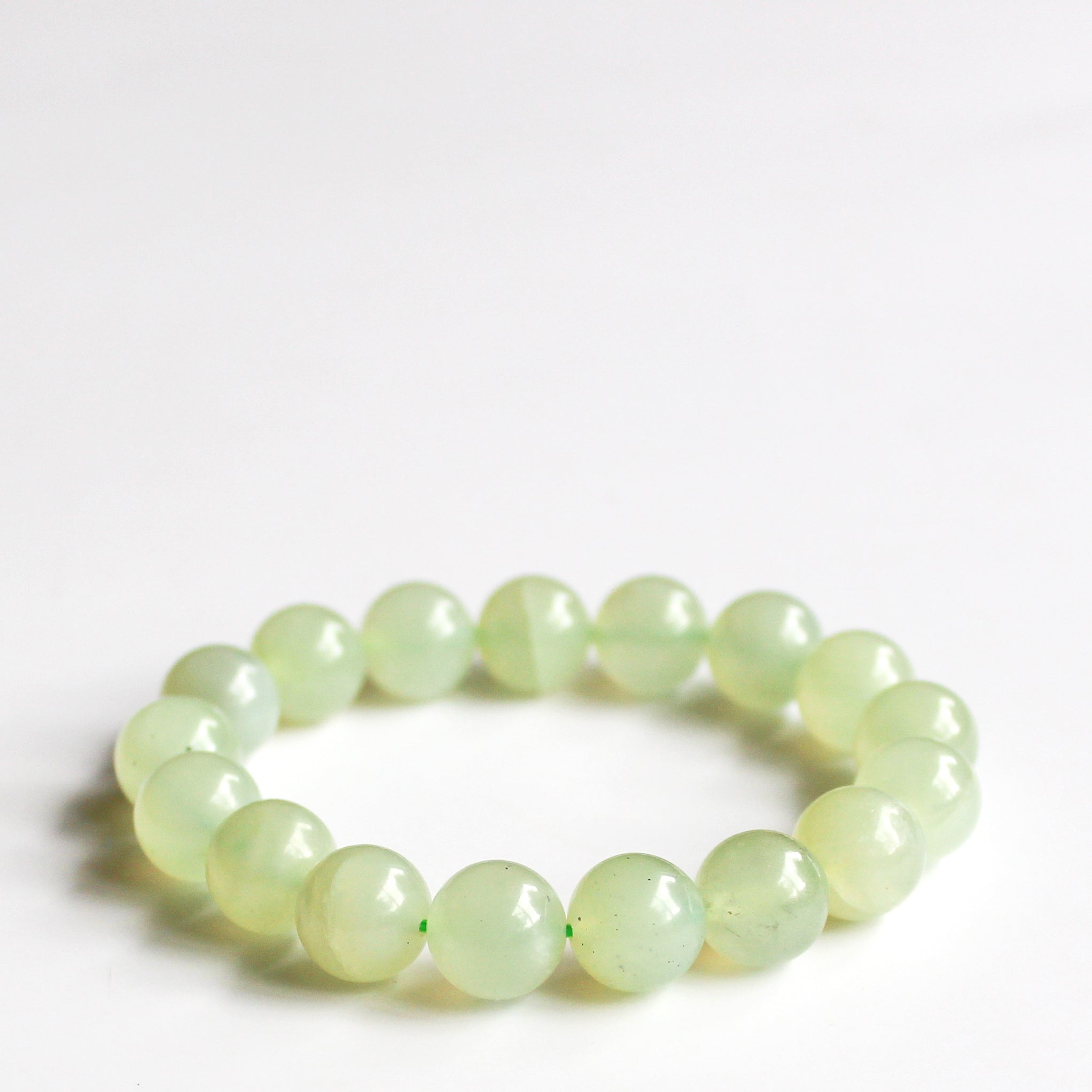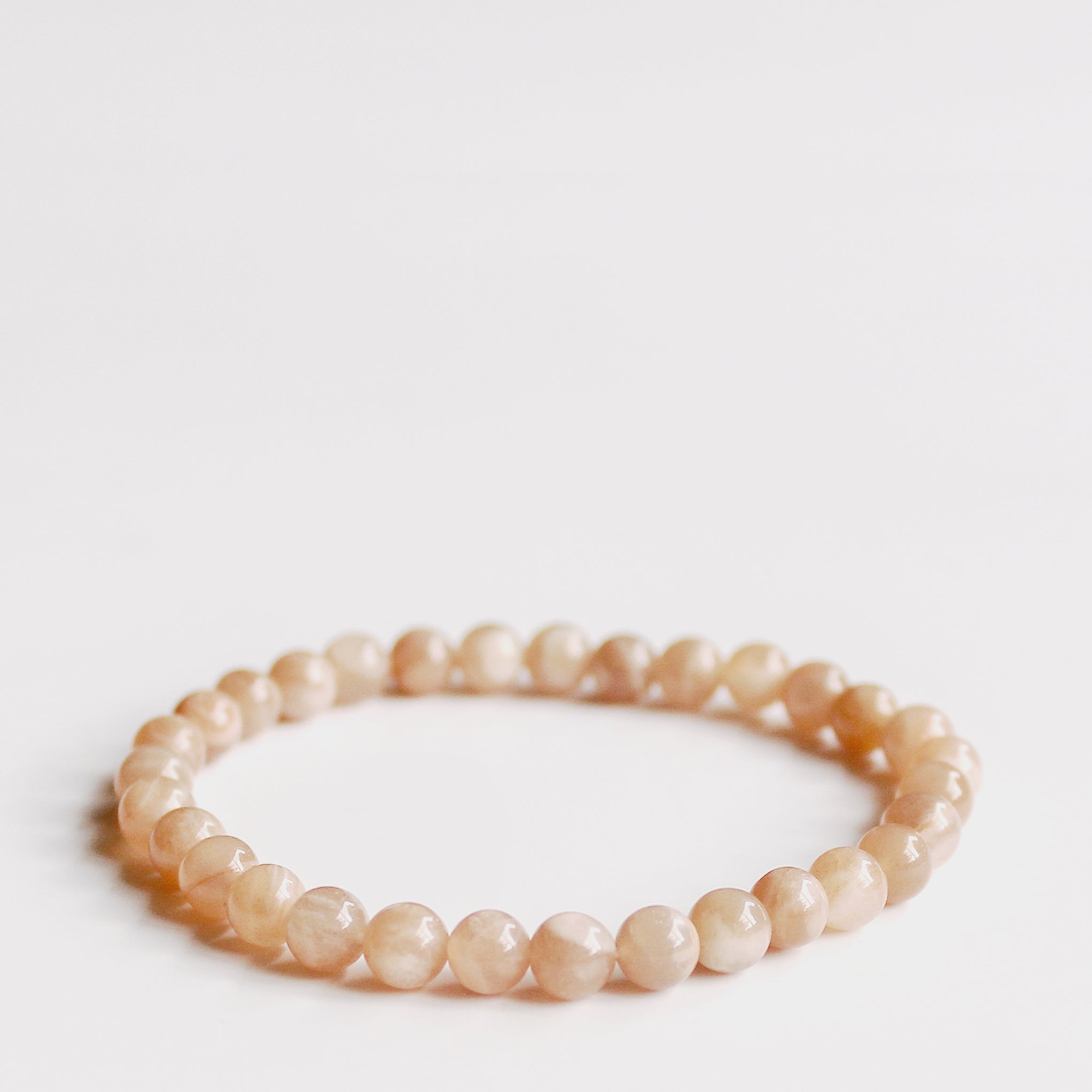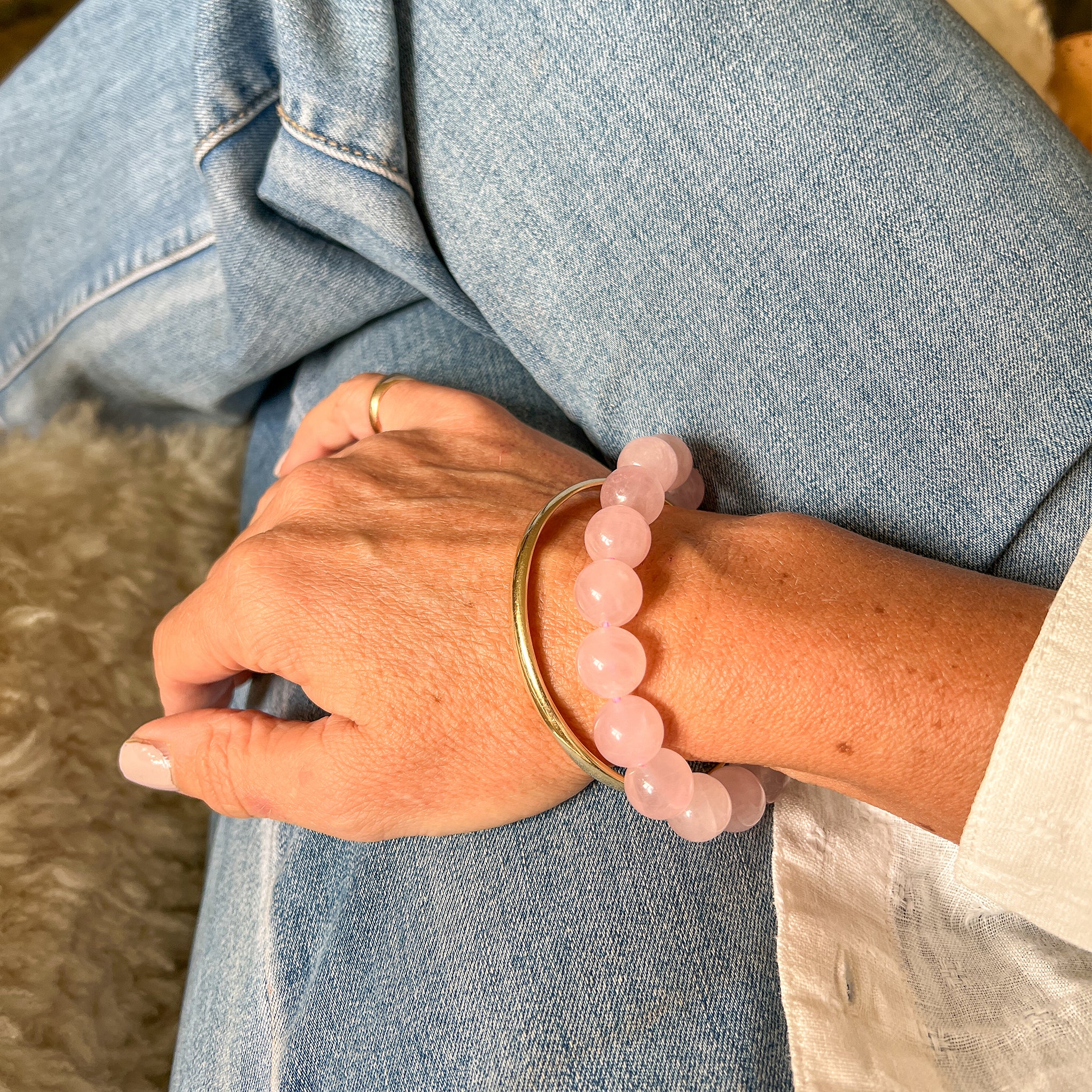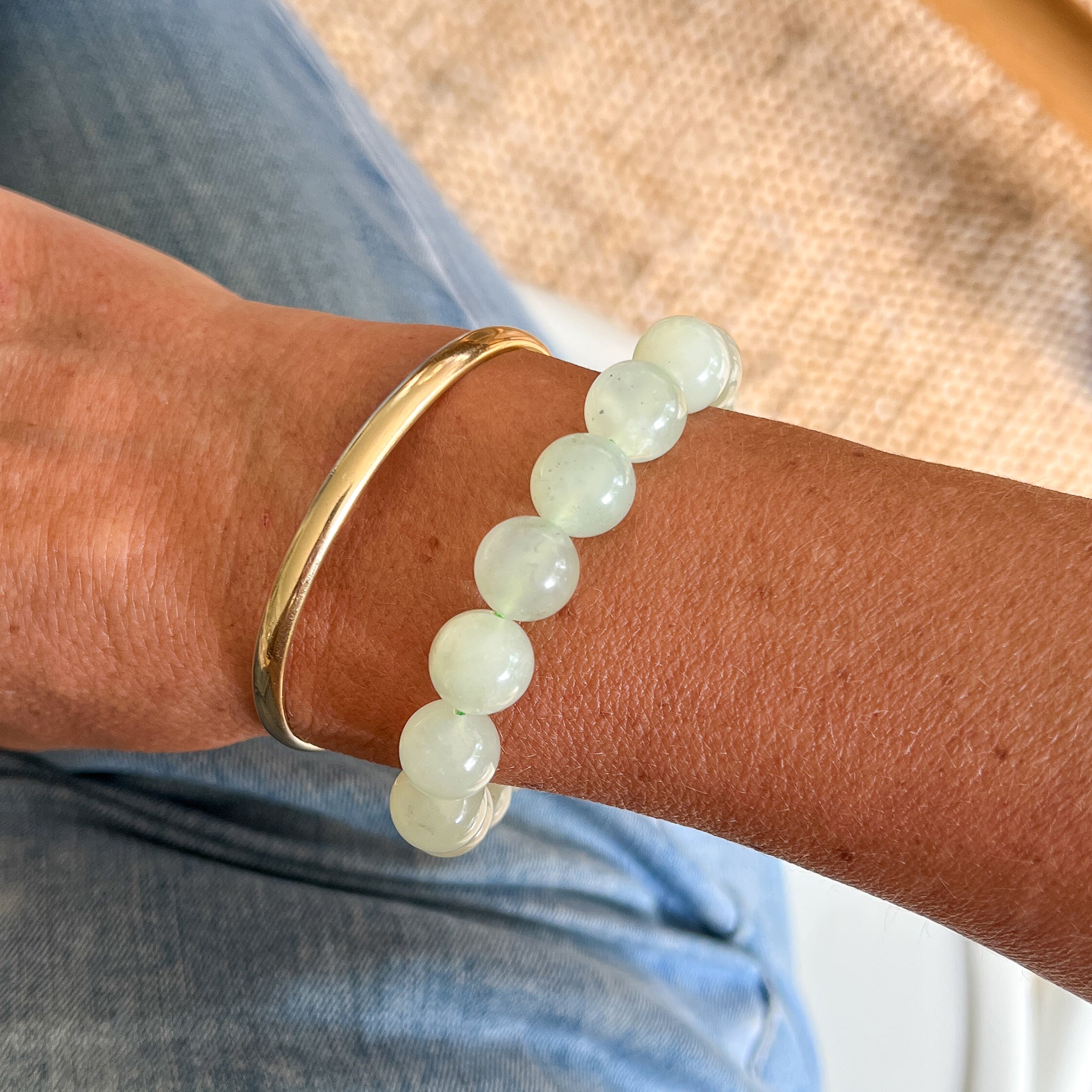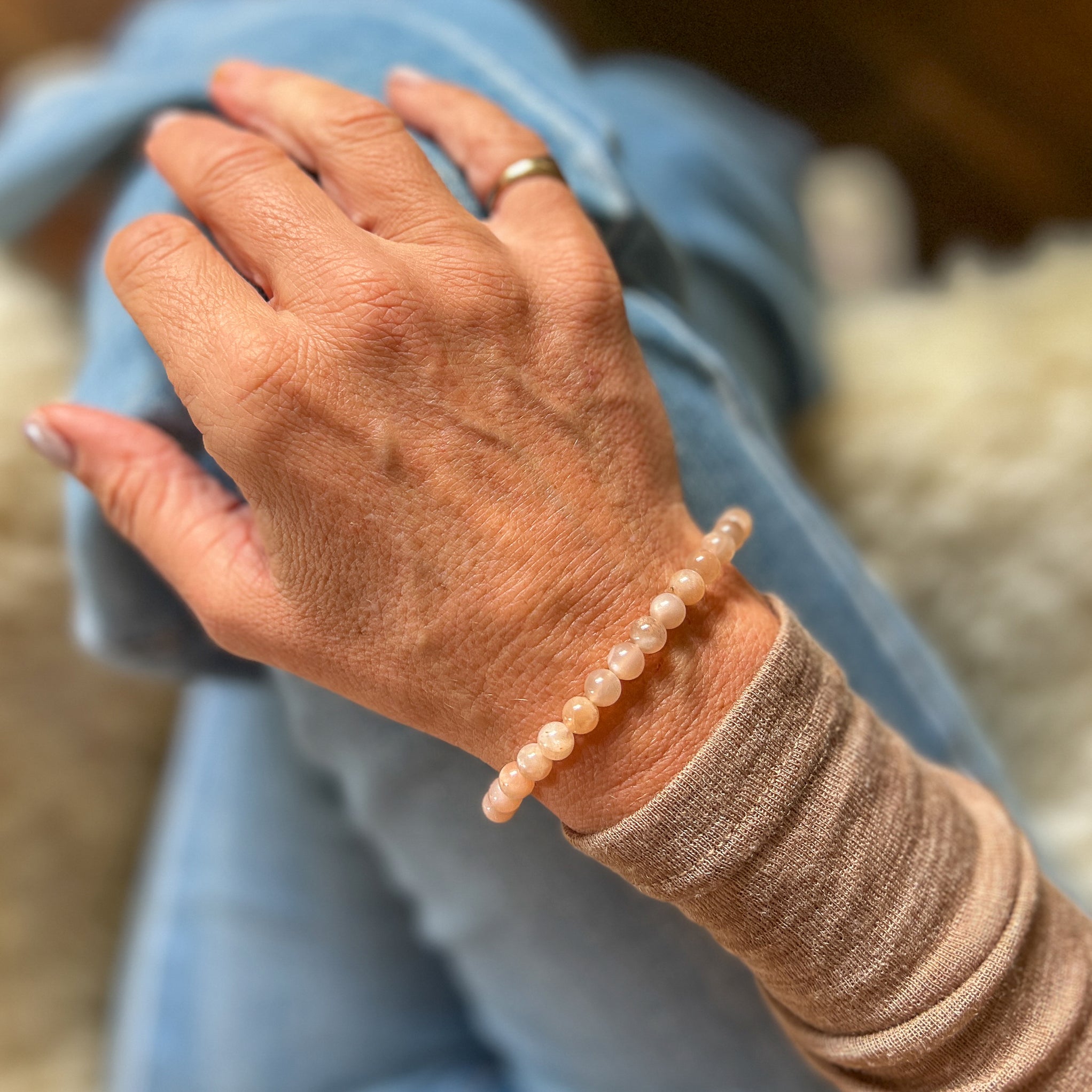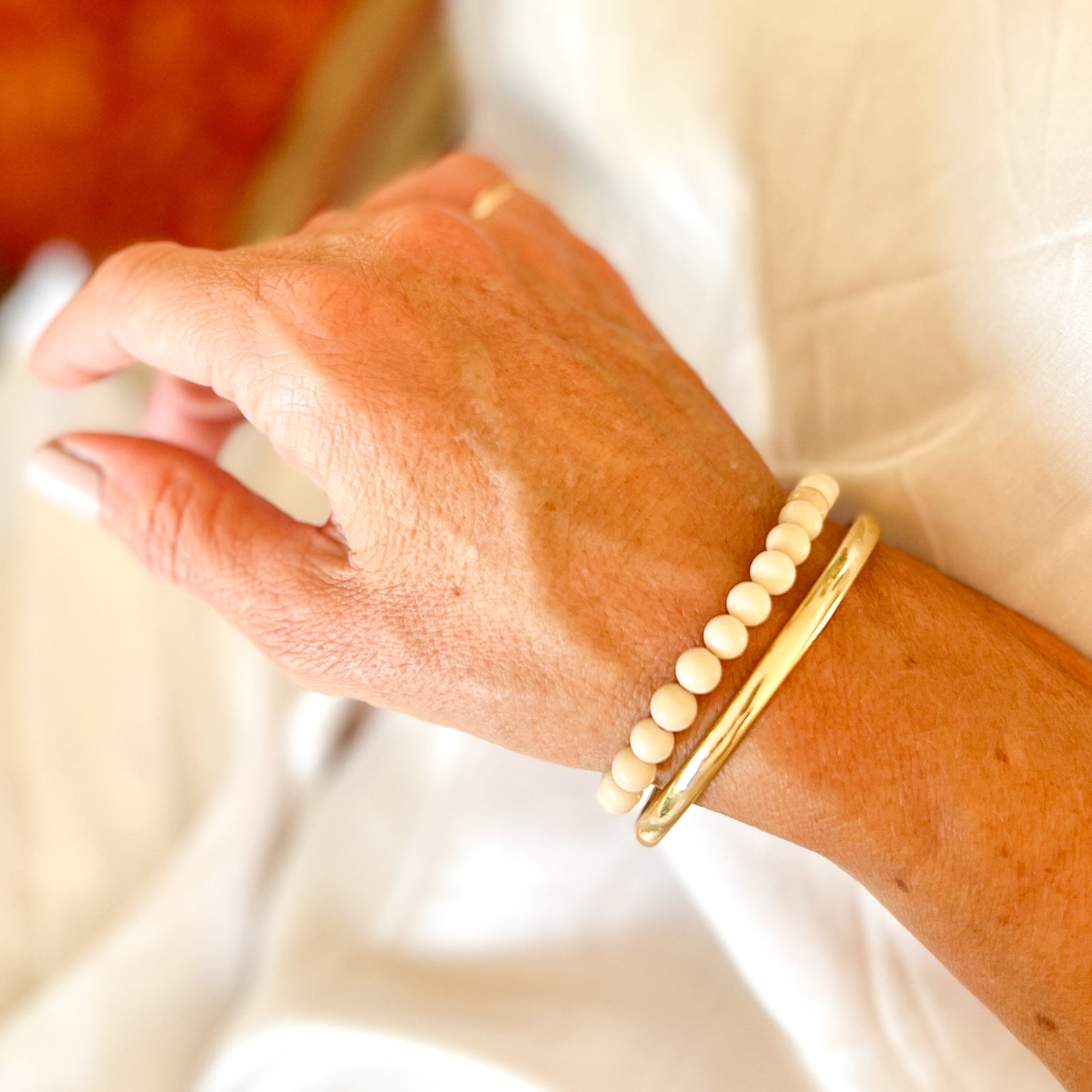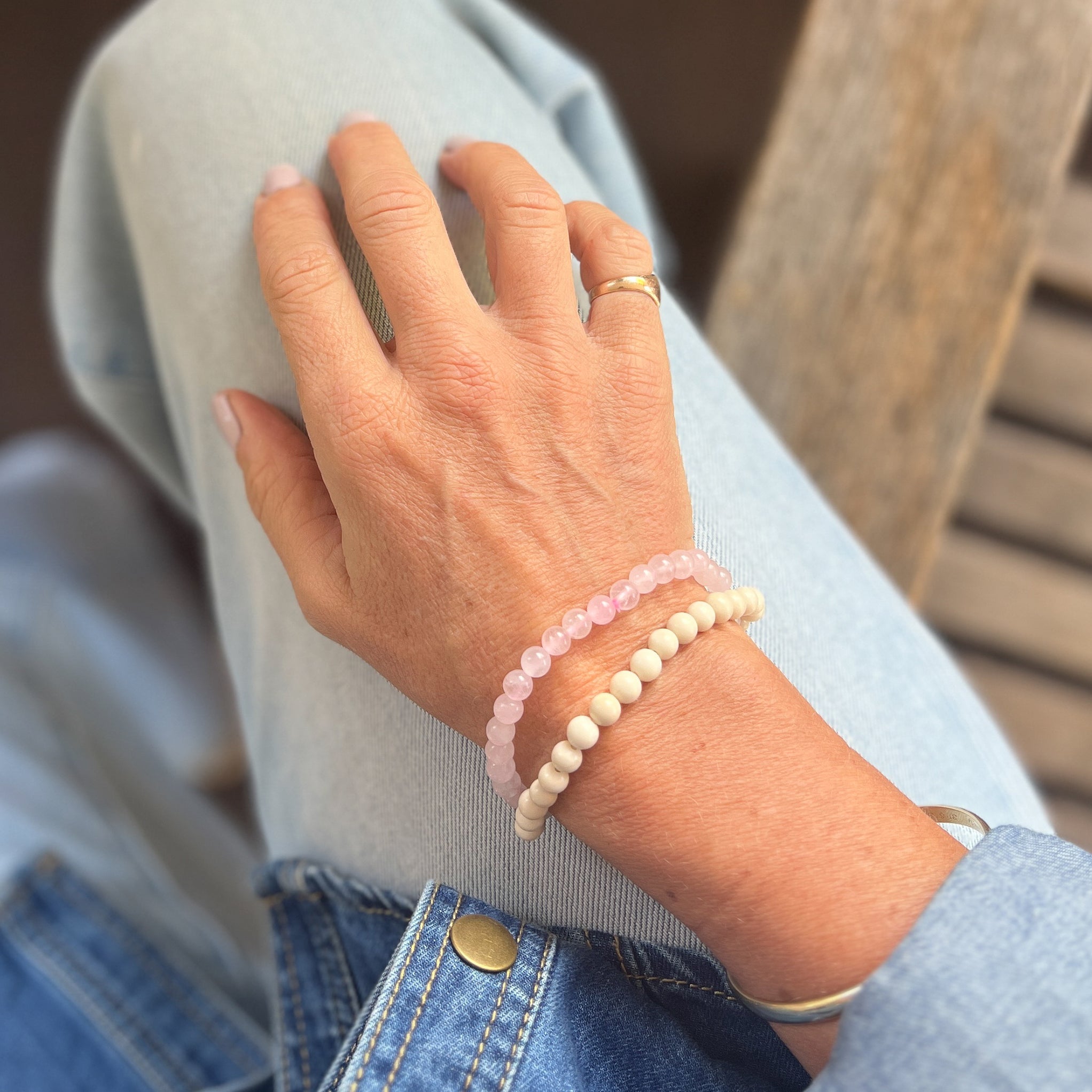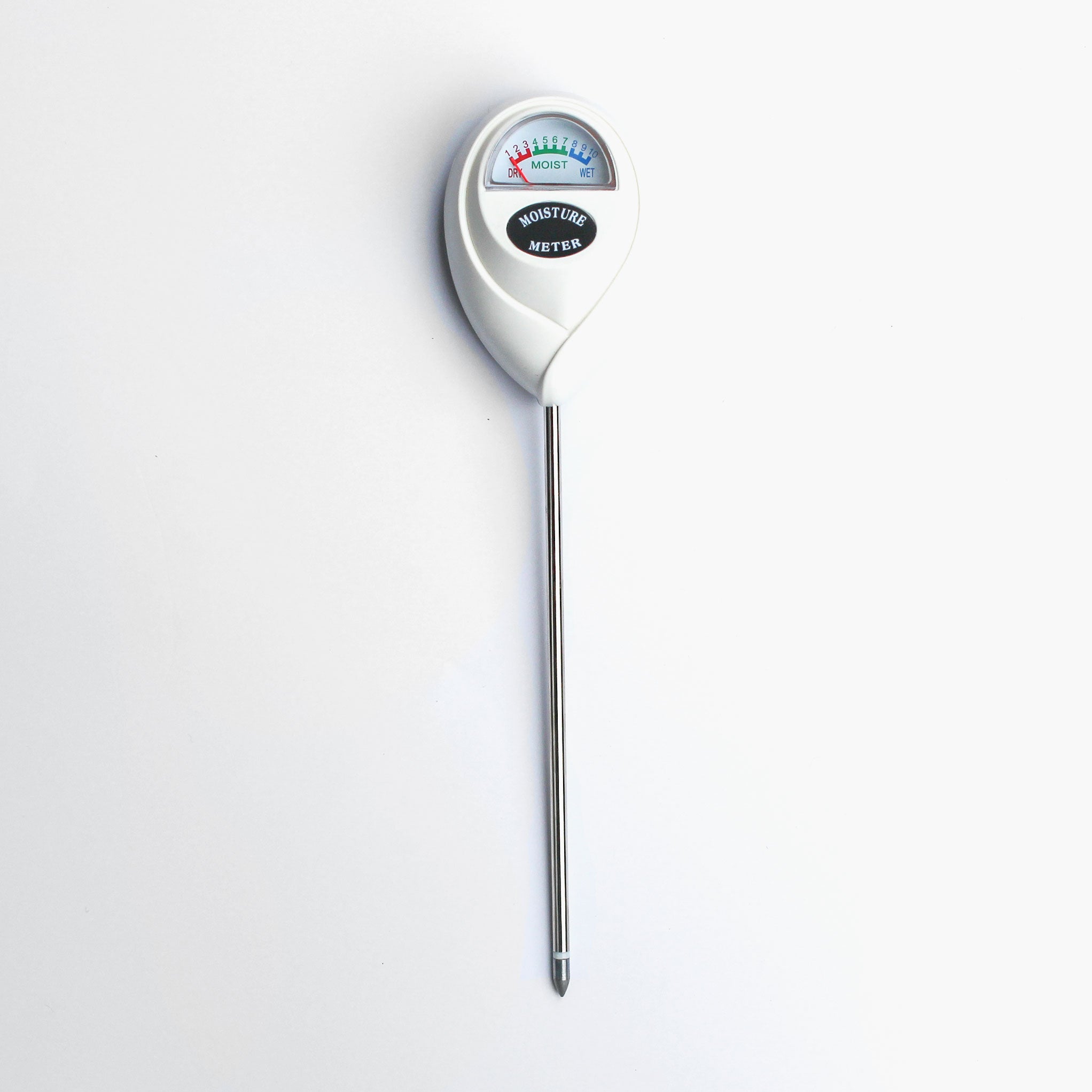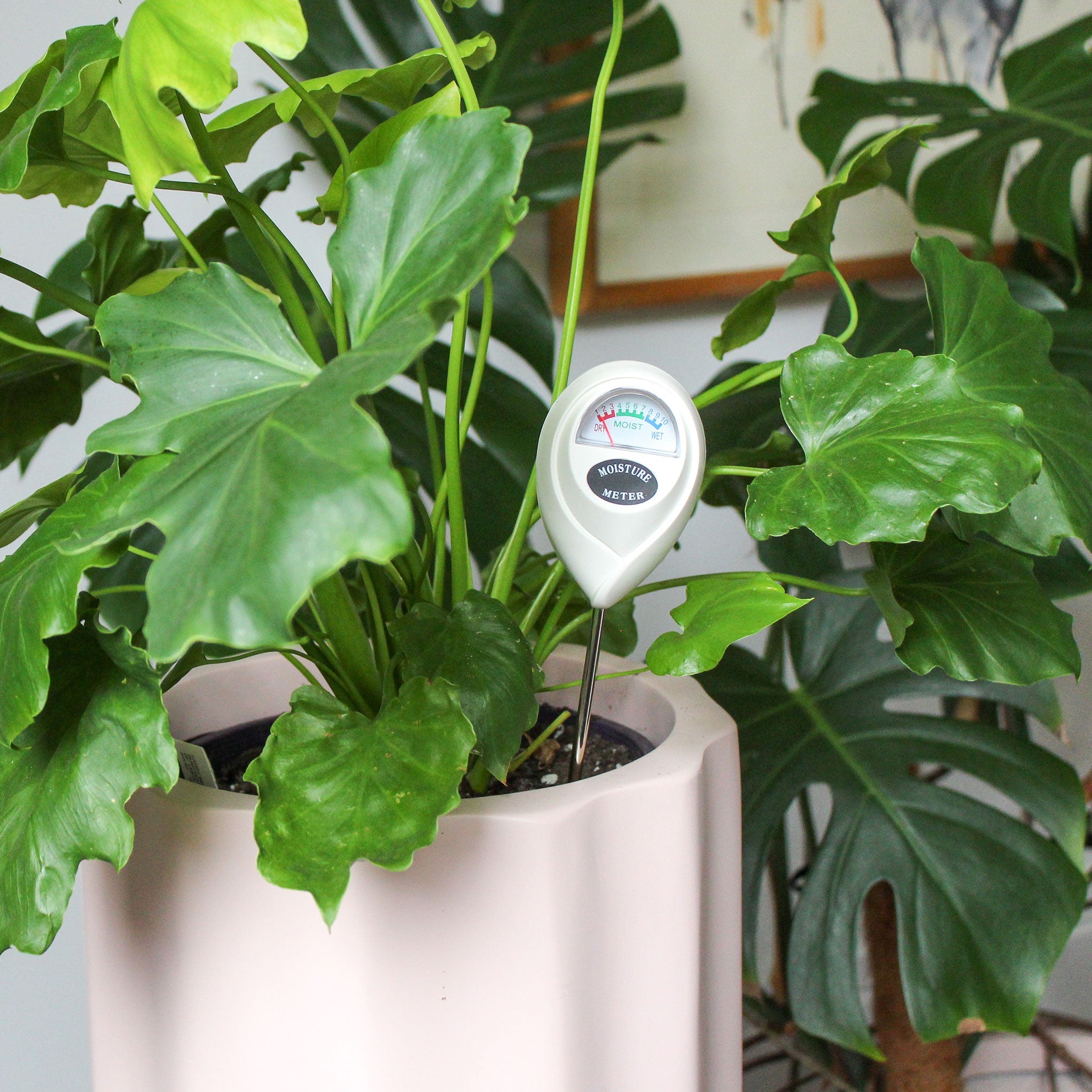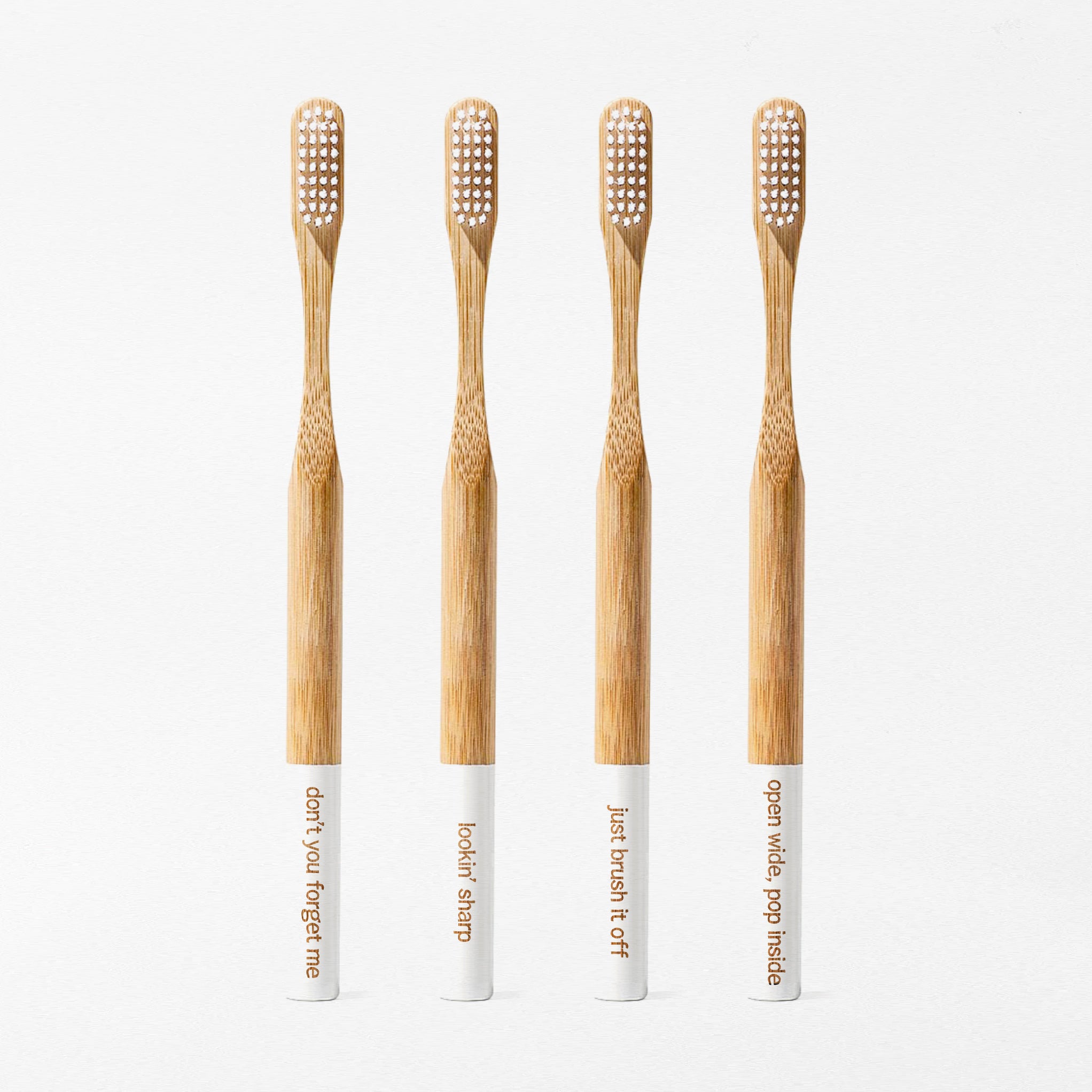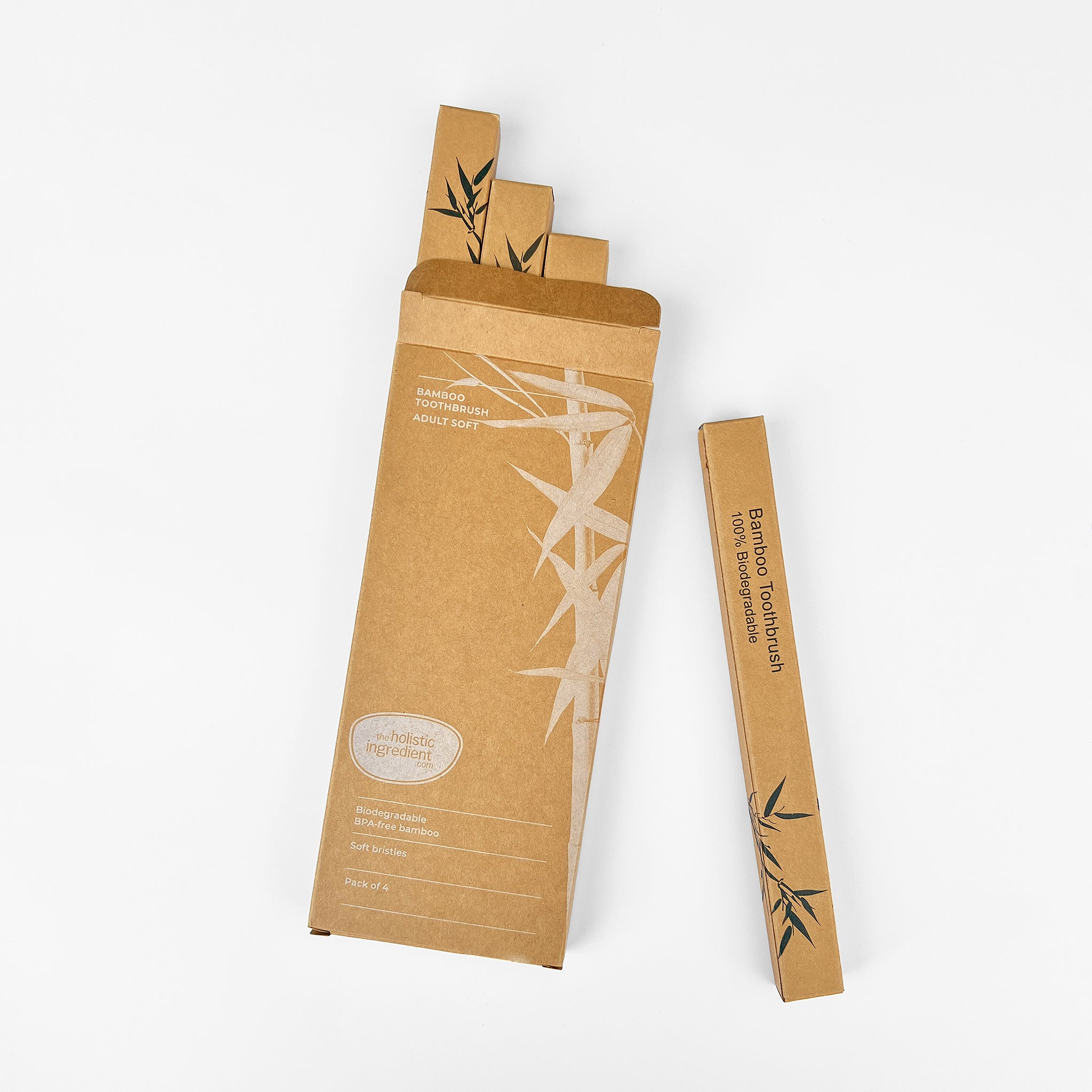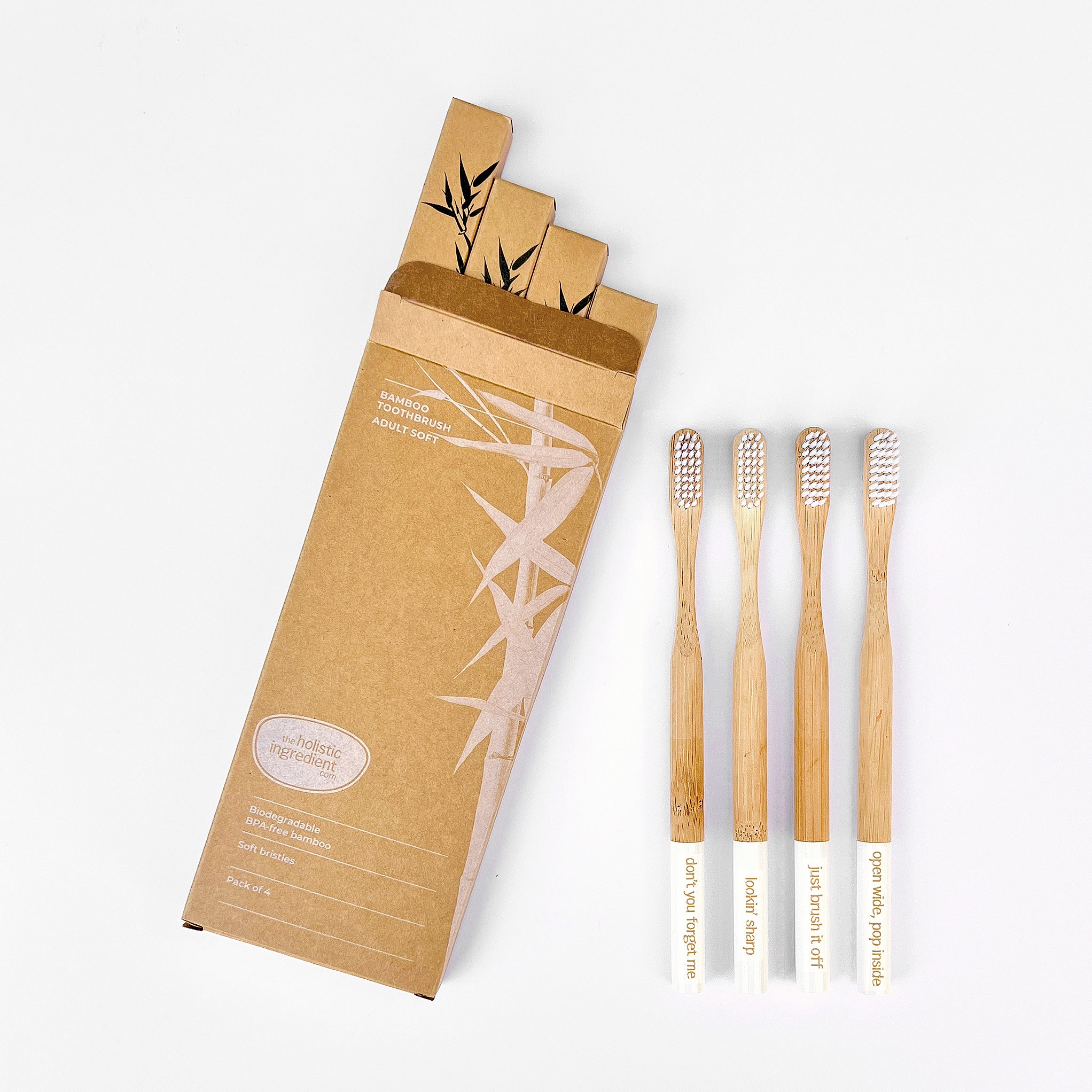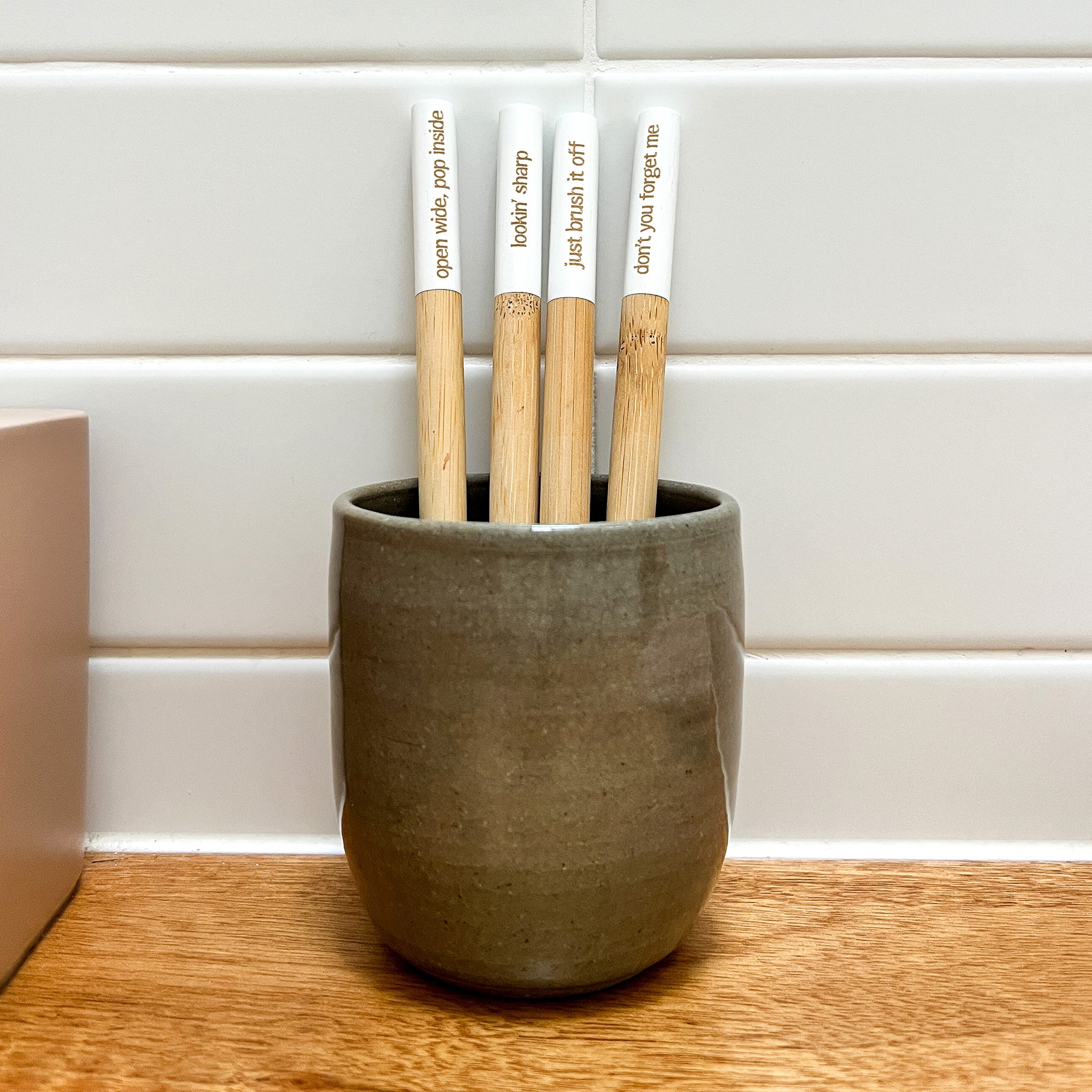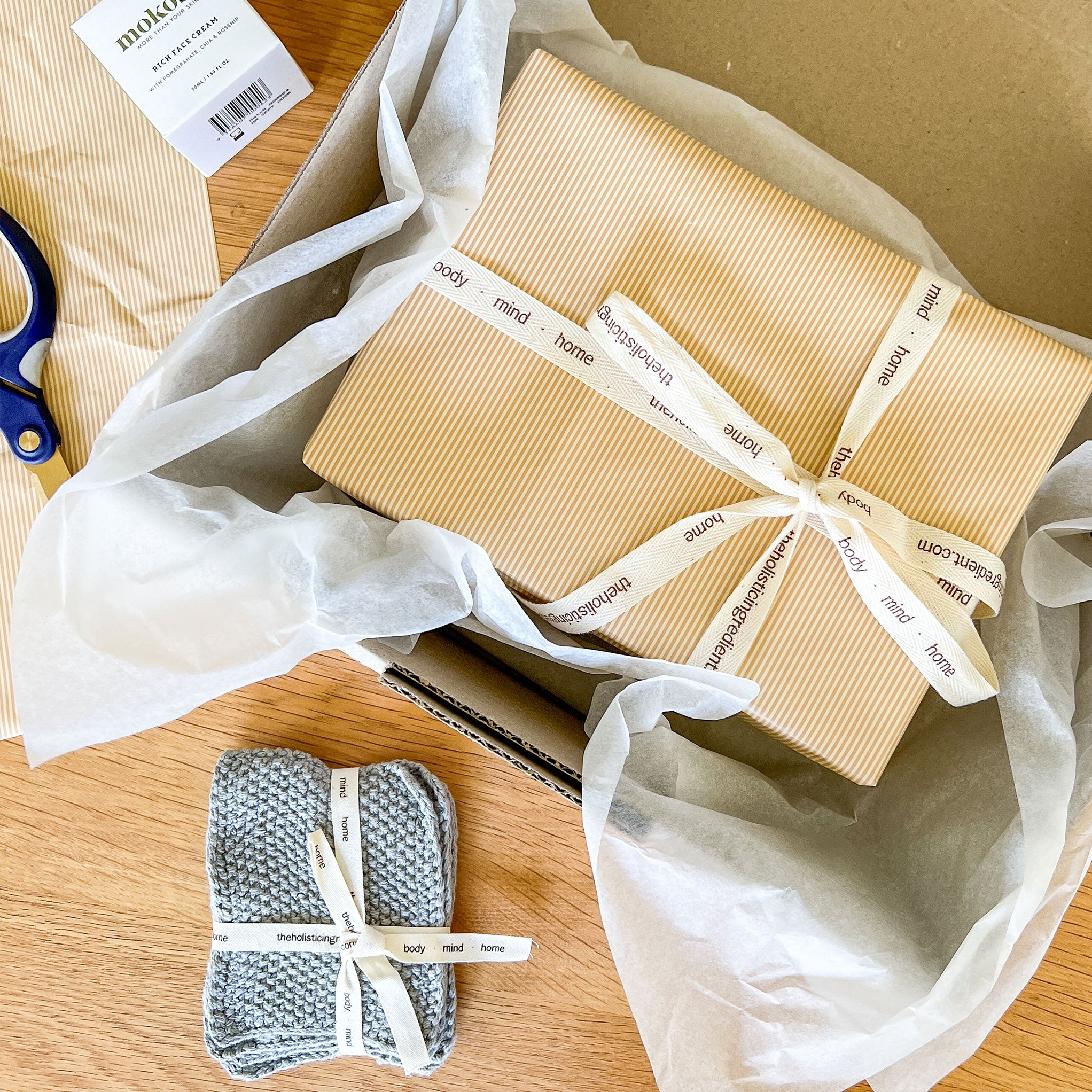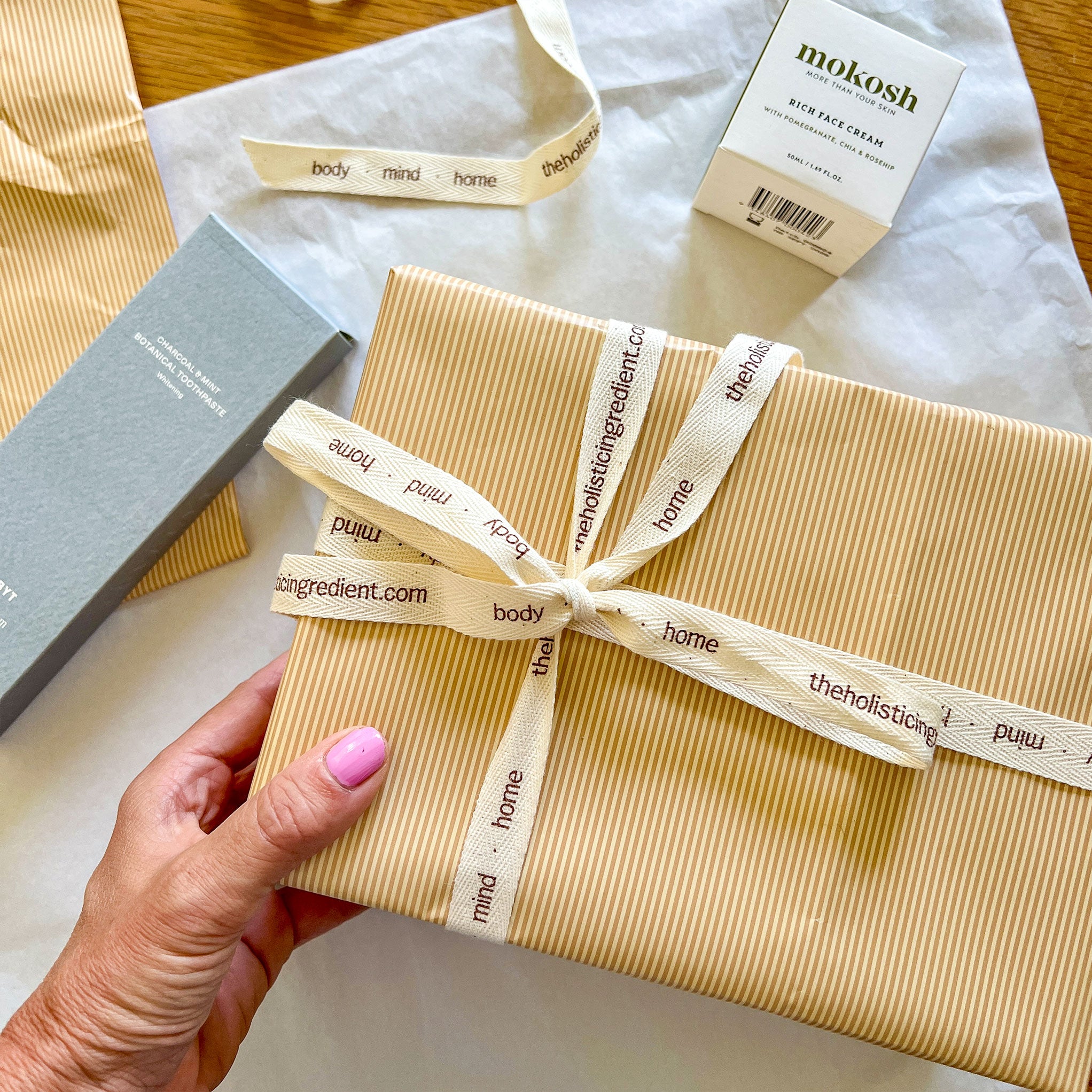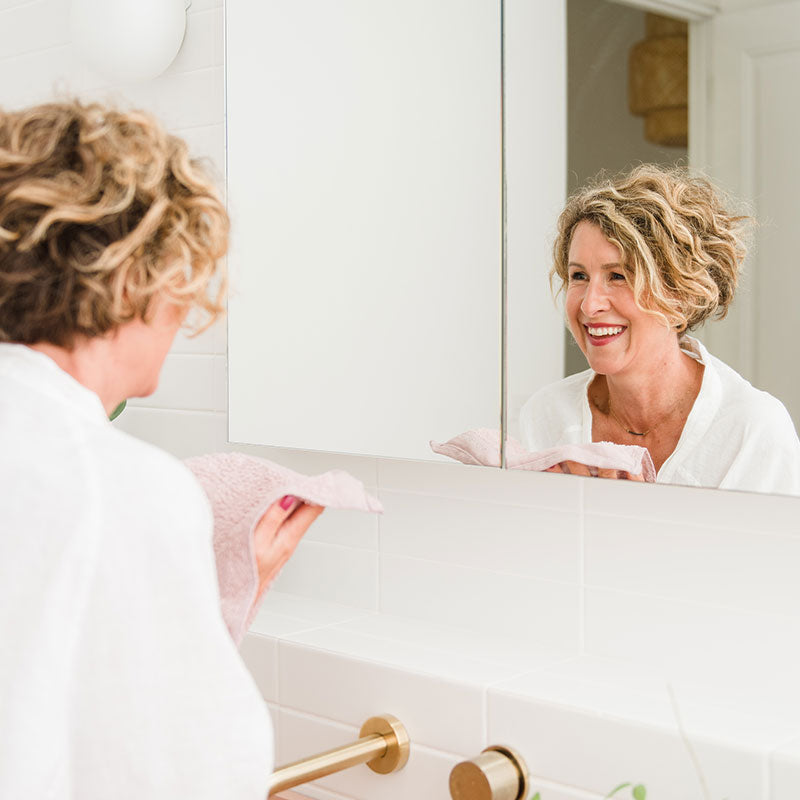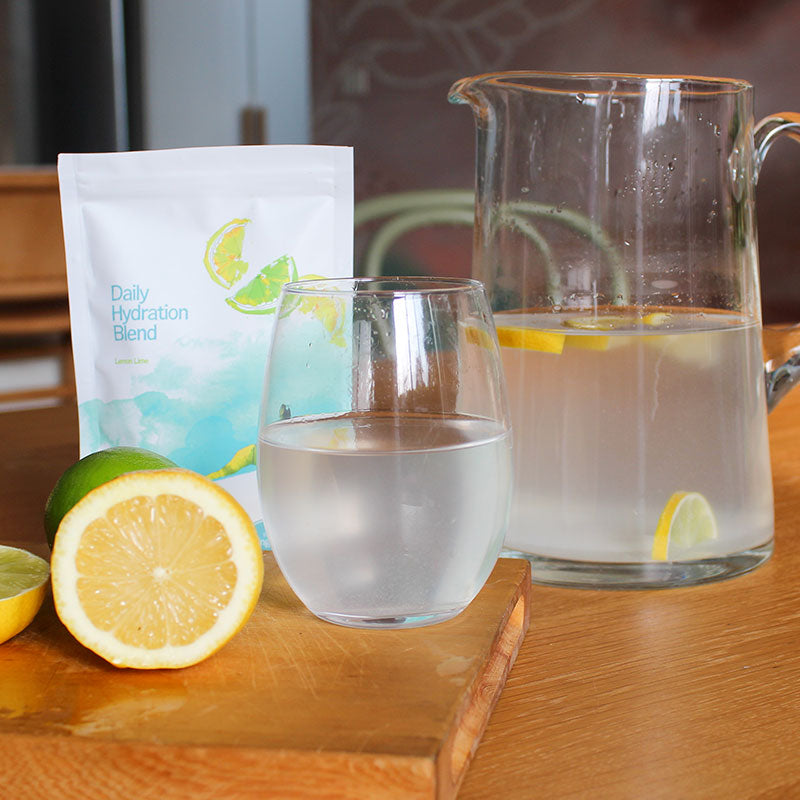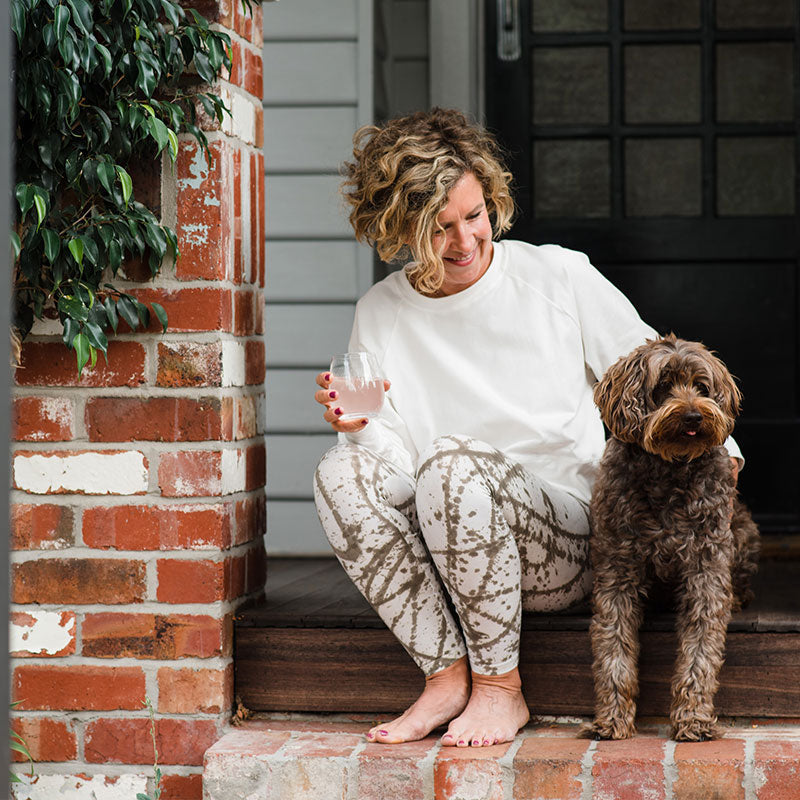
With the vast range of cooking appliances on the market it's no wonder we can end up a little confused. Thermomixes, nutribullets, spiralisers, our kitchens have certainly advanced with the times. Today though, I'd like to take you back to the basics of pots and pans and in doing so pose the following question:
If you're going to the trouble of sourcing and preparing healthy food, wouldn't it stand to reason that you prepare it with the best cookware that doesn't emit toxic substances?
Is your mind ticking over? Are you mentally scanning the bottom saucepan drawer? What do you keep in there? Do you even know what might be doing you and your family harm? If you're already feeling concern don't fret! This is not an invitation to go throw out your entire cooking collection and bust your bank account. Perhaps next time you need to update a pot or pan simply do some research and make a better choice.
Cookware materials.
It is important to understand that each cookware material works in a different way. Some cookware is better for heat conduction, certain metals react with acidic foods, others are more durable and others easier to care for. That said, your health should be your first priority in my mind. Below is what I would consider the best cookware choices.
1. Enamel.
Enameled cast iron and stoneware is one of the safest types of cookware and is relatively non stick. The enamel cooking surface is considered non reactive, so dangerous chemicals will not leach into the food as you cook. Enamel is good at retaining and evenly distributing the heat across the surface of the cookware, though does take a long time to heat up. Enamel is also suitable on both the stove top and the oven. It's great for slow cooking casseroles, my yum kitchari and soups.
While enamel can be quite expensive, it does appear to be worth the investment - toxic free cooking that will last you for many years. Look for enameled cast iron in the first instance. Enameled ceramic or steel are good choices too. Enamel would be my number 1 choice.
Le Creuset is a great place to start your shopping, though it's most certainly an investment.
2. Stainless Steel.
A hardy and durable cookware product that is entirely non reactive, which also means that the metal does not interfere with the final flavour of the dish (one of the few metal cookware items that can claim this). Stainless steel can be used for cooking any type of dish, but heats quickly so is particularly ideal if you need to whip something up on the go. For browning meat and sautéing, stainless steel is a good choice.
That said, stainless steel is not a great conductor, so heat is not distributed as evenly across the pan. For that reason it's good to look for pans with copper cores. It is also important to note that it is not non stick, so oil must be added to ensure the cookware is not damaged, and food does not stick. I find cooking pancakes, fritters, omelettes etc on stainless steel a real challenge and wouldn't recommend it. In fact, I've lost many a pancake in such cookware.
Stainless steel is less expensive than ceramic, and is easier to clean and maintain than cast iron.
3. Cast Iron.
A great conductor and good at retaining heat, cast iron has been a very popular choice for many years. Ideal for dishes that need to be transferred from stovetop to oven. A cast iron skillet is great for frying, omelettes, pancakes, searing meats and oven cooking.
Of note, inorganic iron can leach into the food when cooking with cast iron, particularly when cooking with acidic ingredients (think tomatoes or lemons, so avoid using iron for tomato based meals). This should not be an issue unless you have an iron overload in your system. It is however suggested that you season your cast iron well. Consult your practitioner if you feel consuming excess iron may be an issue for you.
Cast iron does require some extra maintenance. You should make an effort to season the pan with an oil. To do so cover your pan with coconut oil or lard (not butter) and place in your oven at 200 degrees C for 2 hours, removing twice throughout the process to wipe clean and regrease. The point is to create a natural non stick coating that will give your pan longevity.

Materials to avoid.
On the flip side, I'd encourage you to avoid teflon and aluminium when shopping for cookware. Usually these are the least expensive options and rather easy to clean but I'd like to point out that the health risks should overshadow these perceived benefits.
Teflon contains a non stick plastic coating which is made of a chemical known as PFOA. Studies have shown that this chemical is a carcinogen. What's more, with the addition of heat, the teflon will release dangerous chemicals during use. Highly toxic, please avoid. Aluminium is not AS toxic as teflon but has been shown to leach chemicals into food during cooking. Aluminum is also poor in terms of wear and tear, warps easily, and generally has a short life.
And don't get me wrong, I sincerely miss my non-stick pans for their success rate in my kitchen, I'd just rather put my health before convenience these days.
What are your thoughts? Would you consider this to be the best cookware? Should I add any cookware materials to my top three list? Or for that matter, to my 'do not touch' list too?



